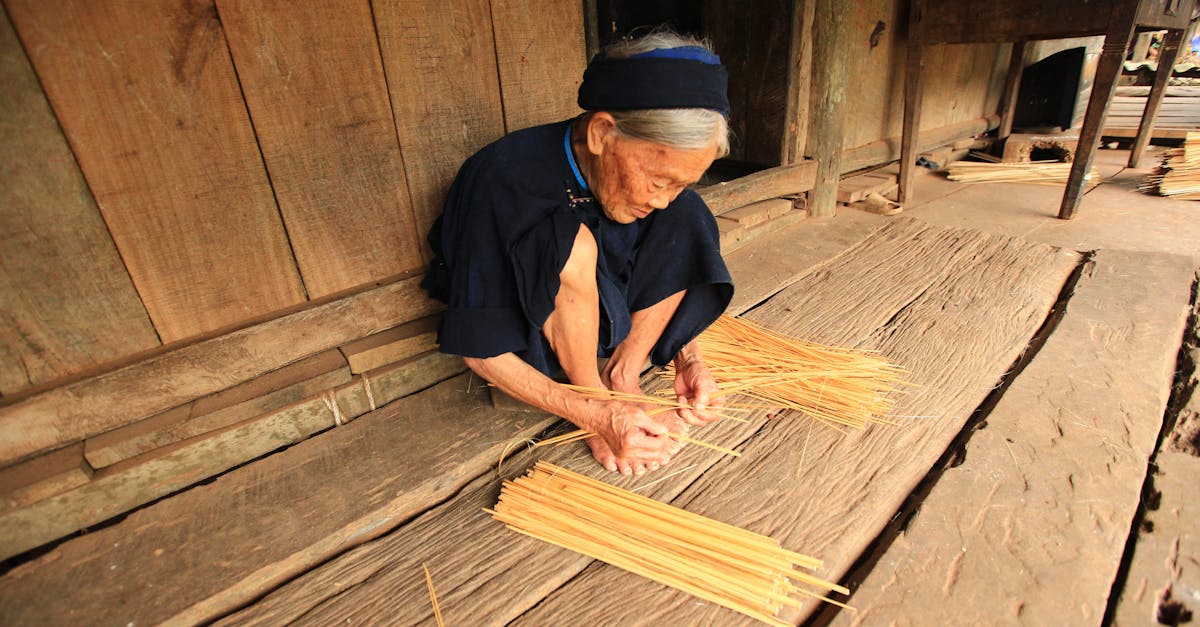
Passive House Construction: Embracing Durability for Sustainable Living
To achieve Passive House certification in Australia, a rigorous verification process must be undertaken to ensure that a building meets strict energy efficiency and performance standards. The certification process involves thorough documentation of t...
Read more →
Resilient Design Strategies for Passive House Retrofitting
Natural disasters pose a significant threat to the structural integrity and safety of buildings, highlighting the importance of incorporating resilient design strategies in passive house retrofitting projects. By prioritizing natural disaster resilie...
Read more →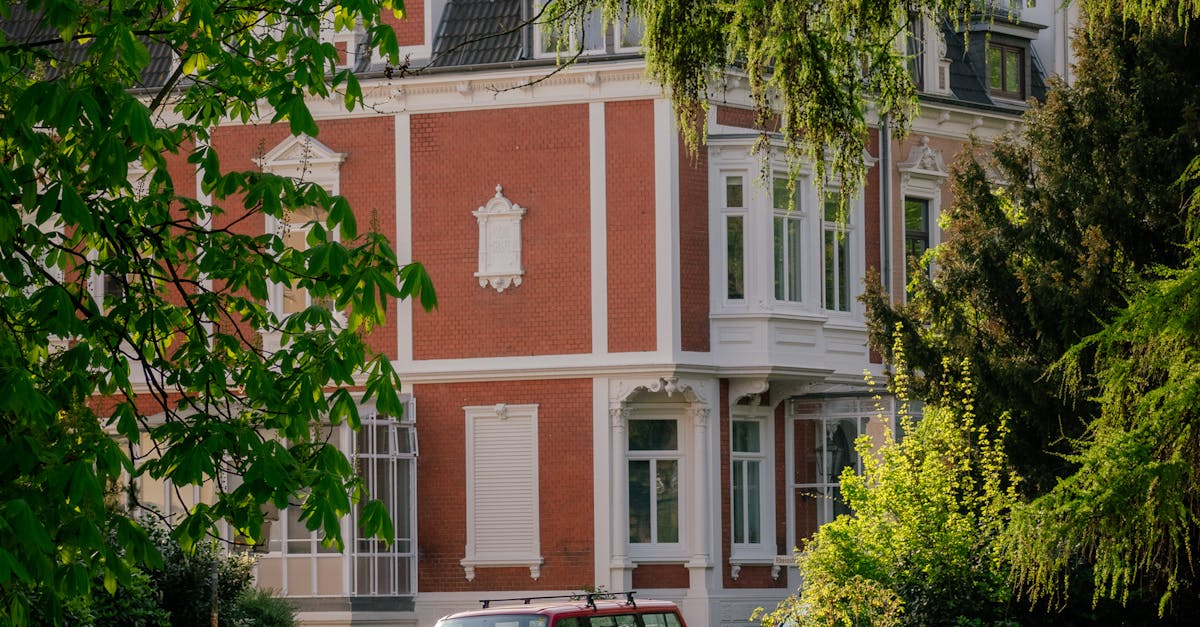
Durability of Passive House Components in High Humidity Environments
Effective weatherproofing is crucial for maintaining the durability of passive house components in high humidity environments. The constant exposure to moisture can compromise the structural integrity of the building if not adequately protected. Prop...
Read more →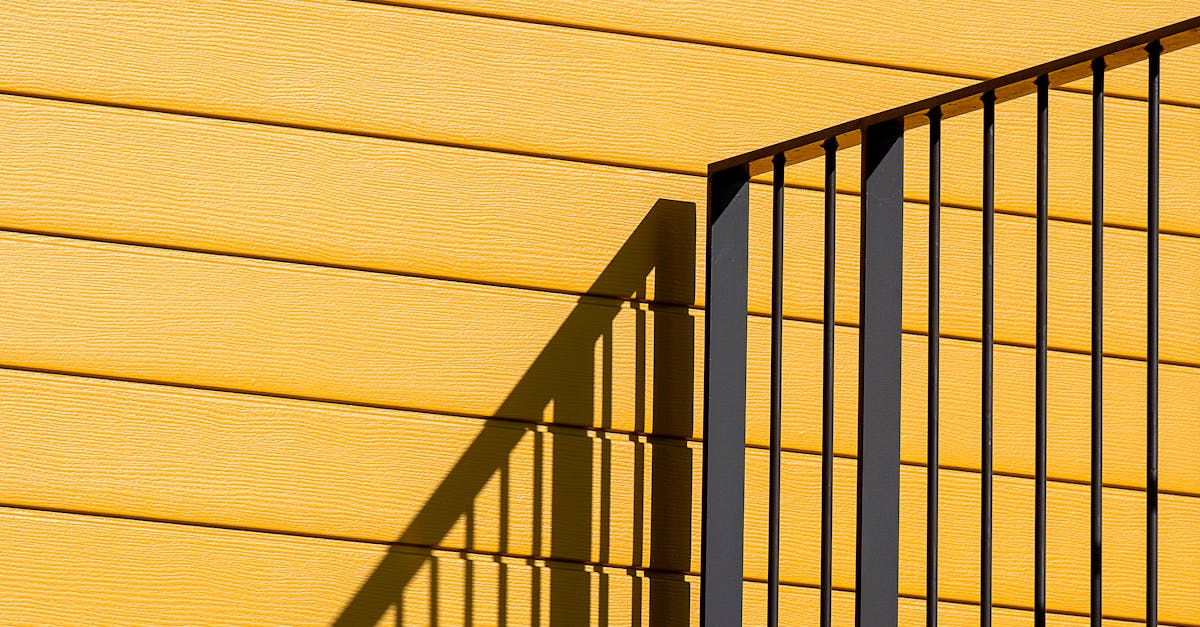
Addressing Extreme Weather Challenges in Passive House Construction
Water management strategies in passive house construction play a crucial role in ensuring the durability and resilience of the building against extreme weather events. Proper drainage systems are essential to prevent water accumulation and potential ...
Read more →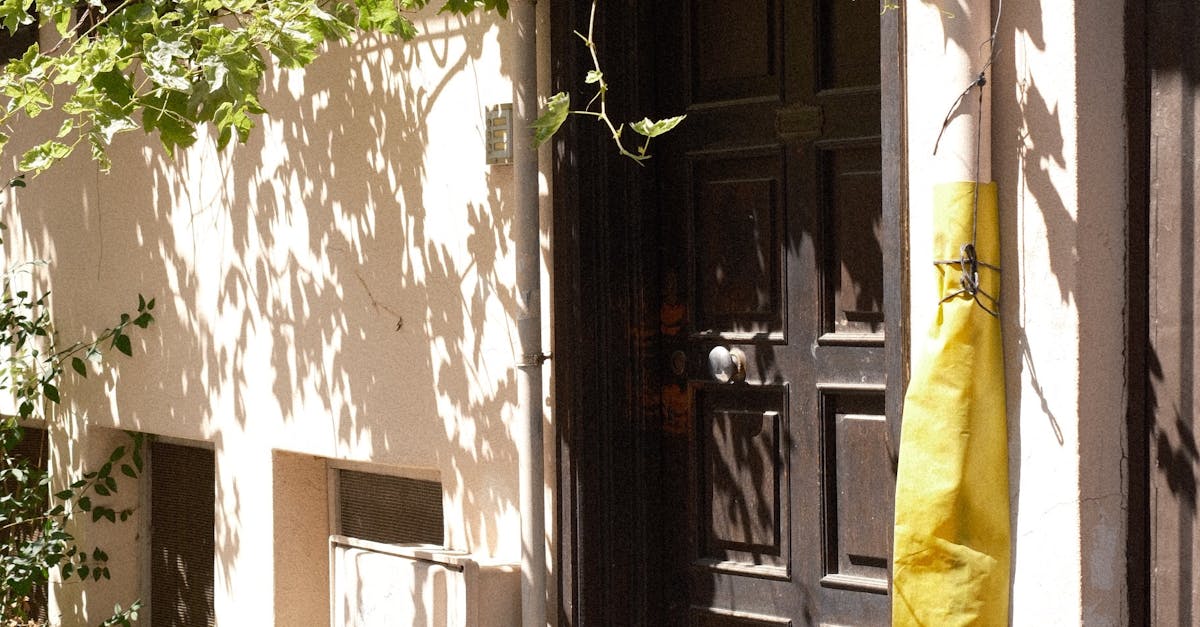
Ensuring Passive House Resilience in Seismic Zones
To enhance the passive house ductility for seismic events, it is crucial to focus on incorporating flexible building materials and strategic design features. Australian builders and engineers are increasingly turning to innovative solutions that can ...
Read more →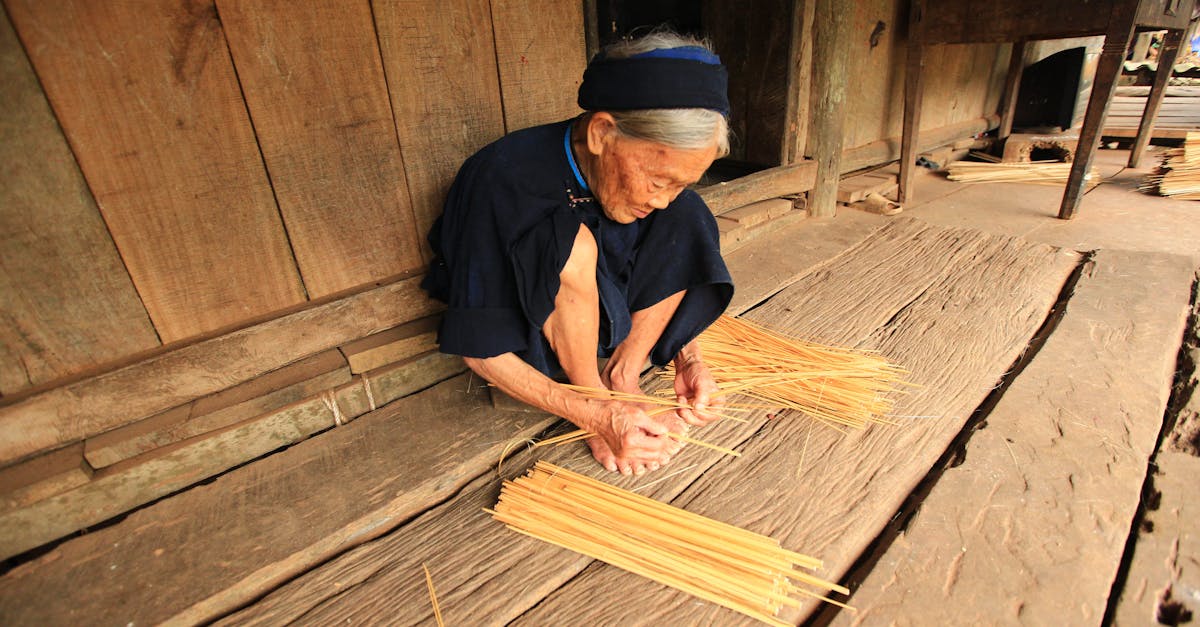
Climate Adaptation and Passive House Resilience
Climate-resilient buildings are at the forefront of sustainable architecture, incorporating innovative technologies to minimise their environmental impact. One key technology that is revolutionising the way buildings interact with their surroundings ...
Read more →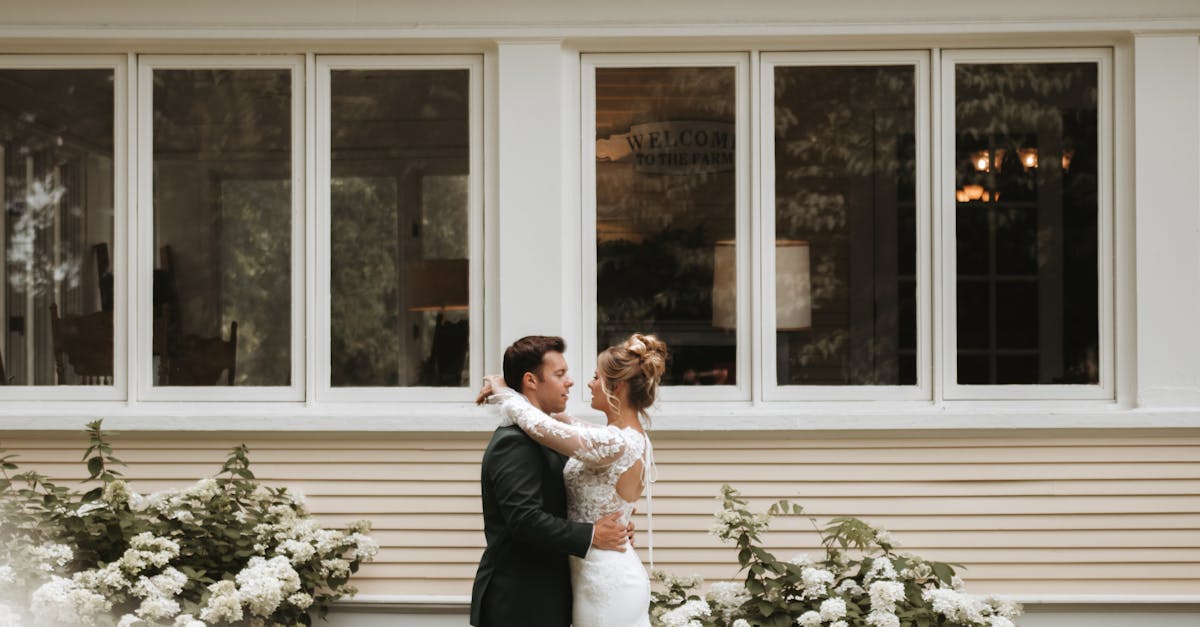
Achieving Resilient Building Envelopes in Passive House Projects
Maintenance practices play a crucial role in upholding the resilience of building envelopes in Passive House projects. Regular inspections conducted by qualified professionals are essential to identify any potential issues early on. These inspections...
Read more →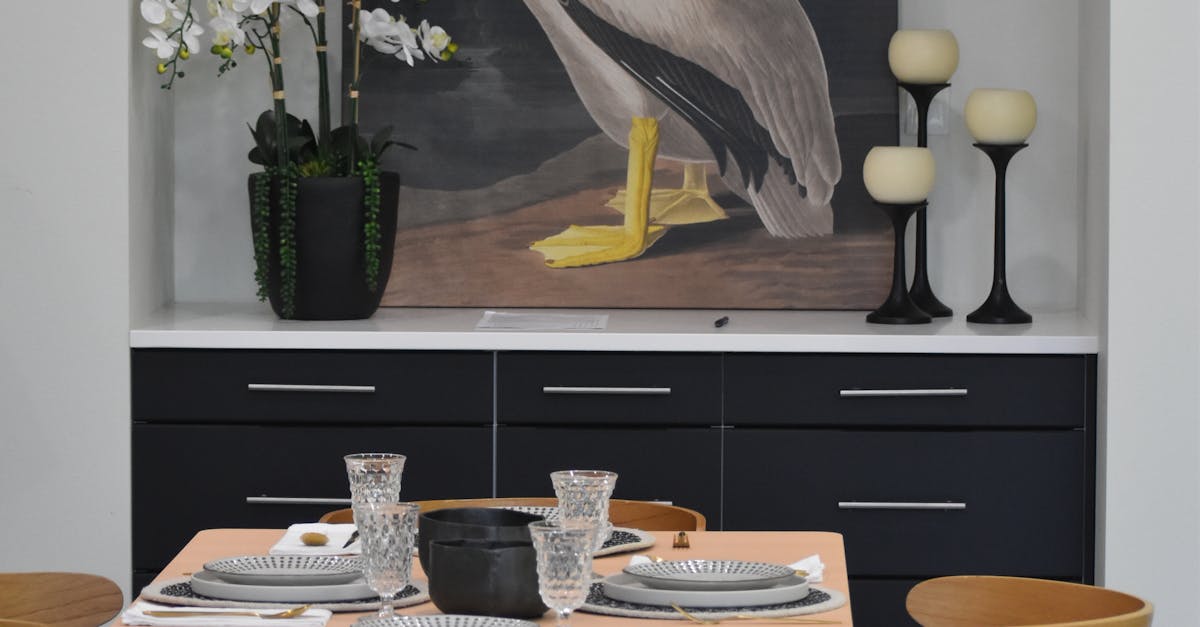
Assessing Long-Term Performance of Passive House Materials
When it comes to passive house construction, assessing fire safety measures is a critical aspect to consider. The materials used in passive house construction should meet stringent standards to ensure the safety and well-being of occupants. Testing f...
Read more →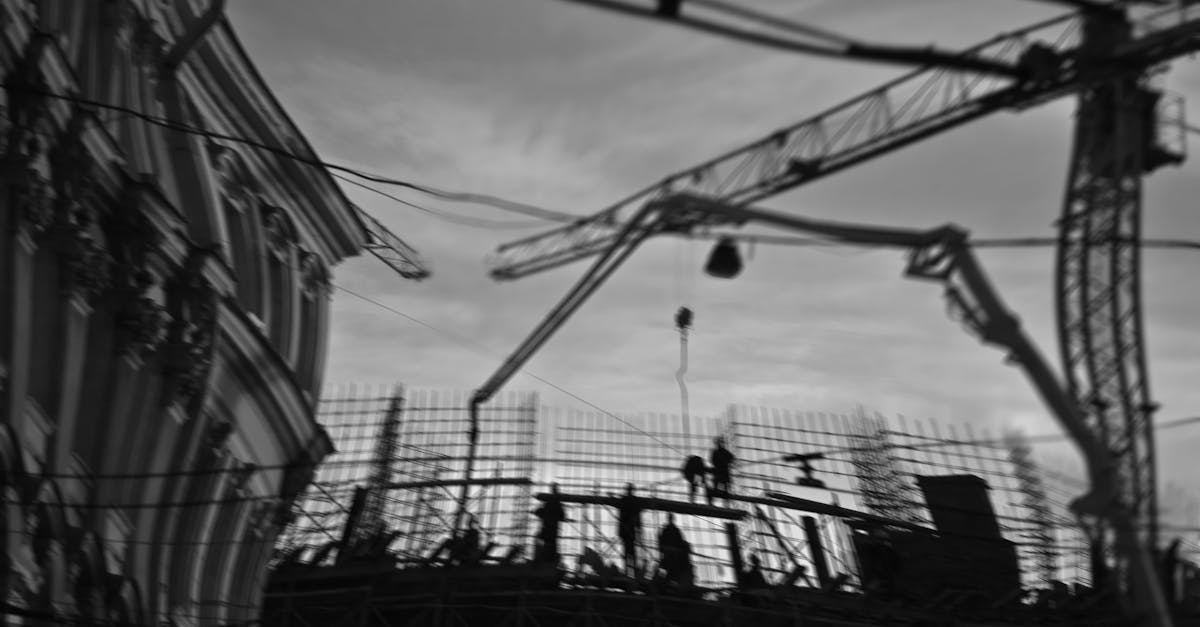
Enhancing Structural Integrity in Passive House Designs
Passive solar design principles play a crucial role in enhancing the structural integrity of passive house designs. By effectively harnessing the sun's energy, these principles contribute to reducing the overall energy consumption of the building whi...
Read more →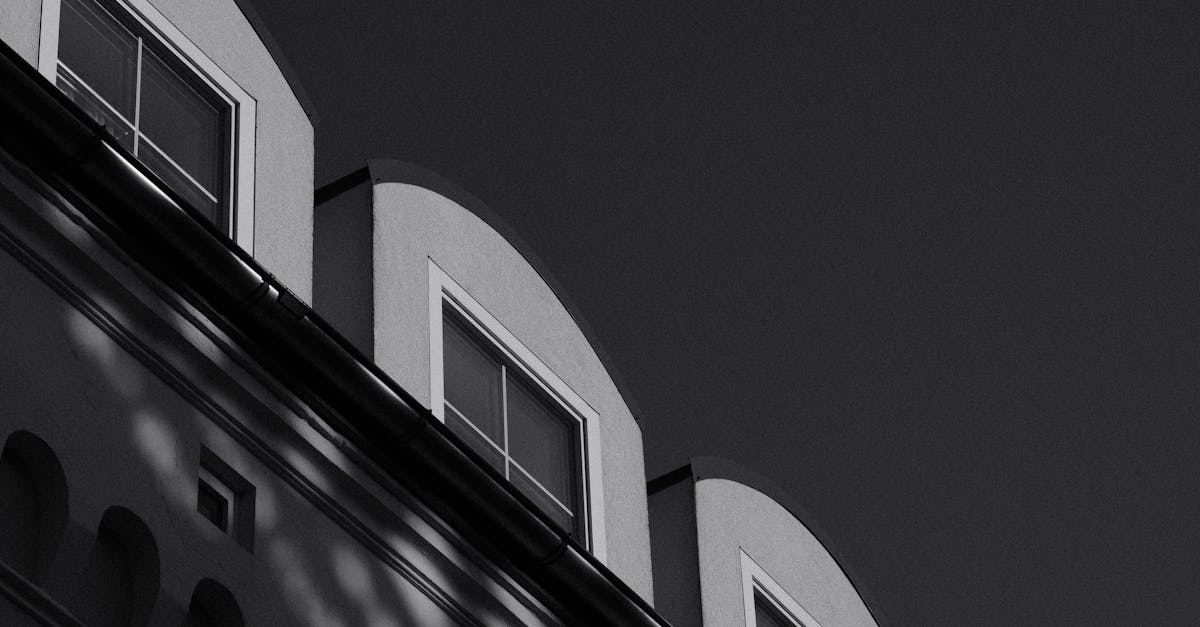
Importance of Durability and Resilience in Passive House Construction
When it comes to constructing passive houses, one of the key factors that cannot be overlooked is the incorporation of resilient elements to mitigate risks. In a passive house environment, resilience plays a crucial role in ensuring that the building...
Read more →
Maximizing Cost Efficiency with Passive House Principles
Integrating renewable energy sources such as solar or wind power into passive house designs is a key strategy for achieving maximum cost efficiency and sustainability. By harnessing the power of nature, homeowners can significantly reduce their relia...
Read more →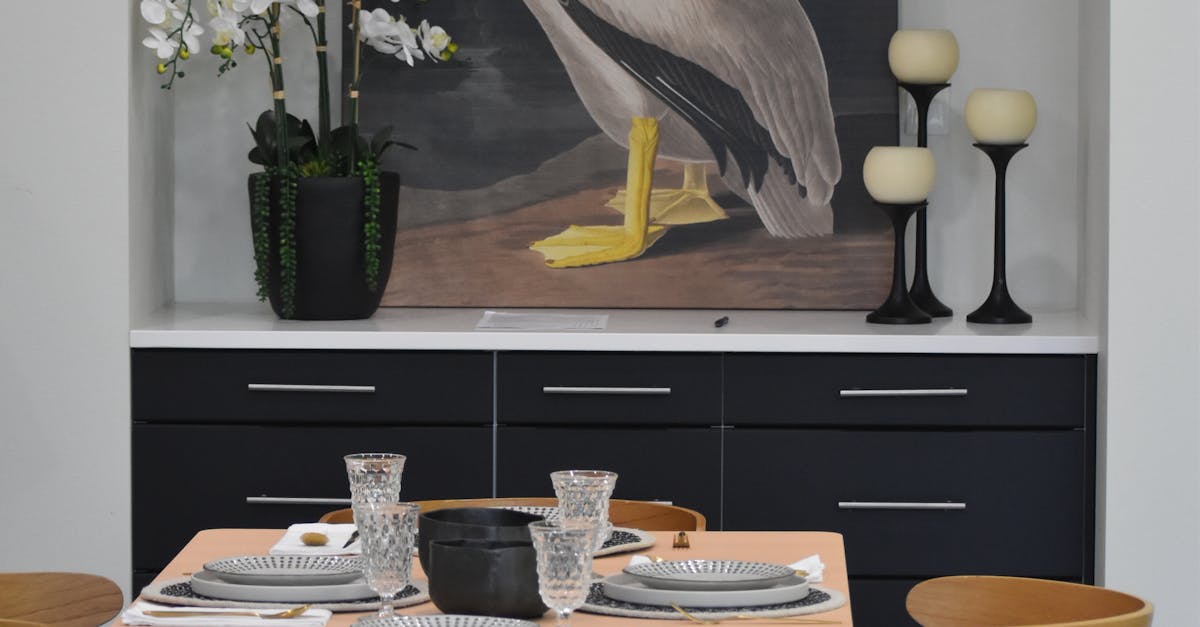
Financial Implications of Passive House Construction
Passive houses are becoming increasingly popular in the real estate market due to their energy-efficient design and sustainable features. As a result, these properties often command higher resale values compared to traditional homes. Potential buyers...
Read more →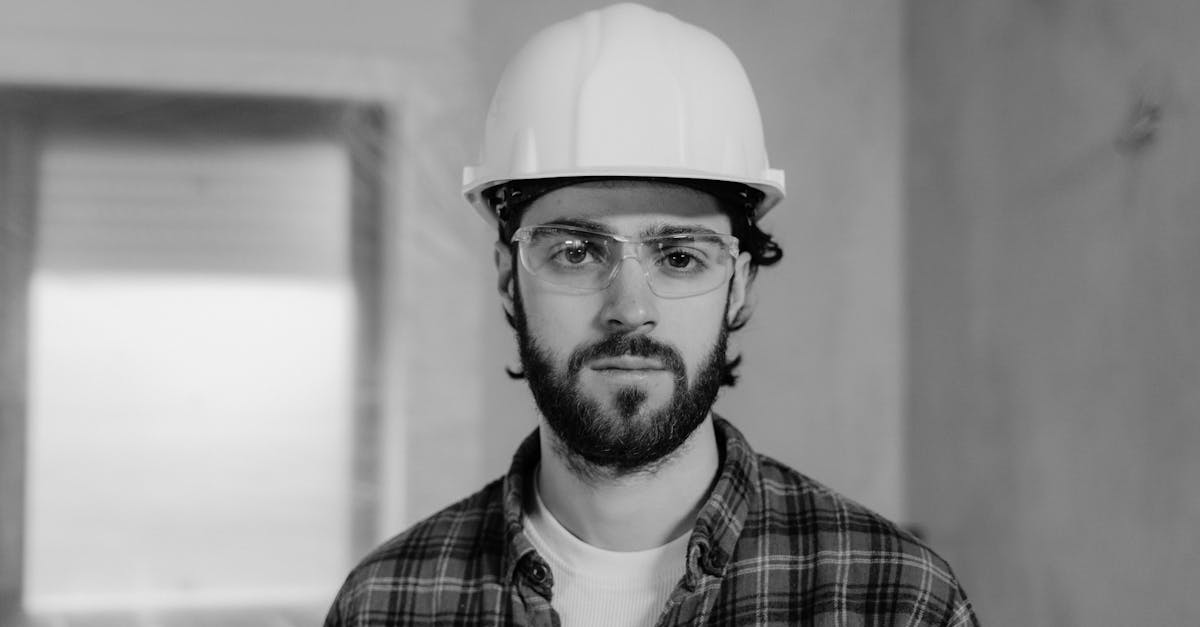
The Economic Case for Choosing a Passive House
Passive House design principles focus on achieving optimal energy efficiency by leveraging strategies that enhance thermal performance and minimise heat loss. One of the key elements is the use of high-performance insulation to create a well-insulate...
Read more →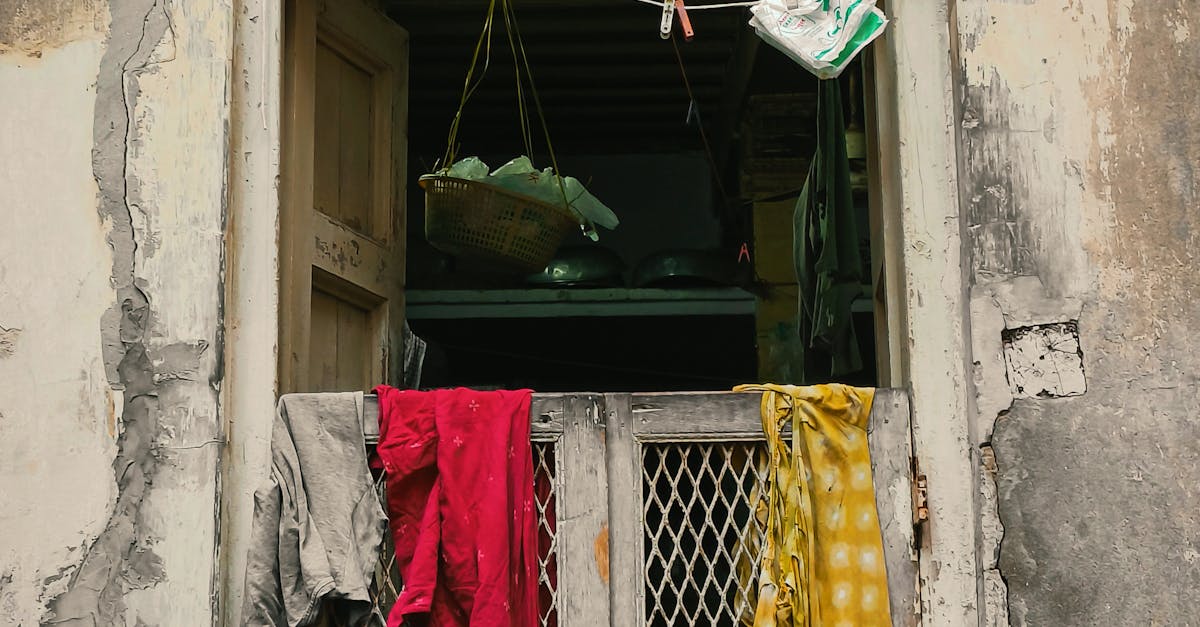
Passive House: A Wise Investment for Long-Term Savings
Building a passive house comes with its own set of challenges, especially in the construction phase. One of the primary obstacles is ensuring a high level of airtightness throughout the building envelope. Achieving this airtightness requires meticulo...
Read more →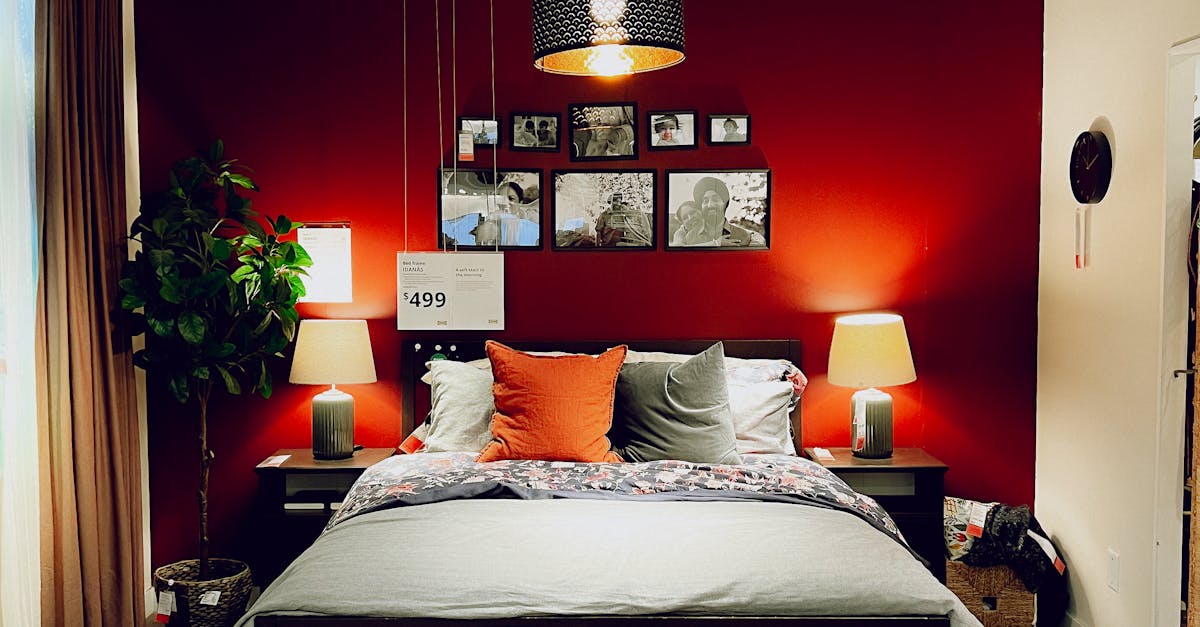
Budget-Friendly Aspects of Passive House Technology
Australian homeowners looking to embrace energy-efficient living can explore a range of affordable passive house design options. One cost-effective strategy is to maximize natural light through strategic placement of windows and skylights. Harnessing...
Read more →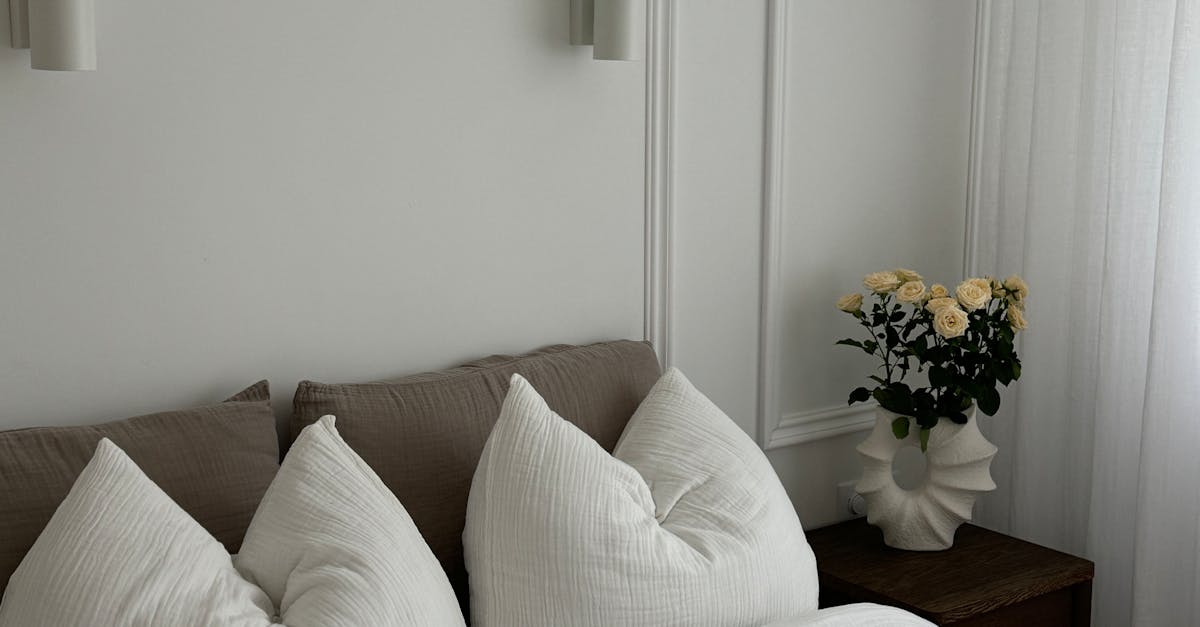
Cost Savings Through Passive House Energy Efficiency
Sustainable materials play a crucial role in passive house projects, ensuring both environmental friendliness and energy efficiency. Opting for eco-conscious materials such as reclaimed timber, recycled steel, cork flooring, and bamboo can significan...
Read more →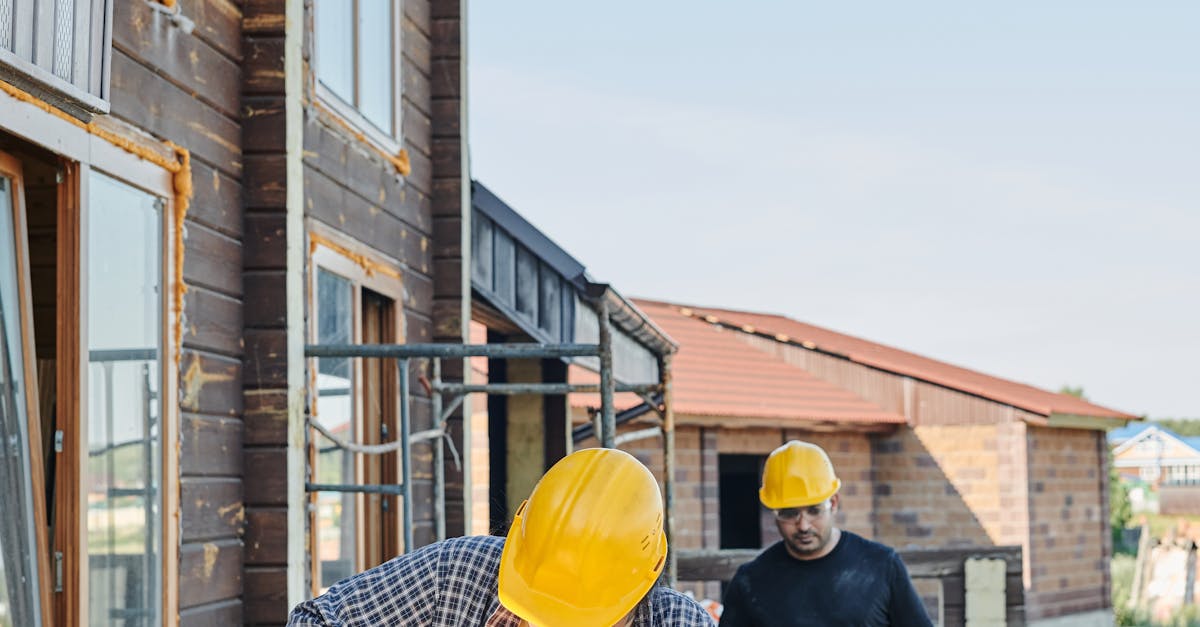
Saving Money with Passive House Features
Energy Recovery Ventilation (ERV) systems are a crucial investment for those looking to save money while maintaining a comfortable indoor environment. By continuously exchanging indoor and outdoor air, ERV systems help regulate temperature and humidi...
Read more →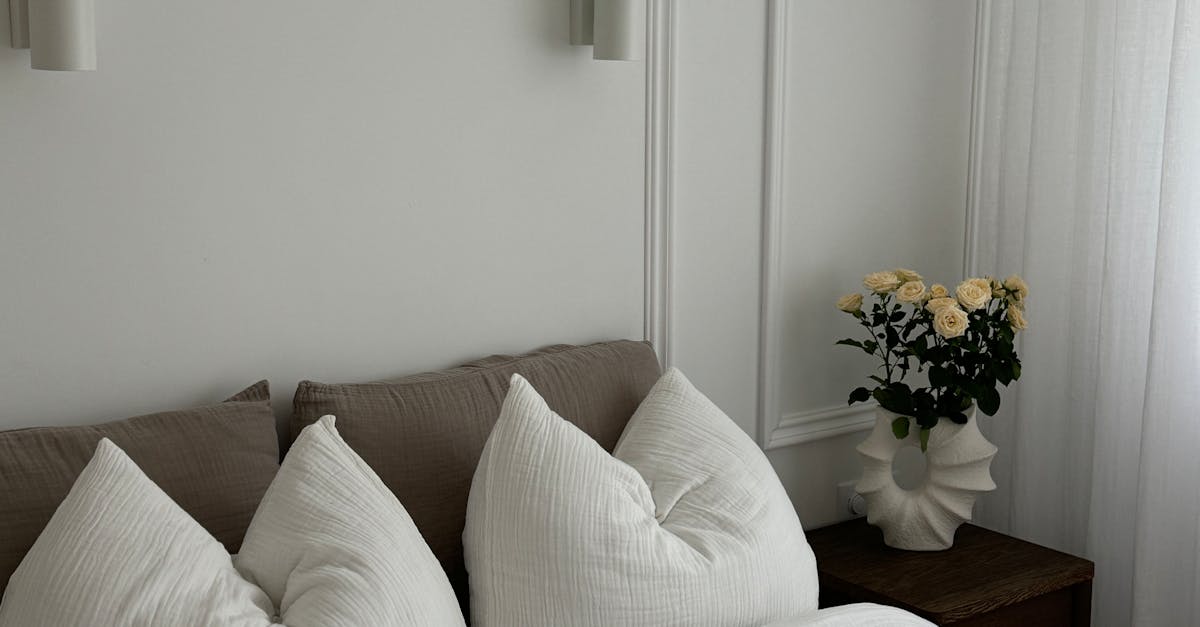
Economic Advantages of Living in a Passive House
When it comes to durability, Passive Houses are designed to withstand the test of time. The high-quality materials and superior construction techniques used in these homes ensure that they can last much longer than traditional houses. This means that...
Read more →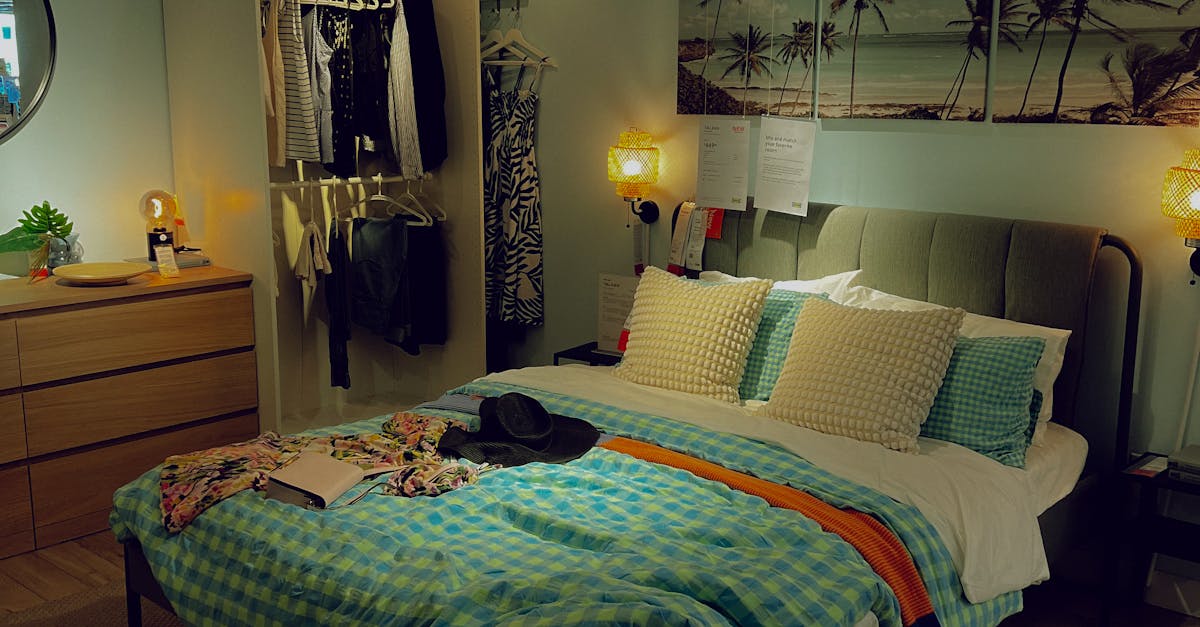
Financial Benefits of Passive House Design
Indoor air quality is a crucial aspect of the overall health and well-being of occupants in any building. Passive house design plays a significant role in enhancing indoor air quality by ensuring a continuous supply of fresh air and efficient ventila...
Read more →
Cost-Effective Solutions for Passive House Construction
Value for Money Lighting OptionsWhen it comes to cost-effective lighting solutions for passive house construction, incorporating LED bulbs and energy-efficient fixtures is a smart choice. LED bulbs are not only long-lasting but also consume significa...
Read more →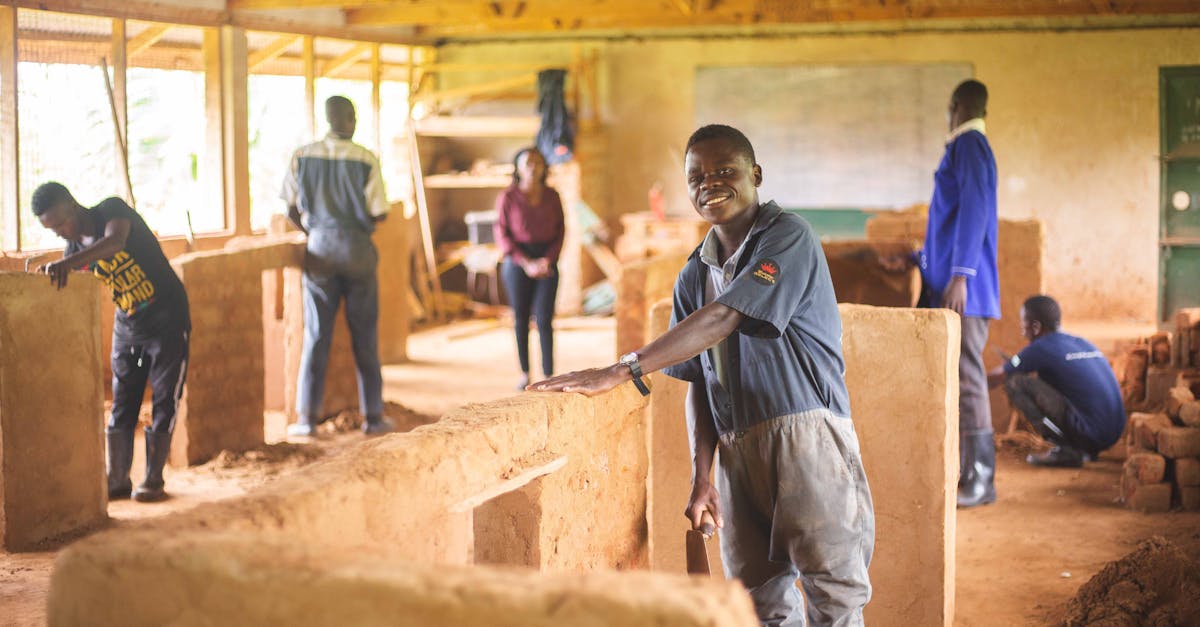
Addressing Climate Change through Passive House Construction
Harvesting rainwater for non-potable use is a sustainable practice gaining momentum in the construction industry, particularly within the context of Passive House construction. By collecting and storing rainwater, buildings can reduce their reliance ...
Read more →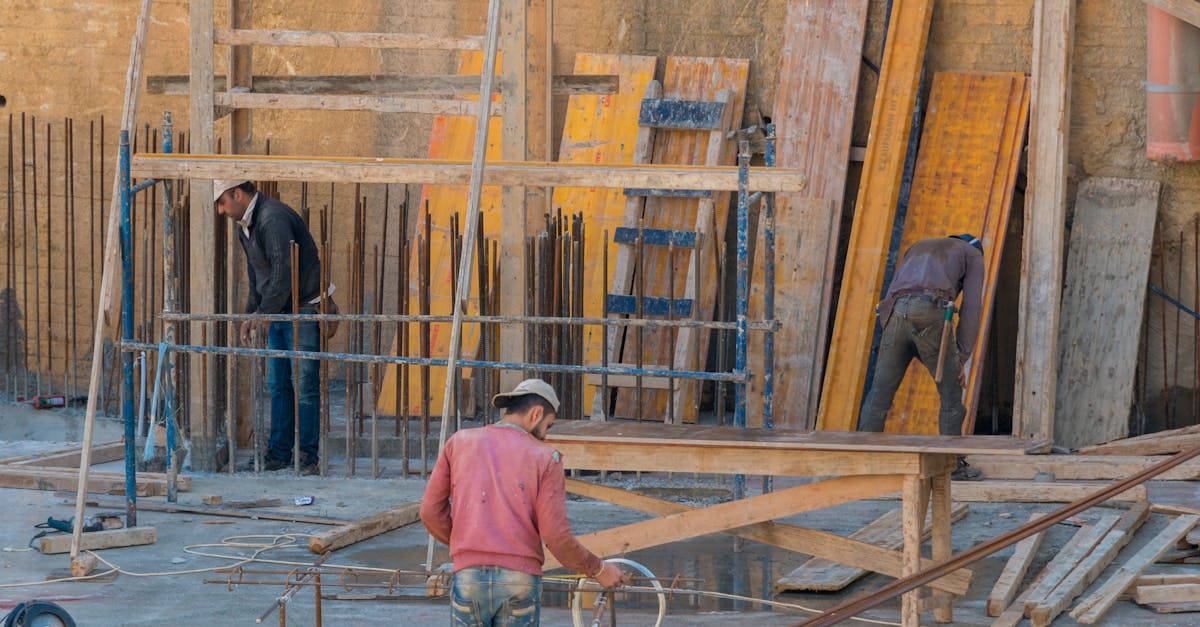
Passive House Technologies for Minimising Environmental Impact
Smart home automation plays a crucial role in efficiently managing energy consumption within a passive house. By integrating smart devices and sensors throughout the home, occupants can monitor and control their energy usage in real-time. These techn...
Read more →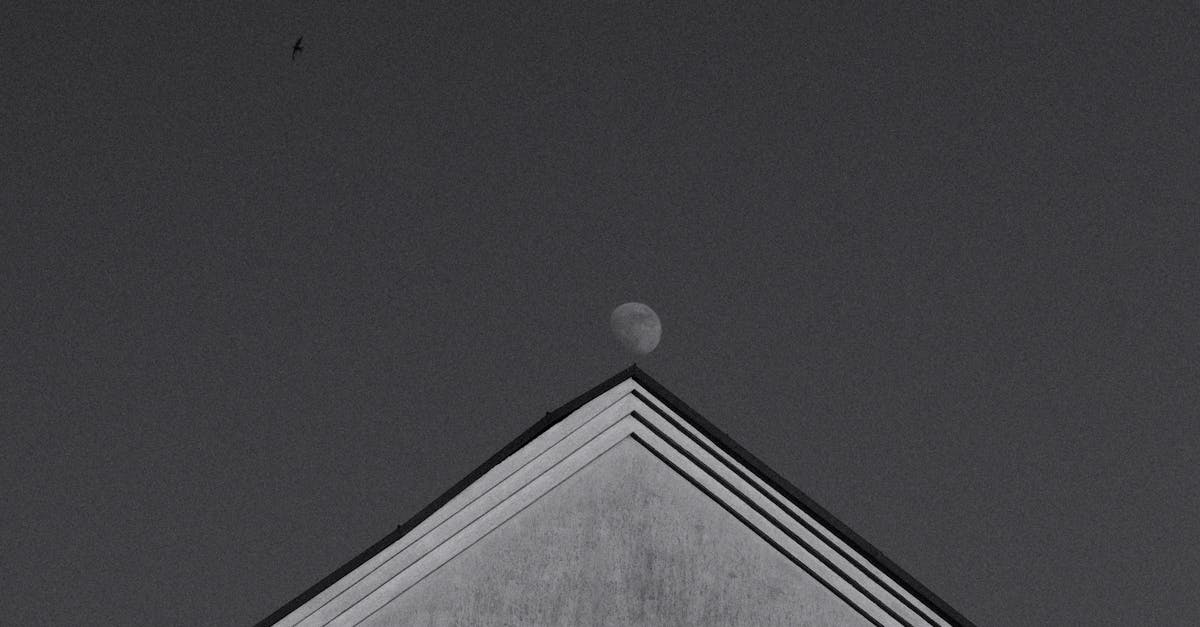
Passive House Standards and their Contribution to Environmental Conservation
Passive House construction involves initial costs that are typically higher compared to conventional building methods. The investment required for high-quality insulation, airtight construction, and energy-efficient systems can be a significant upfro...
Read more →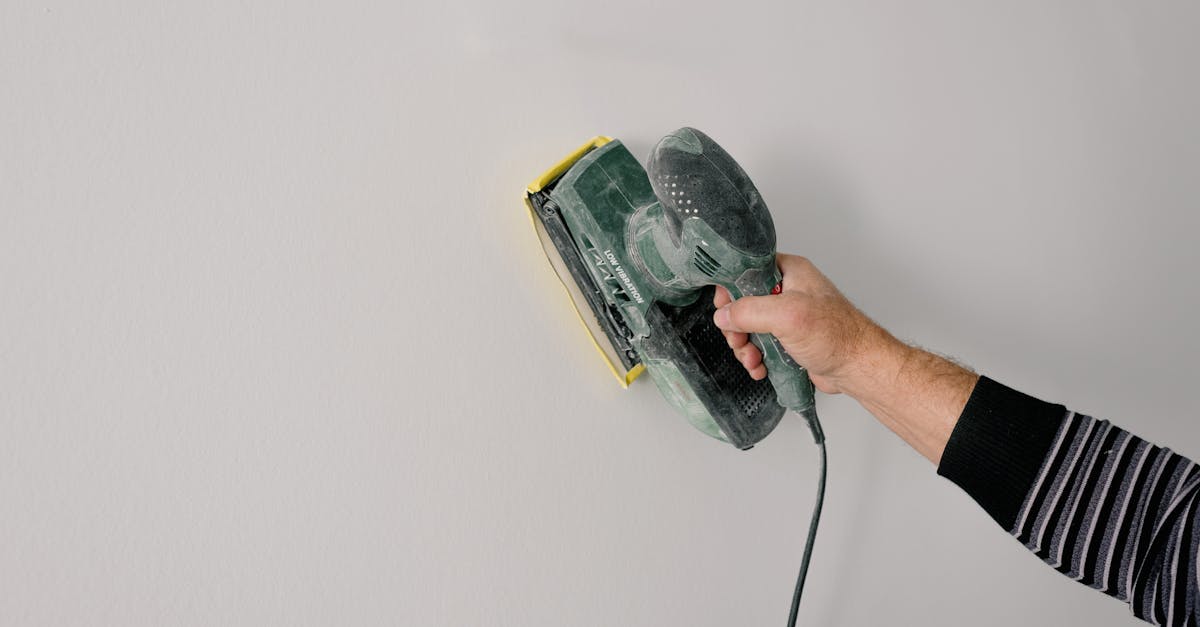
Evaluating the Life Cycle Assessment of Passive House Buildings
Passive house technology is continuously evolving to meet the demands of sustainable and energy-efficient building practices. Future trends in passive house technology are focused on enhancing the overall performance and comfort of buildings while re...
Read more →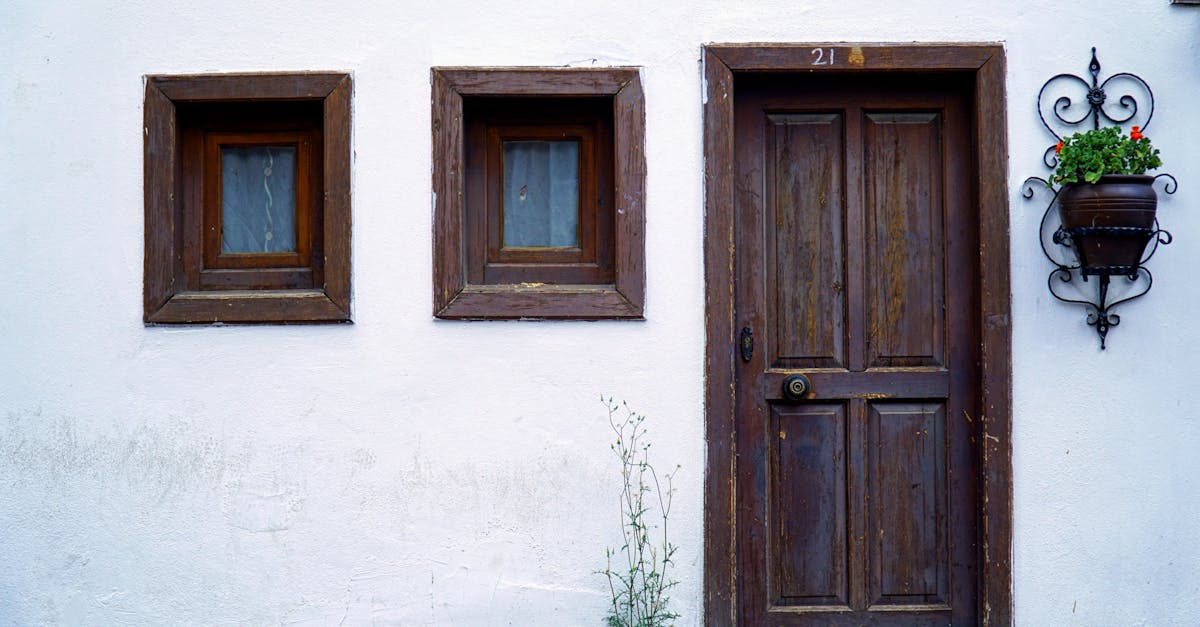
Passive House Certification and its Environmental Benefits
Passive house design offers a high level of adaptability to various climates and regions, making it a versatile choice for sustainable construction. The design principles can be tailored to suit different environmental conditions, ensuring optimal en...
Read more →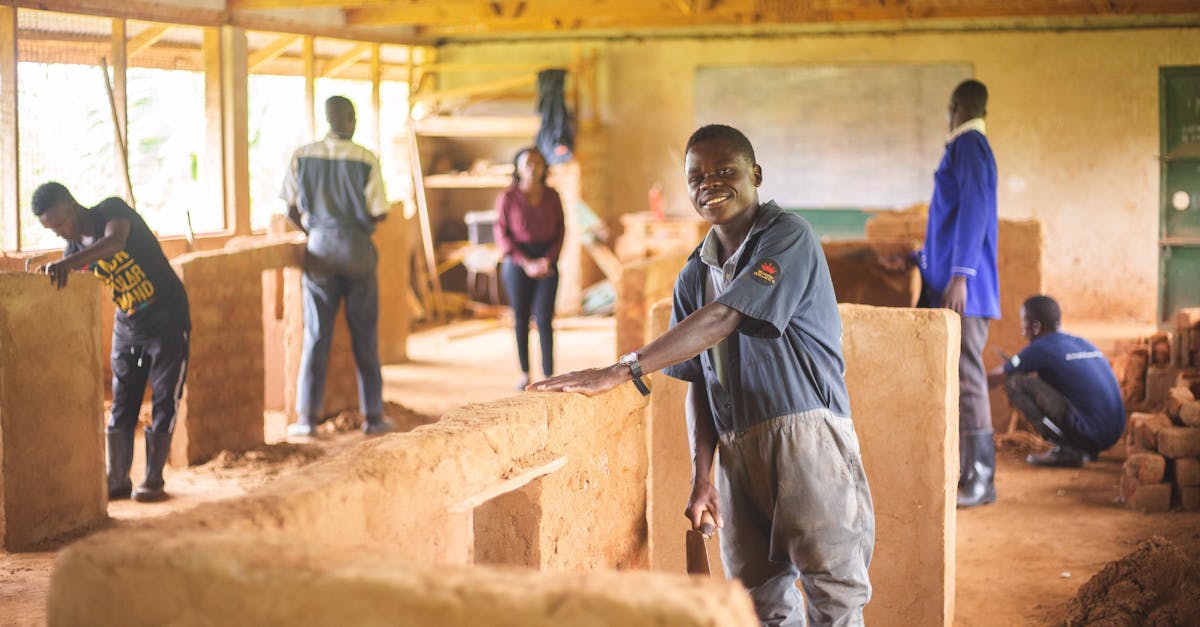
The Role of Passive House in Reducing Carbon Footprint
Passive House maintenance is a crucial aspect that contributes to the overall functionality and sustainability of these energy-efficient buildings. Regular upkeep of key components such as insulation, airtightness, and ventilation systems ensures tha...
Read more →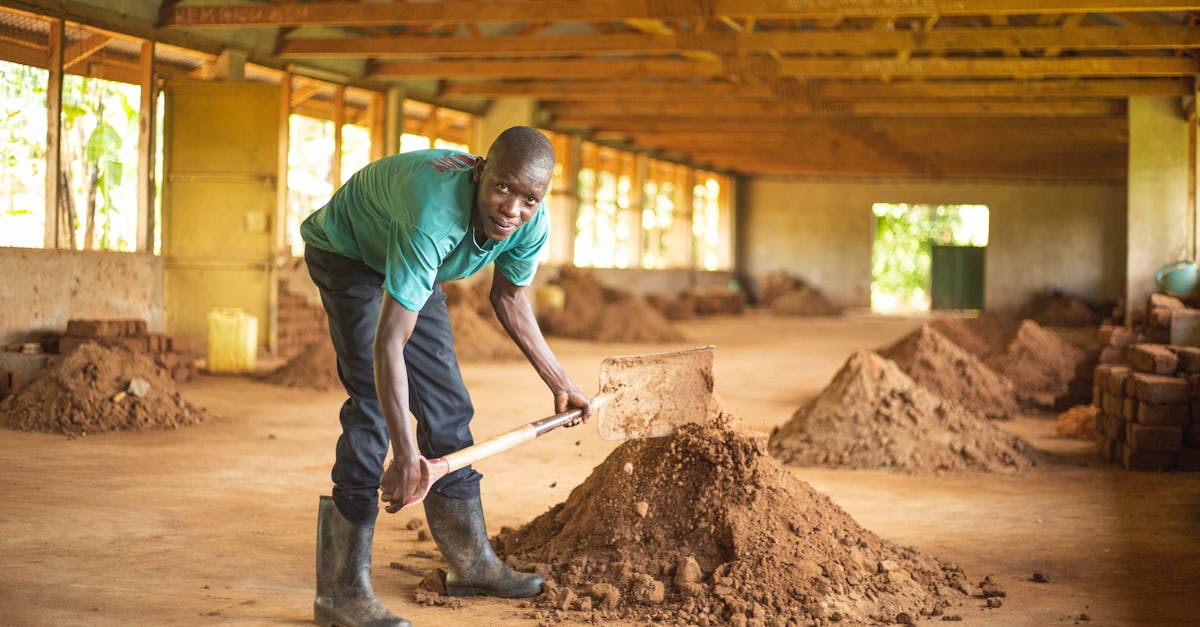
Passive House and Renewable Energy Integration for Environmental Sustainability
Passive house construction presents initial cost considerations that may deter potential homeowners or developers due to higher upfront expenses compared to traditional building methods. The cost of high-performance windows, ventilation systems, and ...
Read more →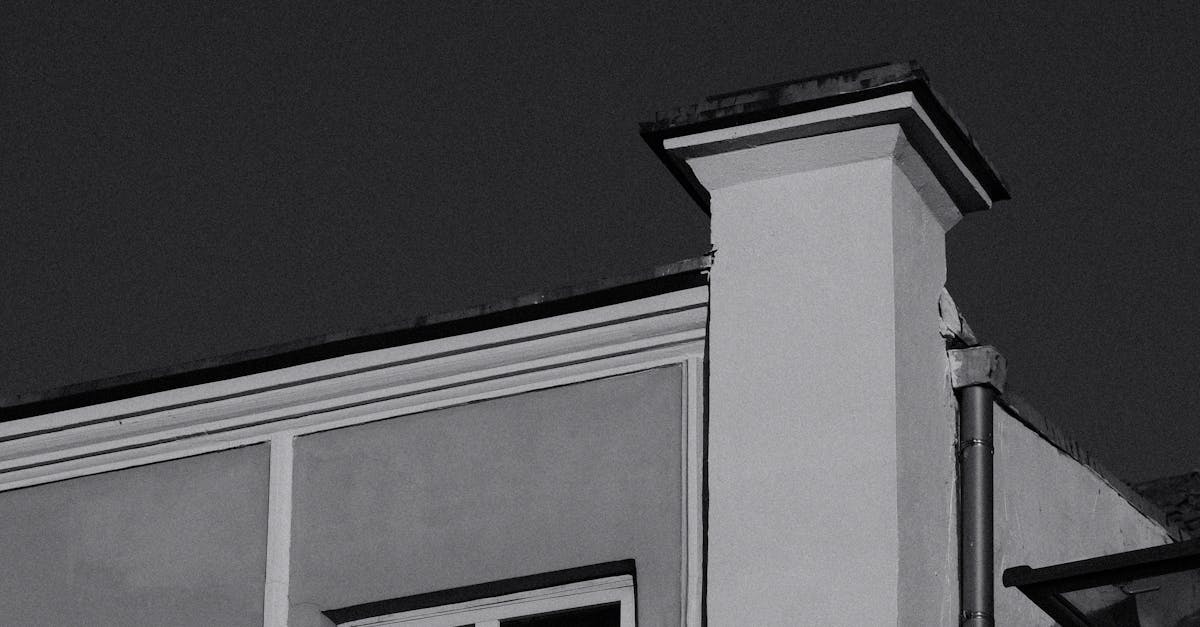
Achieving Net-Zero Energy with Passive House Principles
Sustainable building materials play a crucial role in achieving net-zero energy goals through Passive House design principles. When choosing materials for a Passive House construction, it is essential to opt for eco-friendly options that have minimal...
Read more →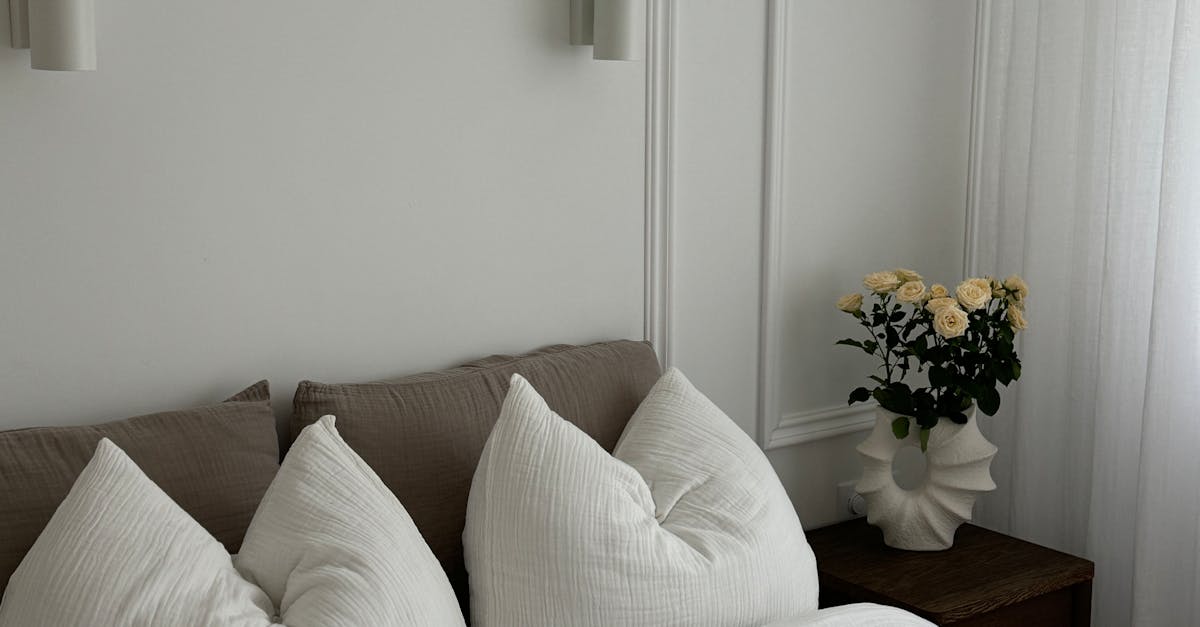
Passive House Design and its Positive Impact on the Environment
Water conservation strategies play a significant role in passive house construction, contributing to the overall sustainability of the building. One effective approach is the implementation of rainwater harvesting systems. By collecting and storing r...
Read more →
Implementing Sustainable Materials in Passive House Construction
When it comes to optimising water efficiency in passive house designs, incorporating smart water management systems can significantly reduce water consumption. Implementing features such as low-flow fixtures, greywater recycling systems, and drought-...
Read more →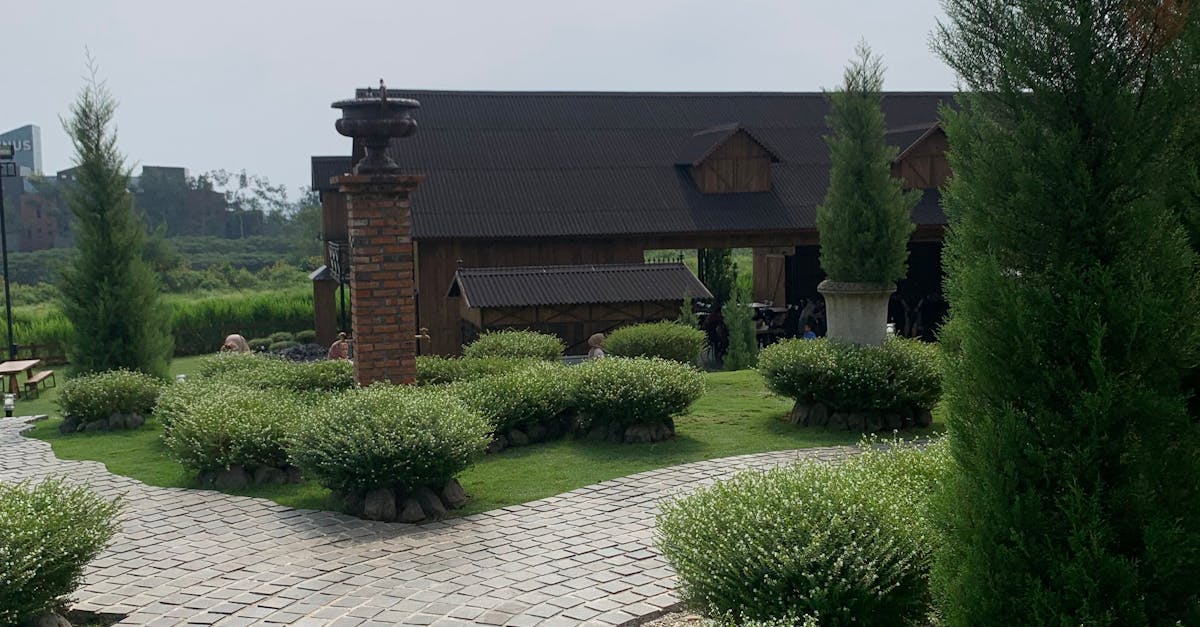
Passive House Design and its Positive Impact on Occupant Health
Natural light plays a pivotal role in enhancing the living experience within a passive house. By strategically designing the layout and orientation of windows, natural light can penetrate deep into the living spaces, reducing the need for artificial ...
Read more →
Biophilic Design Principles for Improved Well-being in Passive Houses
Water features have long been recognised for their ability to induce a sense of calm and relaxation in indoor environments. In the realm of biophilic design, integrating water features into passive houses can further enhance the well-being of occupan...
Read more →
Thermal Comfort: The Key to Well-being in Passive Houses
Passive houses are designed to maintain a comfortable indoor environment by harnessing natural elements like thermal mass for regulating temperatures. When balancing thermal mass in passive house construction, architects carefully consider materials ...
Read more →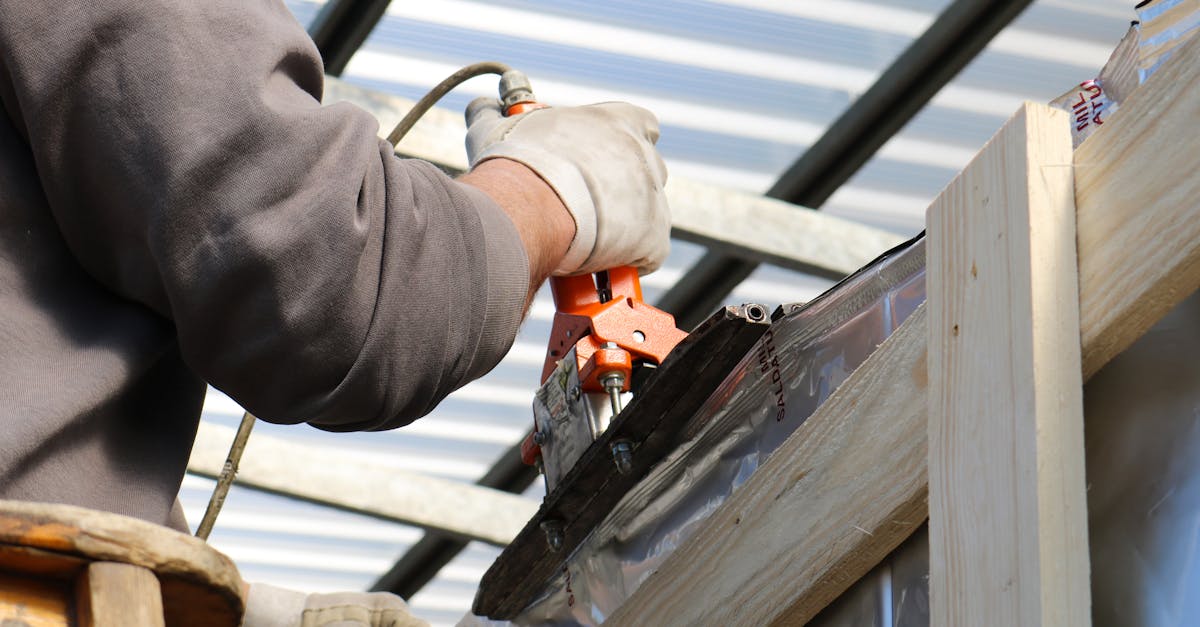
Psychological Benefits of Living in a Passive House
Living in a passive house can have a significant positive impact on mood. The design and structure of these homes create a sense of tranquillity and comfort that can help reduce stress and promote a feeling of relaxation. The abundant natural light t...
Read more →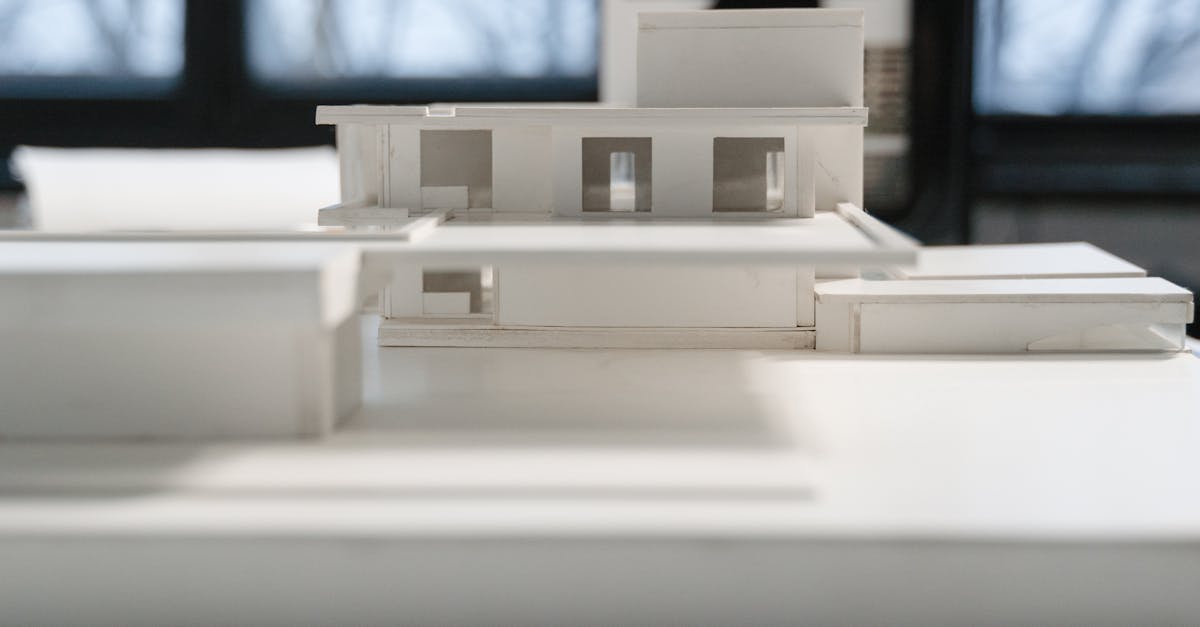
Natural Light and Visual Comfort in Passive House Design
In passive house design, controlling solar heat gain is crucial to maintaining comfortable indoor temperatures and minimising the need for artificial cooling systems. One effective way to manage solar heat gain is by strategically placing windows and...
Read more →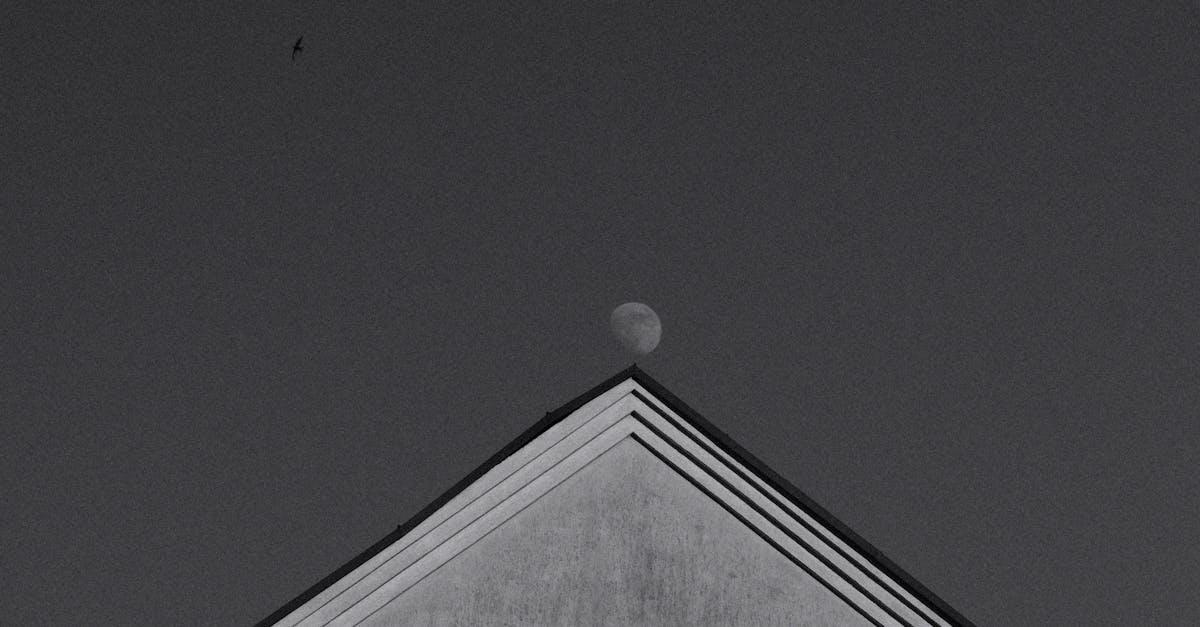
Creating Healthy Living Spaces in Passive Houses
Passive houses are built with the aim of reducing energy consumption while maintaining a comfortable living environment. One effective way to achieve this is by incorporating renewable energy sources into the design. Installing solar panels on the ro...
Read more →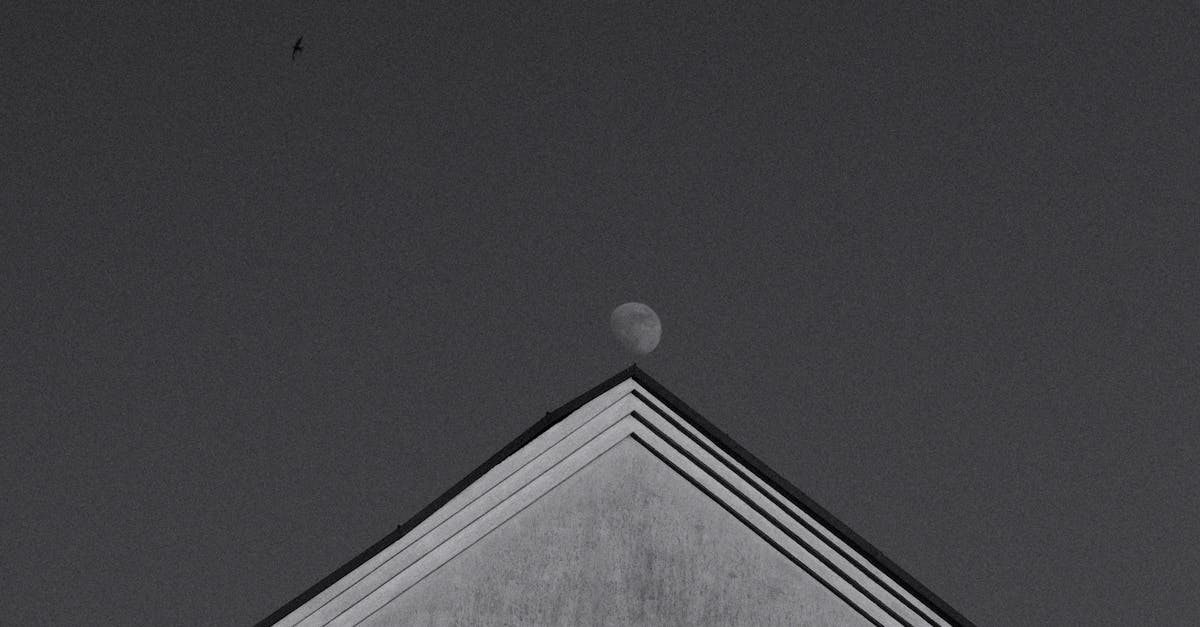
Noise Reduction and Acoustic Comfort in Passive House Living
Proper ventilation is crucial in passive house living to ensure a healthy indoor environment. When designing the ventilation system, factors such as air quality, energy efficiency, and noise control must be carefully considered. Utilising heat recove...
Read more →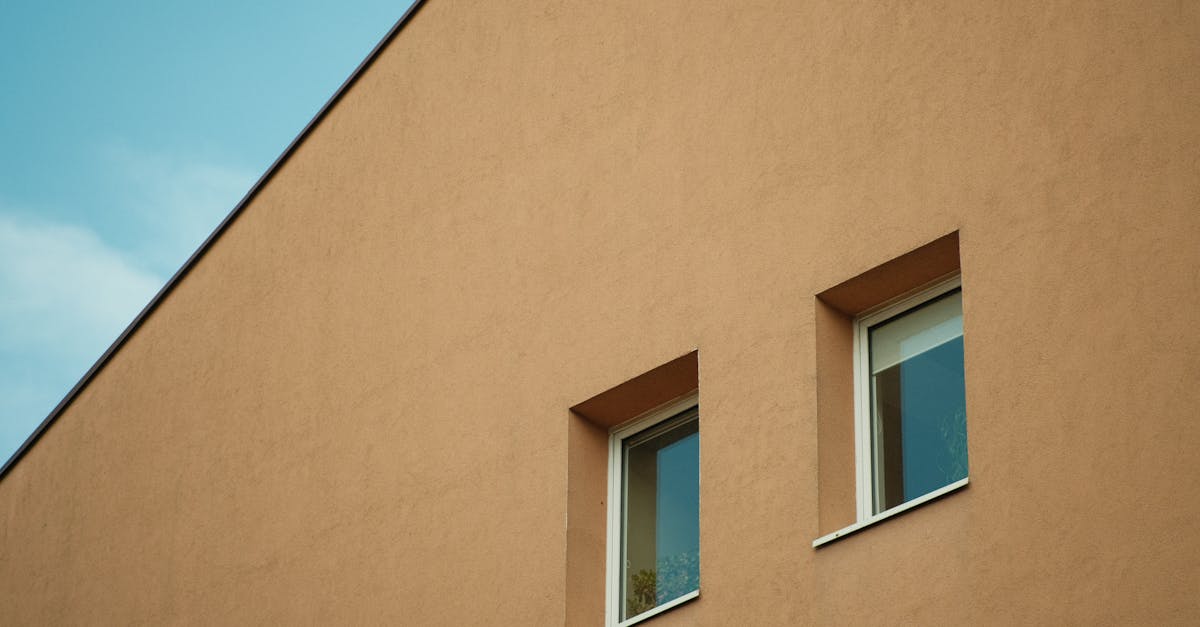
Thermal Comfort in Passive Houses: Strategies and Benefits
Energy-efficient appliances and lighting play a crucial role in enhancing the overall sustainability and comfort levels of passive houses. By opting for energy-efficient appliances such as refrigerators, washing machines, and dishwashers, homeowners ...
Read more →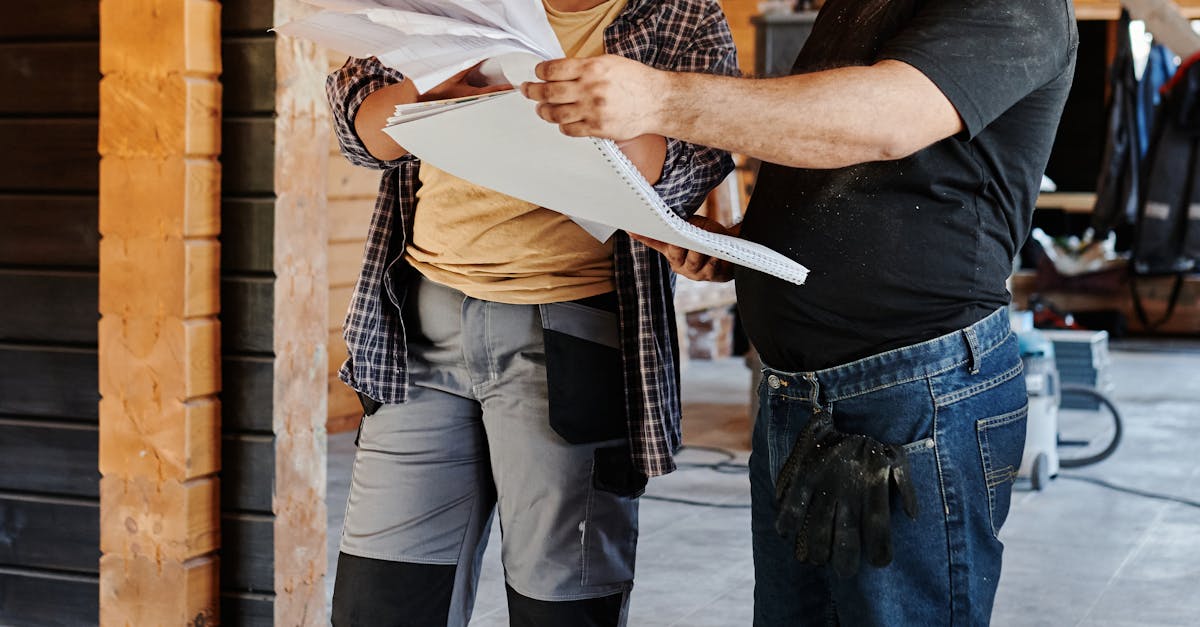
Enhancing Mental Well-being through Passive House Design
When it comes to designing living spaces with a focus on emotional well-being, aesthetics play a significant role. The visual appeal of an environment can have a powerful impact on our mood and overall mental state. Incorporating elements like natura...
Read more →
The Impact of Passive House Appliances on Energy Efficiency and Overall Performance
Passive house appliances are gaining traction in the realm of energy-efficient living, but one common concern that often arises is their initial cost compared to traditional appliances. When evaluating the cost analysis of passive house appliances, i...
Read more →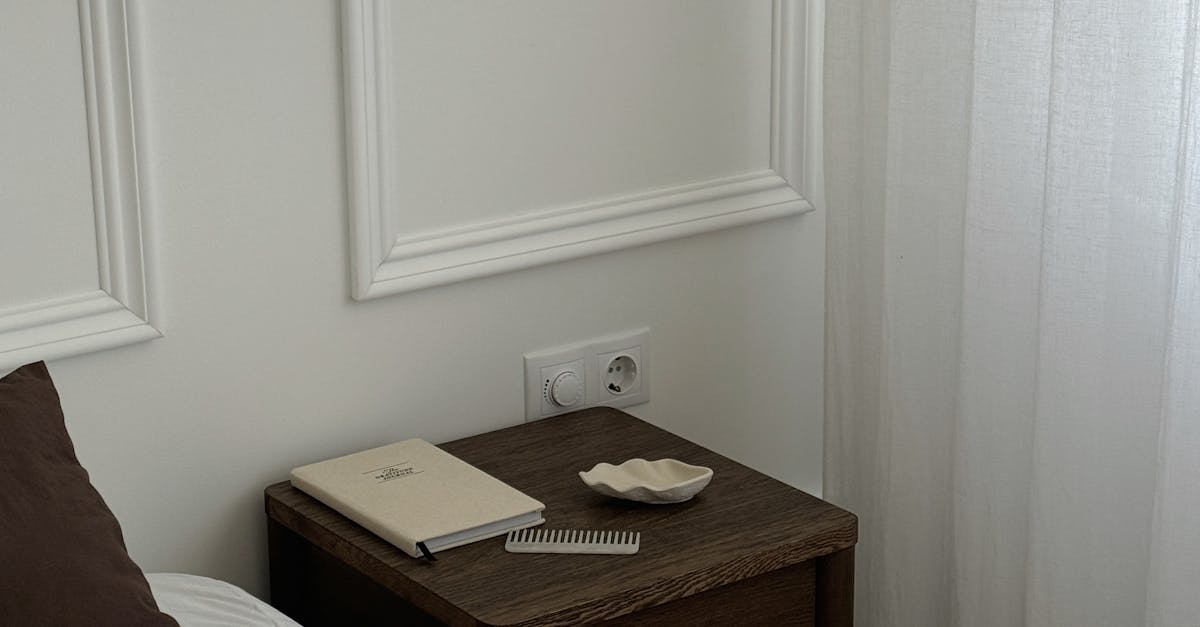
The Importance of Indoor Air Quality in Passive Houses
Monitoring indoor air quality is crucial for maintaining a healthy and comfortable environment in passive houses. By regularly assessing the quality of the air inside the house, residents can ensure that any potential issues are identified and addres...
Read more →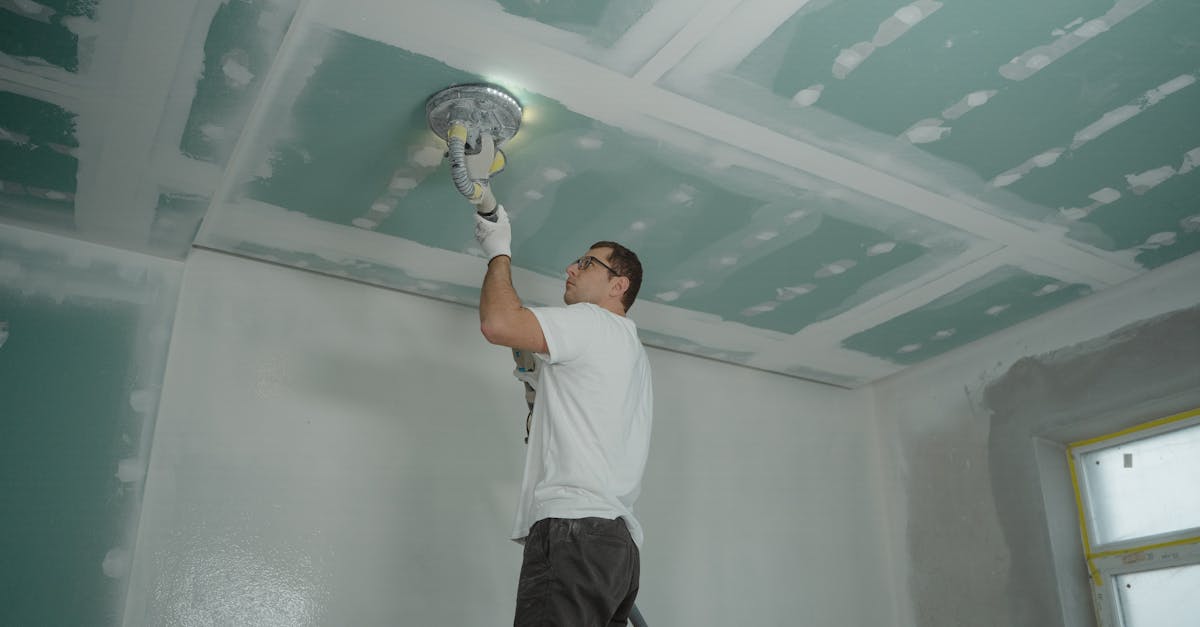
Passive House Lighting Design for Energy Efficiency and Visual Comfort
To enhance visual comfort through lighting design in passive houses, it is essential to consider the placement and type of lighting fixtures used. A well-thought-out lighting plan that incorporates a mix of ambient, task, and accent lighting can crea...
Read more →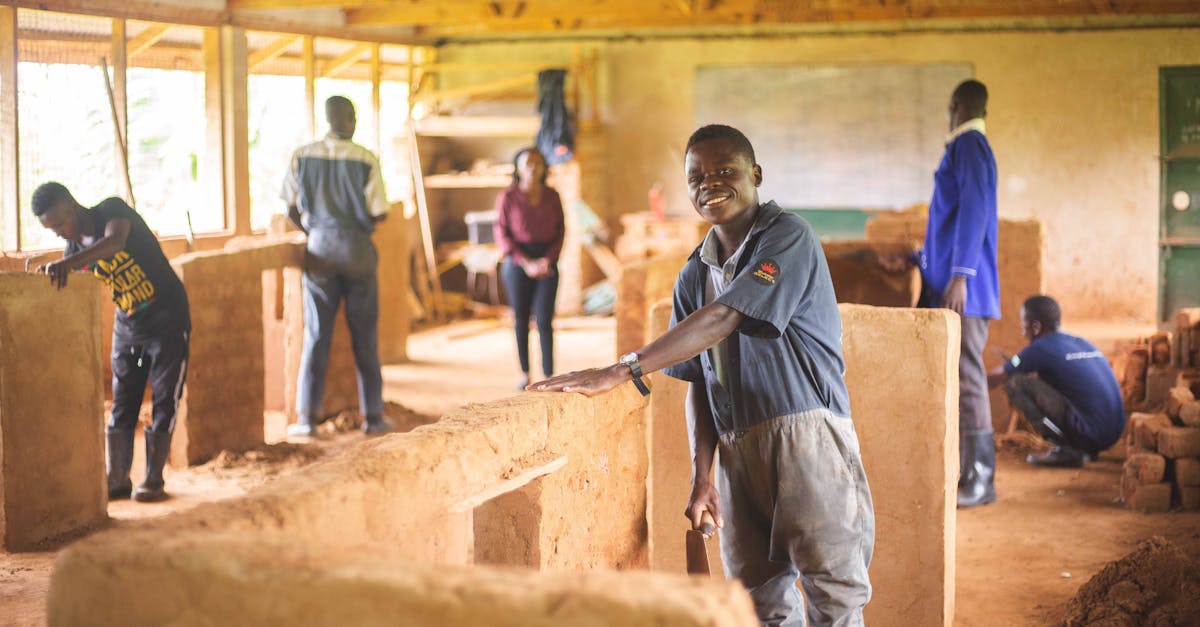
Passive House Heating and Cooling Strategies for Energy Efficiency and Comfort
Passive cooling methods are essential for maintaining a comfortable indoor environment during hot Australian summers without relying heavily on mechanical cooling systems. One effective strategy is the use of shading to reduce heat gain from direct s...
Read more →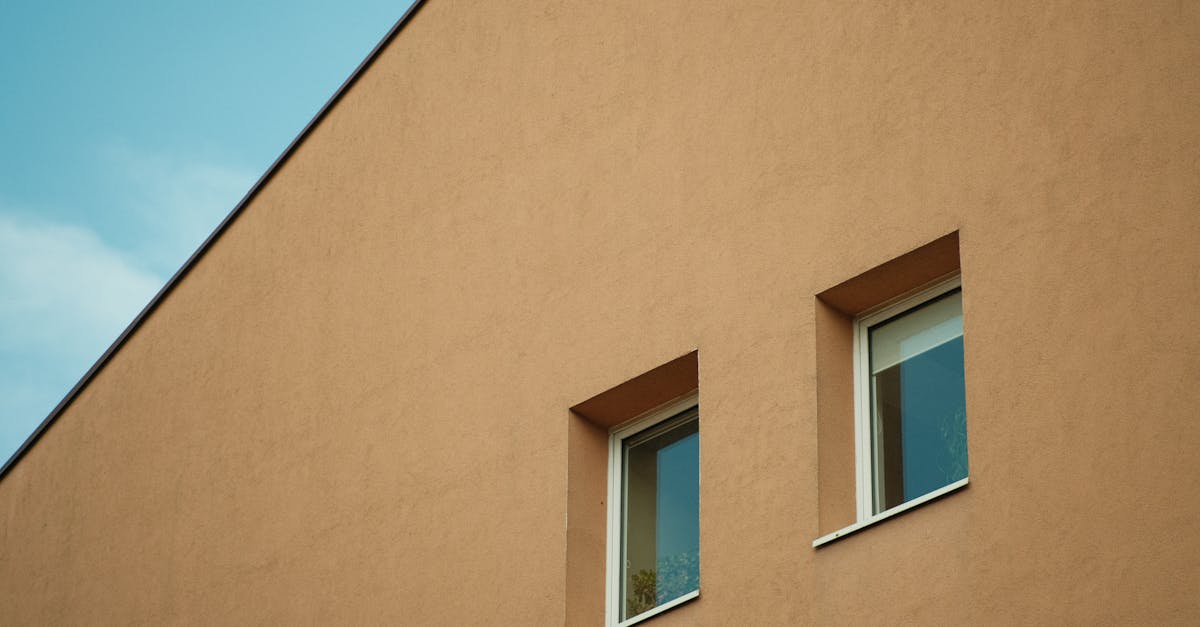
Evaluating the Role of Renewable Energy Systems in Achieving Energy Efficiency in Passive Houses
The future prospects of renewable energy in passive house construction are looking promising, with ongoing advancements in technology and growing awareness of the importance of sustainability. As more homeowners and builders recognise the benefits of...
Read more →
Passive House Ventilation Strategies for Optimising Energy Efficiency
For passive houses, winter heating strategies play a crucial role in maintaining optimal energy efficiency. One effective method is the use of heat exchangers to preheat fresh incoming air before it enters the living spaces. This helps to reduce the ...
Read more →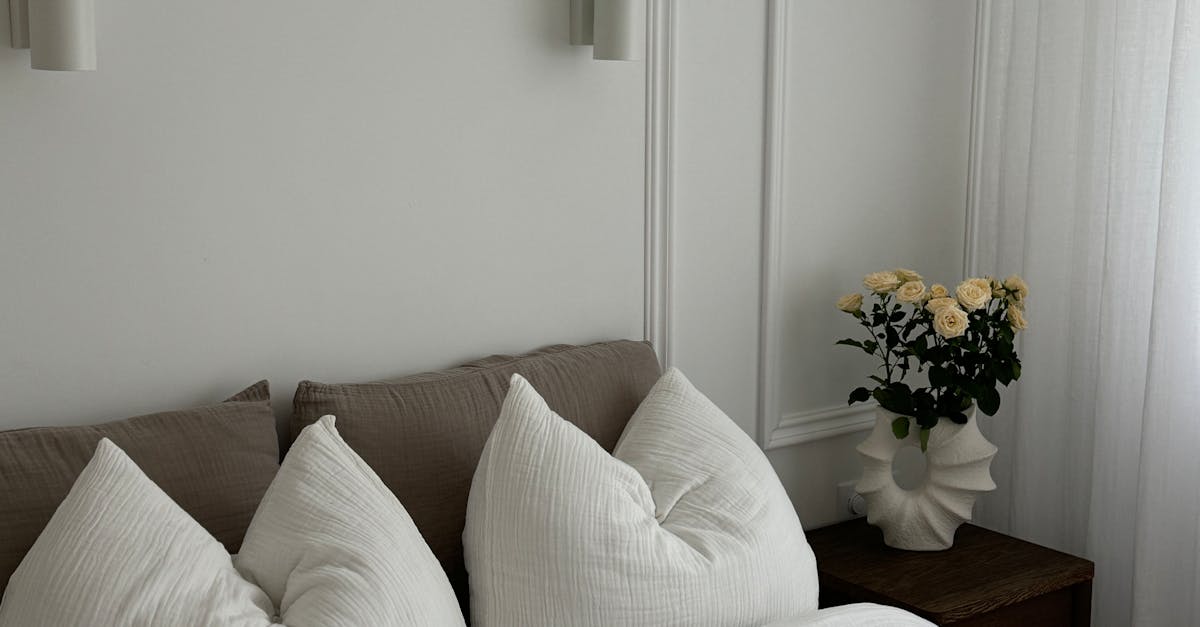
The Role of High-performance Windows in Enhancing Energy Efficiency in Passive Houses
Integrating window design with passive house principles is a crucial aspect of creating an energy-efficient home. Passive houses are designed to maximize natural light and heat gain while minimizing heat loss, and windows play a key role in achieving...
Read more →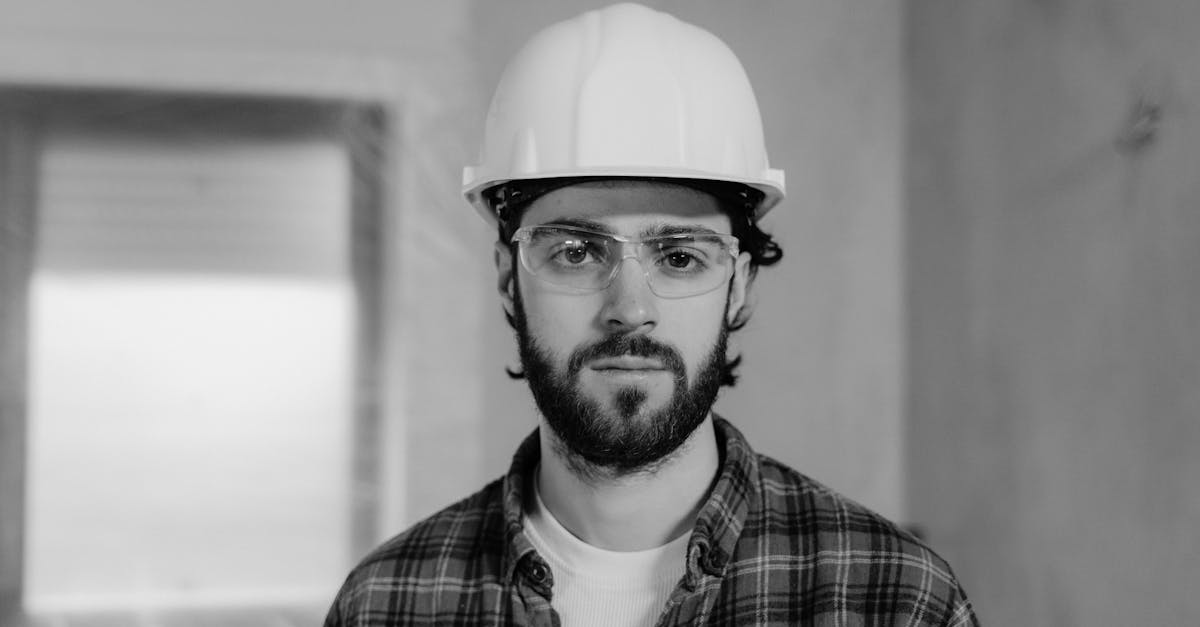
The Importance of Airtightness in Achieving Energy Efficiency in Passive Houses
Professional airtightness testing plays a crucial role in ensuring the overall energy efficiency and performance of passive houses. By conducting these tests, homeowners and builders can identify any potential areas of air leakage within the building...
Read more →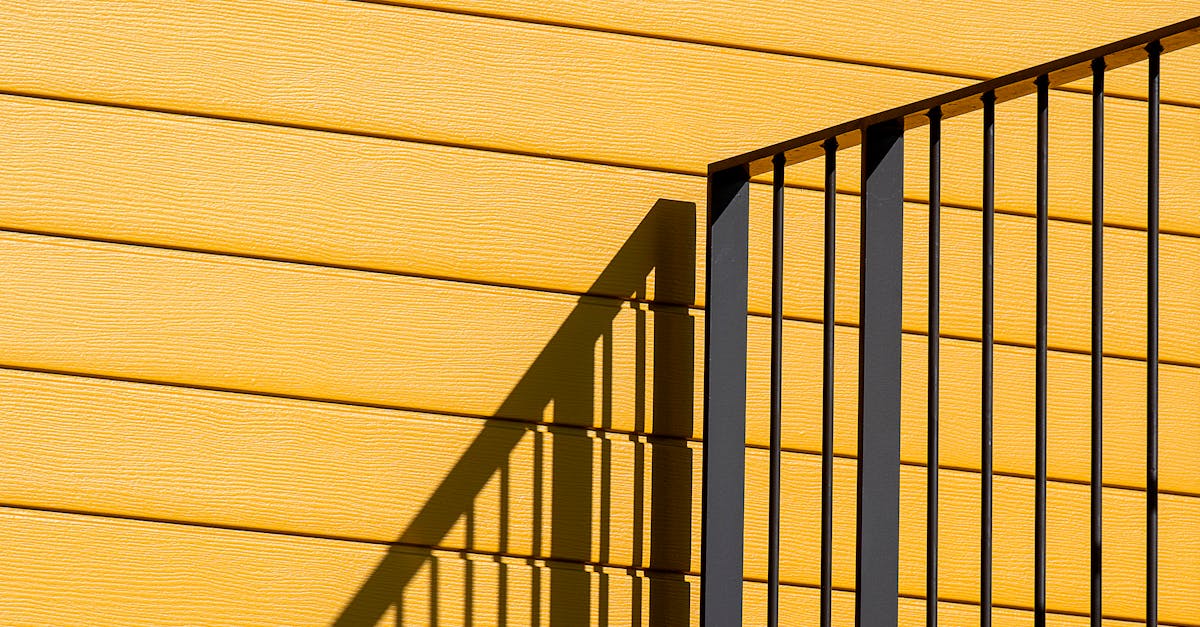
Passive House Design Principles for Maximising Energy Efficiency
When considering flooring and roofing solutions for passive house design, it is important to select materials that offer both thermal insulation and durability. Opting for sustainable flooring options such as bamboo, cork, or reclaimed timber can not...
Read more →
Understanding Thermal Mass and Its Impact on Energy Efficiency in Passive Houses
One of the key considerations in creating an energy-efficient passive house is finding the right balance between thermal mass and insulation. Thermal mass refers to the ability of a material to absorb and store heat, helping to stabilize indoor tempe...
Read more →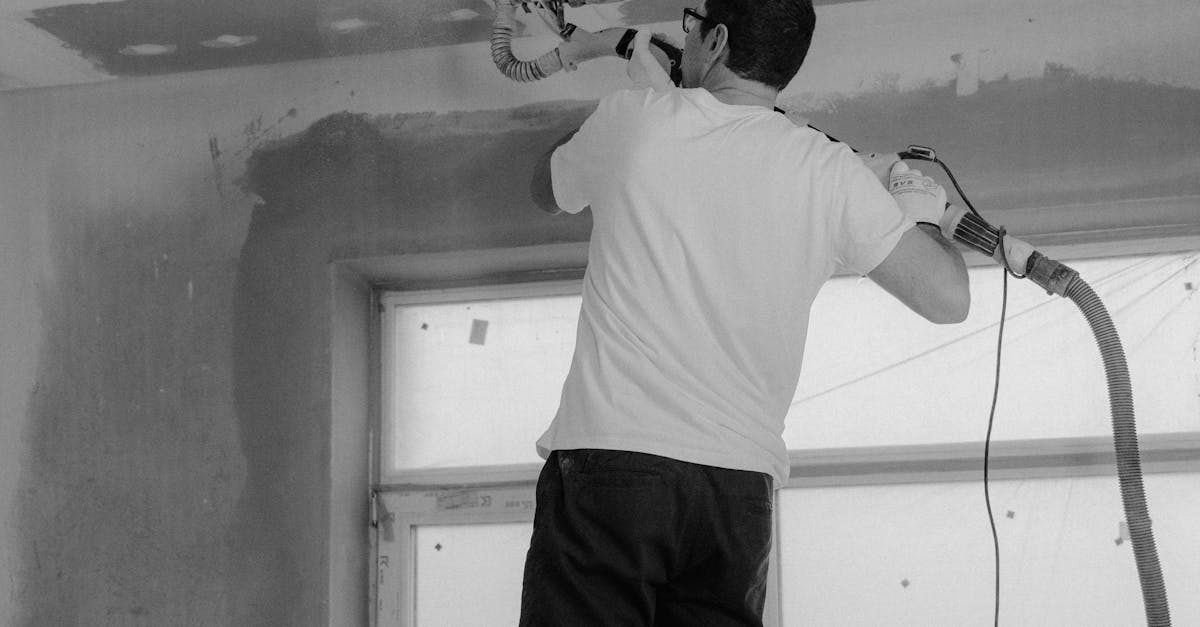
The Role of Insulation in Achieving Energy Efficiency in Passive Houses
Proper insulation plays a crucial role in the design of passive houses, contributing significantly to their energy efficiency. In a passive house, insulation helps to minimize heat transfer, thereby reducing the need for mechanical heating and coolin...
Read more →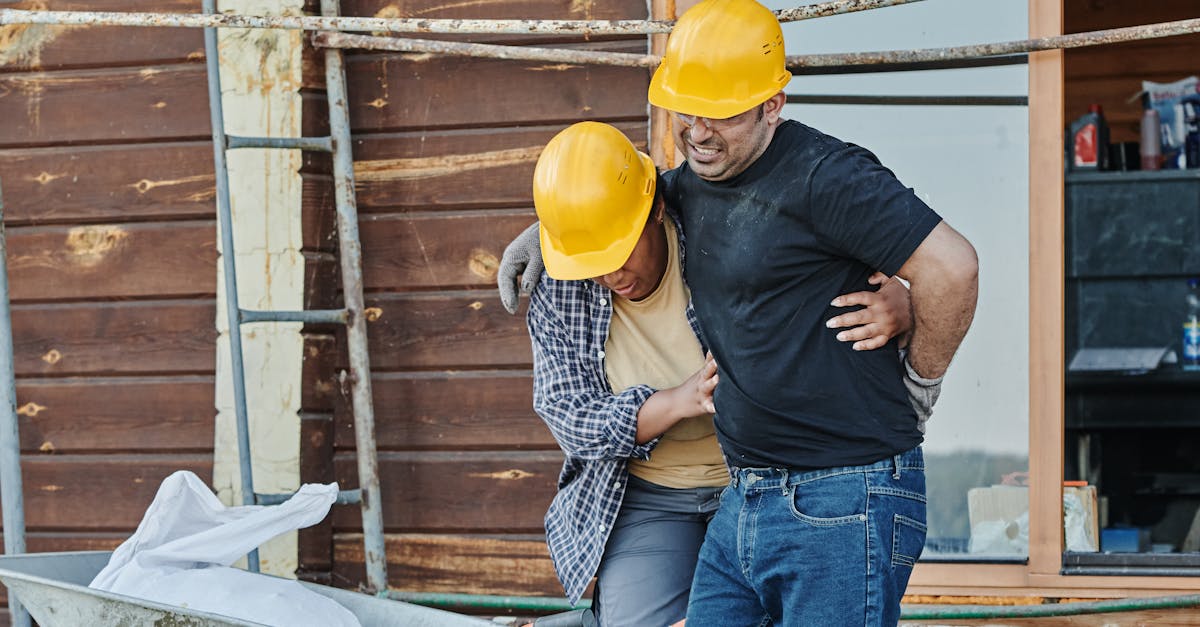
Integrating Passive House with Smart Grid Technology
The future of sustainable building integration looks promising as advancements in passive house technology continue to expand alongside the evolution of smart grid systems. This integration is set to revolutionize the way we approach energy efficienc...
Read more →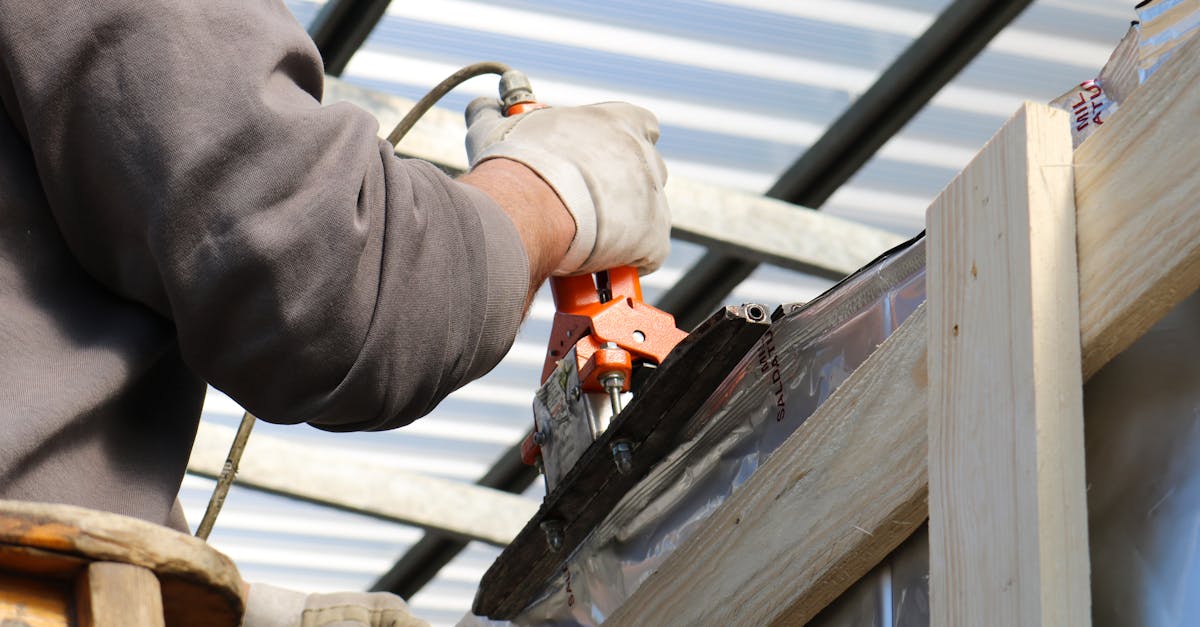
Passive House Design for Maximum Energy Efficiency
Designing passive houses for different climates requires careful consideration of local weather conditions and building orientation. For warmer climates such as tropical regions, passive house design focuses on minimising solar heat gain through stra...
Read more →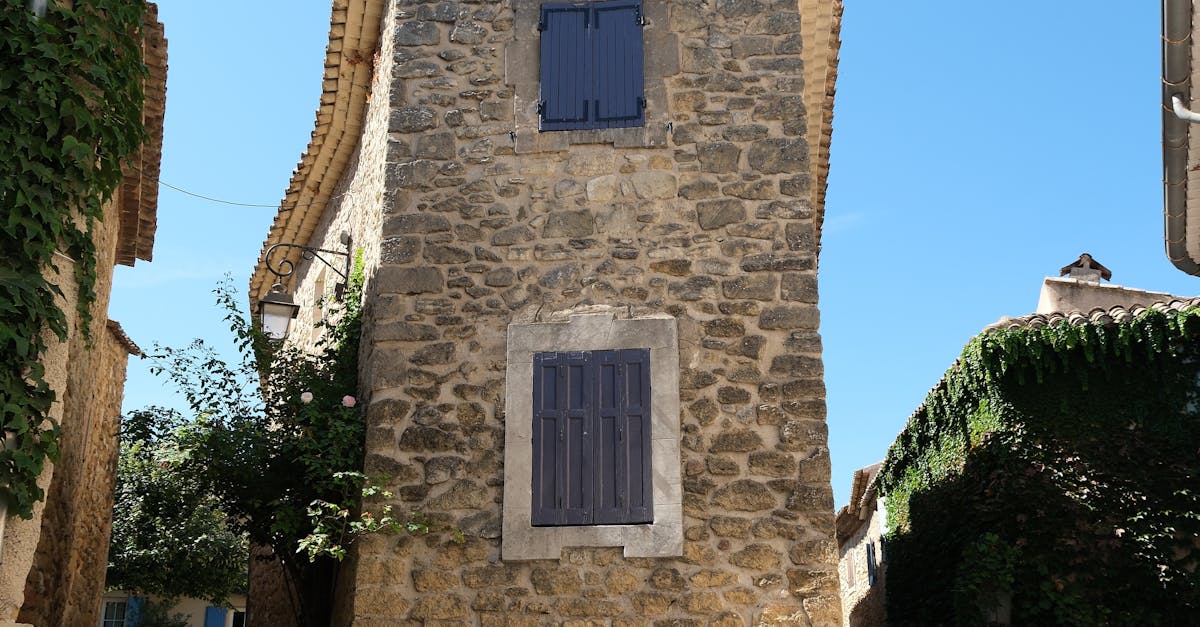
Passive House Integration of Micro Hydro Systems
Financial incentives play a crucial role in encouraging the integration of micro hydro systems into passive house designs. In Australia, various government rebate programs are available to homeowners and businesses looking to invest in sustainable en...
Read more →
Energy Storage Solutions for Passive Houses
When considering energy storage solutions for passive houses, it is crucial to conduct a cost analysis to determine the most financially viable option. The initial investment required for energy storage systems may vary depending on the technology ch...
Read more →
Biomass Heating for Passive Houses
Biomass heating systems are widely used in passive houses due to their efficiency in converting organic materials into heat energy. One key factor in comparing the efficiency of biomass heating systems is the energy conversion rates they achieve. The...
Read more →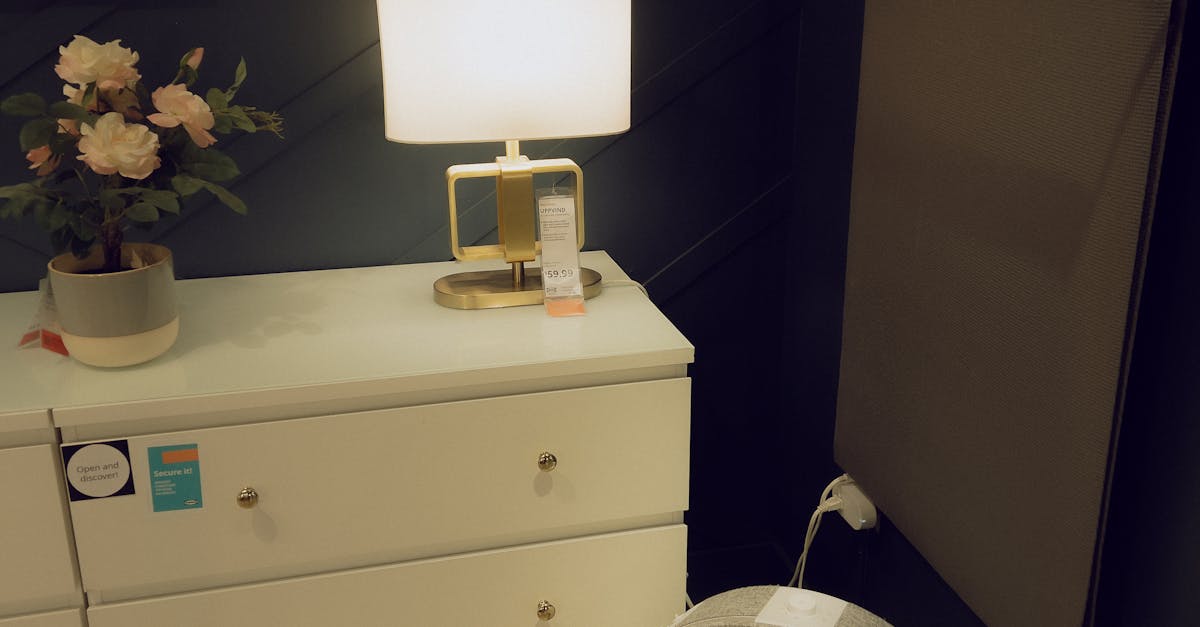
Passive House Integration of Photovoltaic Systems
To ensure optimal performance and longevity of photovoltaic systems in your Passive House, regular maintenance is essential. Firstly, it is crucial to clean the solar panels periodically to remove any dirt, dust, or debris that may accumulate on the ...
Read more →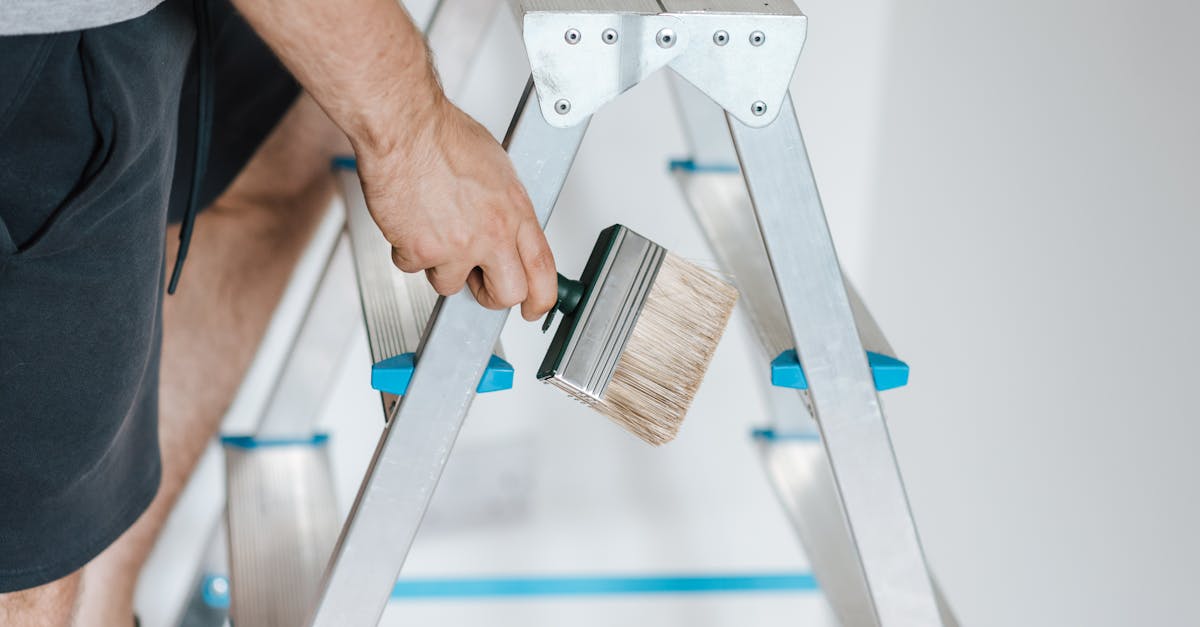
Rainwater Harvesting in Passive House Design
To maximise the efficiency of a rainwater harvesting system in a passive house design, it is crucial to carefully consider the design and placement of the collection system. One key aspect is ensuring that the roof area is optimally utilized for capt...
Read more →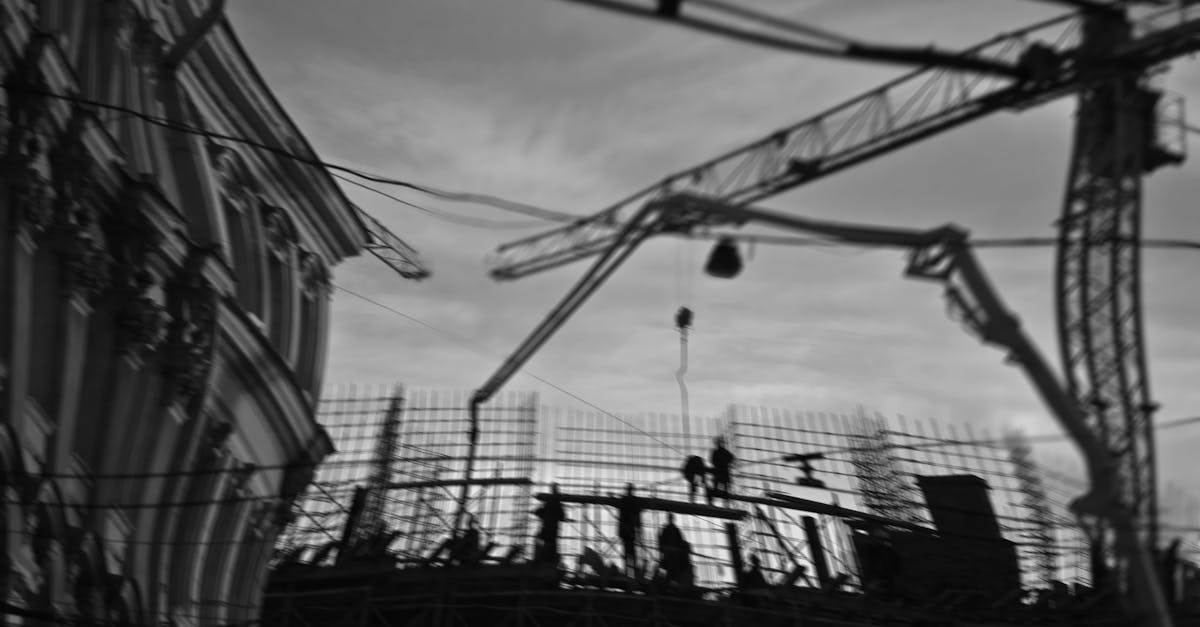
Geothermal Heating Systems for Passive Houses
Incorporating geothermal heating systems into passive house designs offers an innovative and sustainable solution for homeowners looking to reduce their environmental impact and energy costs. By tapping into the consistent underground temperatures, g...
Read more →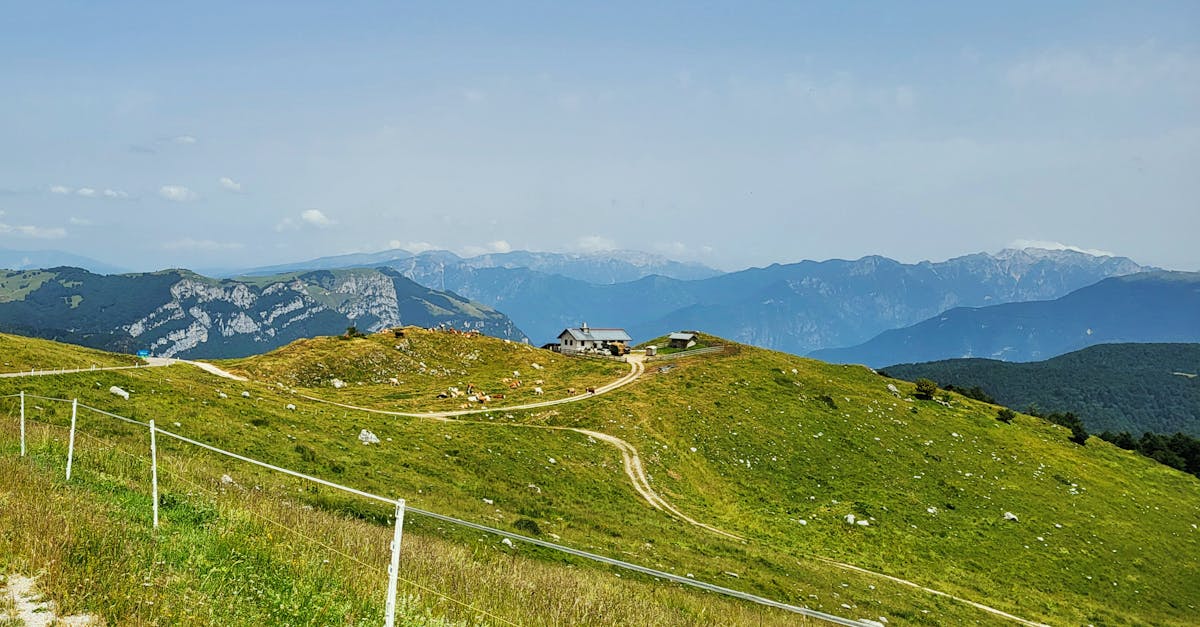
Wind Turbine Integration for Passive House Energy
In the realm of wind turbine technology, significant advancements have been made to enhance the efficiency and reliability of these sustainable energy generators. The development of modular turbine designs has allowed for easier transportation and in...
Read more →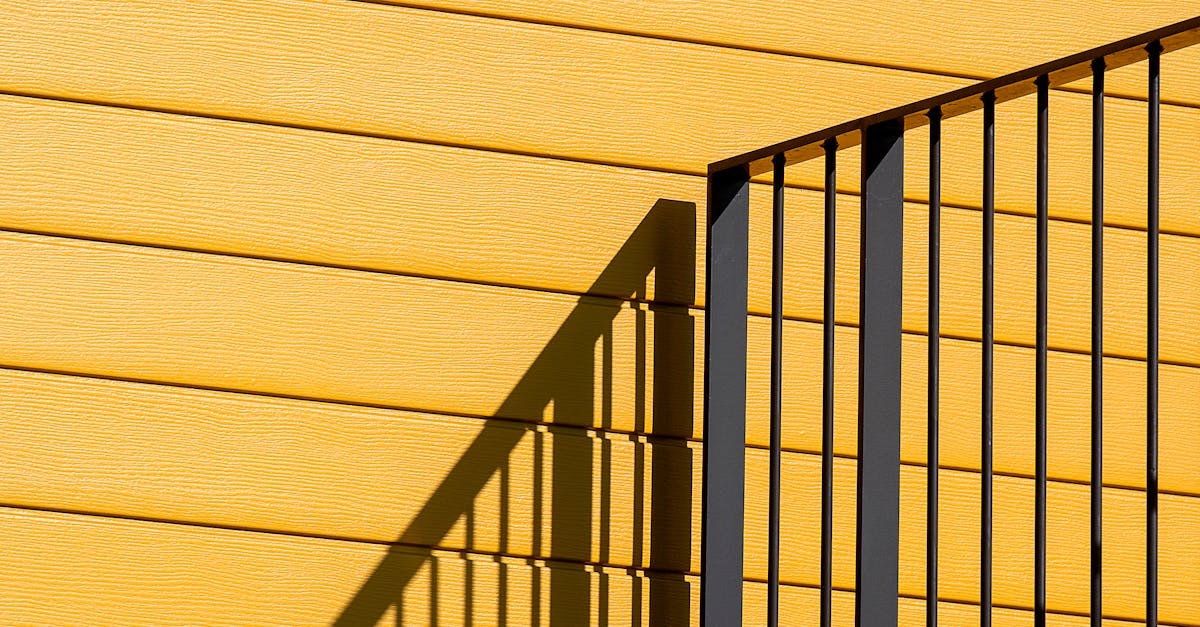
Solar Panel Integration in Passive Houses
When considering the cost factors of integrating solar panels into passive houses, it is essential to evaluate both the initial investment and long-term savings. Upfront costs for purchasing and installing solar panels can vary depending on factors s...
Read more →
Smart Controls for Passive House Heating and Cooling
Smart controls play a crucial role in ensuring enhanced comfort within passive house environments. By fine-tuning heating and cooling settings, residents can enjoy ideal conditions tailored to their preferences. With the help of smart thermostats, th...
Read more →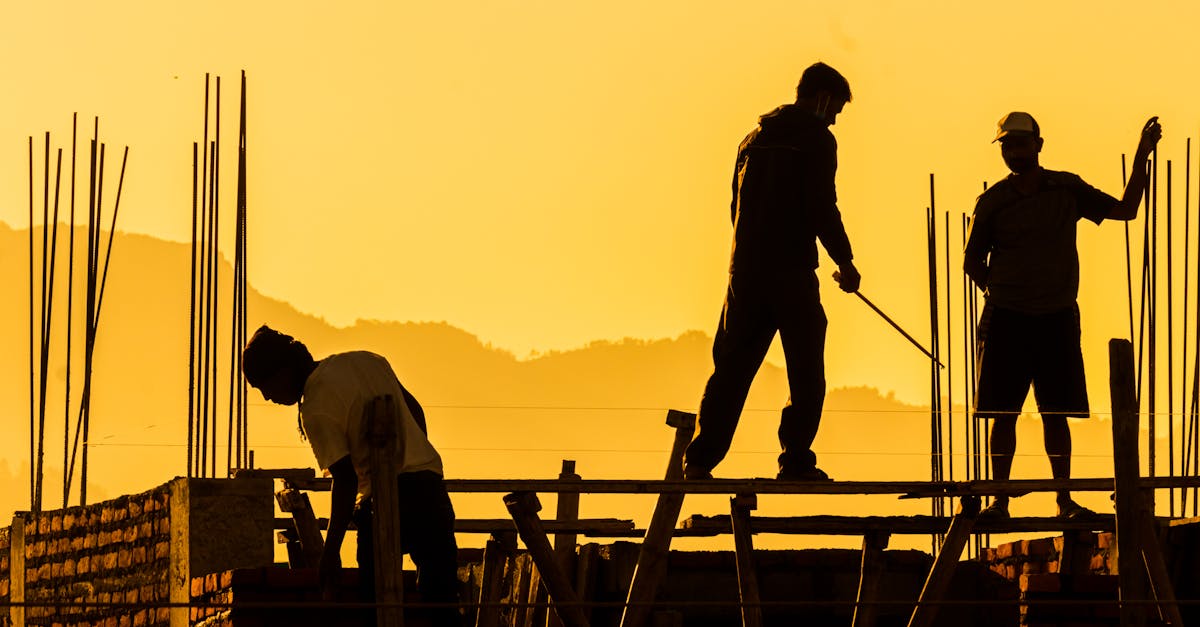
Passive House Natural Ventilation Techniques
When it comes to implementing thermal chimneys for passive house ventilation, it is crucial to consider the design and placement of these structures. Thermal chimneys work by creating a natural airflow through the house, allowing for both ventilation...
Read more →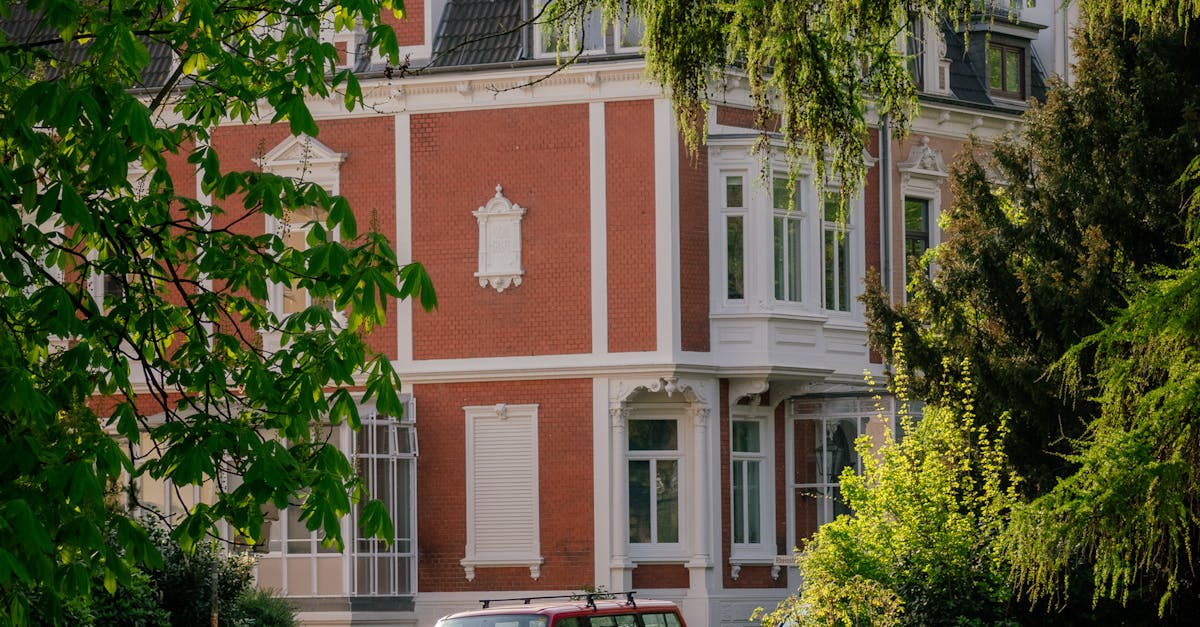
Thermal Mass and Passive House Heating
To determine the appropriate thermal mass requirements for a passive house heating system, several factors must be considered. The first step is to calculate the total floor area of the building where the thermal mass will be located. This area will ...
Read more →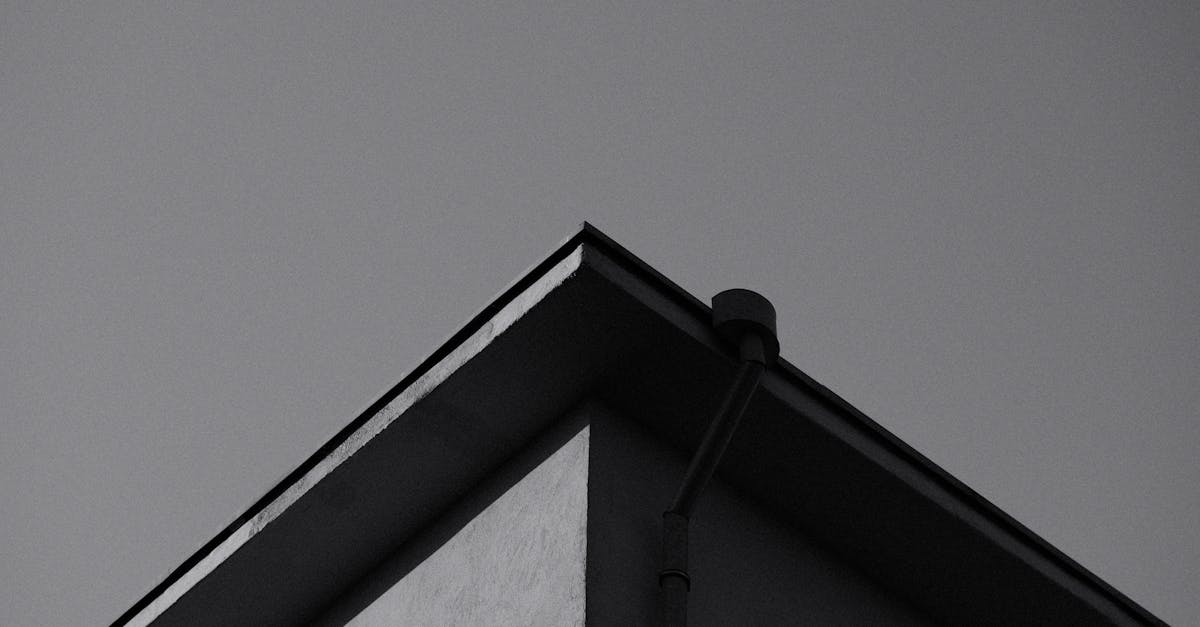
Passive House Ground Source Heat Pumps
Ground source heat pump systems in passive houses offer a cost-effective solution for heating and cooling needs. While the initial investment may be higher compared to traditional heating systems, the long-term savings outweigh the upfront costs. The...
Read more →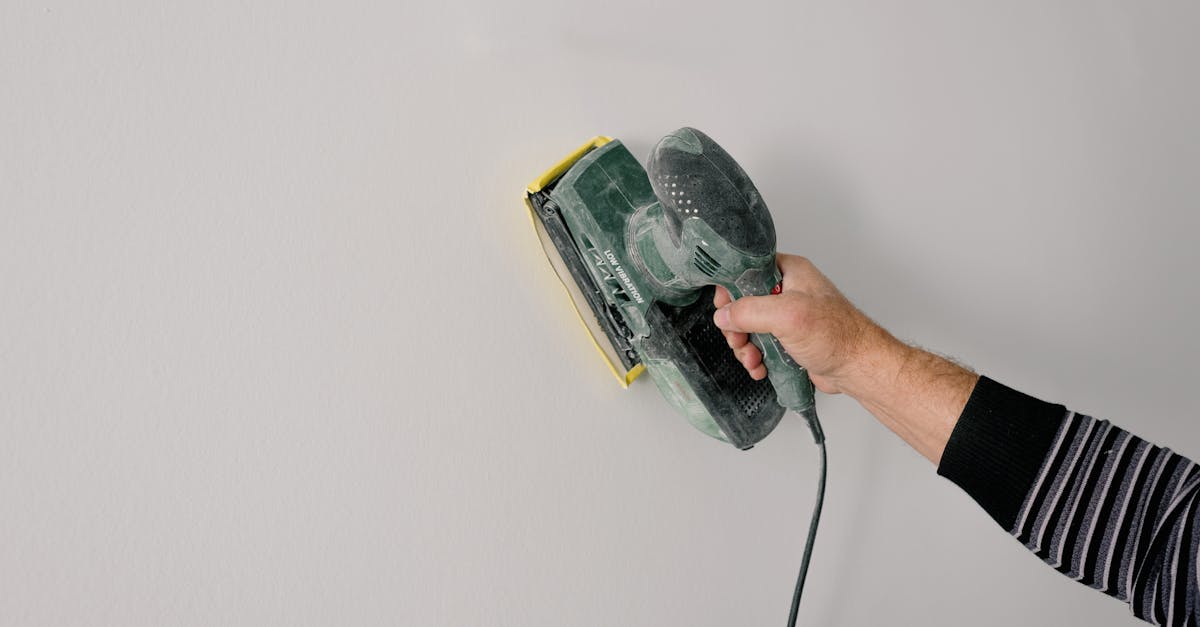
Passive House Solar Thermal Systems
Passive House Solar Thermal Systems offer a range of expansion options for homeowners looking to enhance their energy efficiency. One common method is to incorporate additional solar collectors on the roof of the building. By increasing the surface a...
Read more →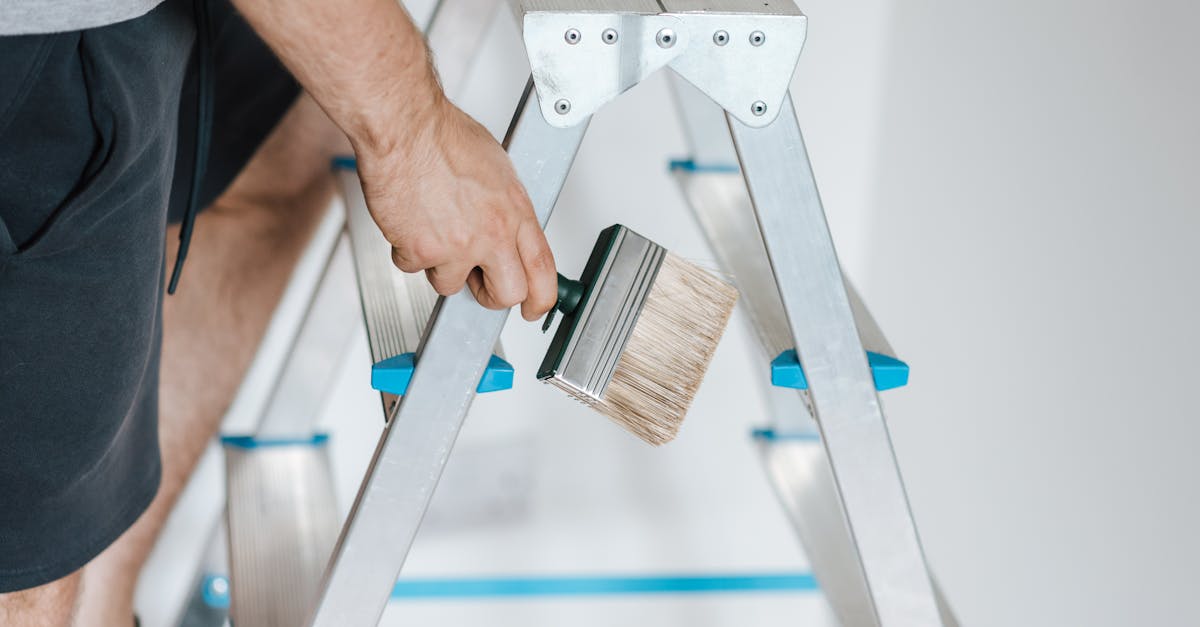
Passive House Air Source Heat Pumps
Air source heat pumps have become a popular choice for ensuring energy efficiency in passive houses. These systems work by extracting heat from the outside air and transferring it inside the building for heating purposes. By utilizing the existing he...
Read more →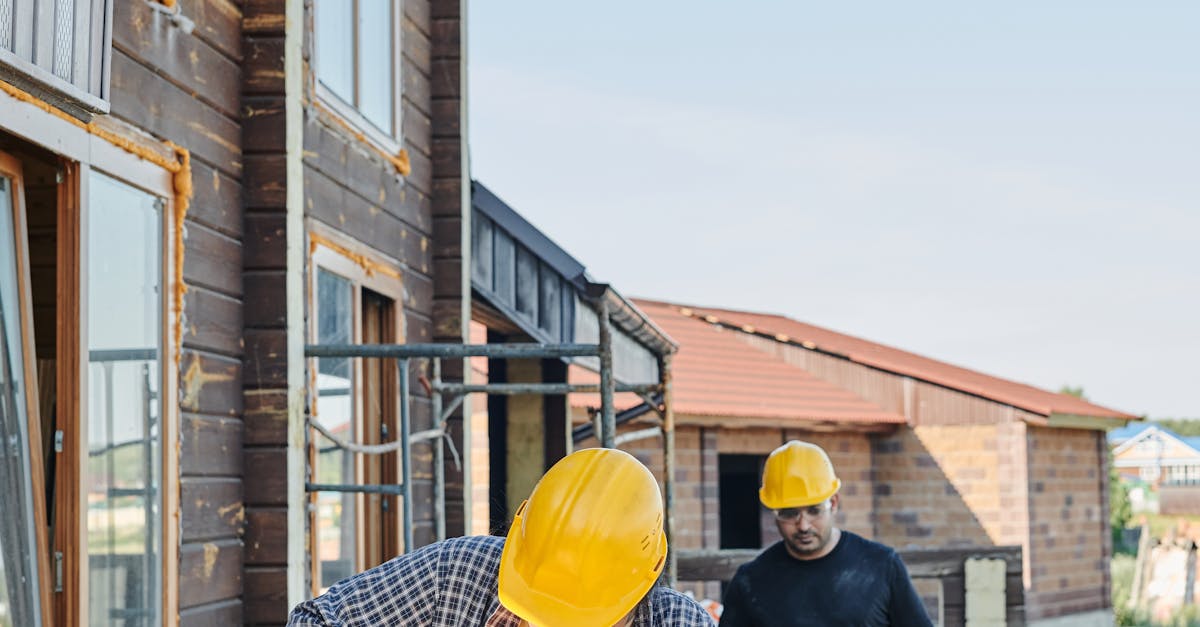
Passive House Cooling Strategies in Warm Climates
When considering passive house cooling strategies in warm climates, the selection of lowE glass is paramount. LowE glass, or low emissivity glass, is designed to reduce the amount of heat transfer through windows while still allowing natural light to...
Read more →
Radiant Heating and Cooling in Passive House
Local regulations play a vital role in governing the installation and operation of radiant heating systems in passive houses. Compliance with building codes and regulations is crucial to ensure the safety, efficiency, and effectiveness of radiant hea...
Read more →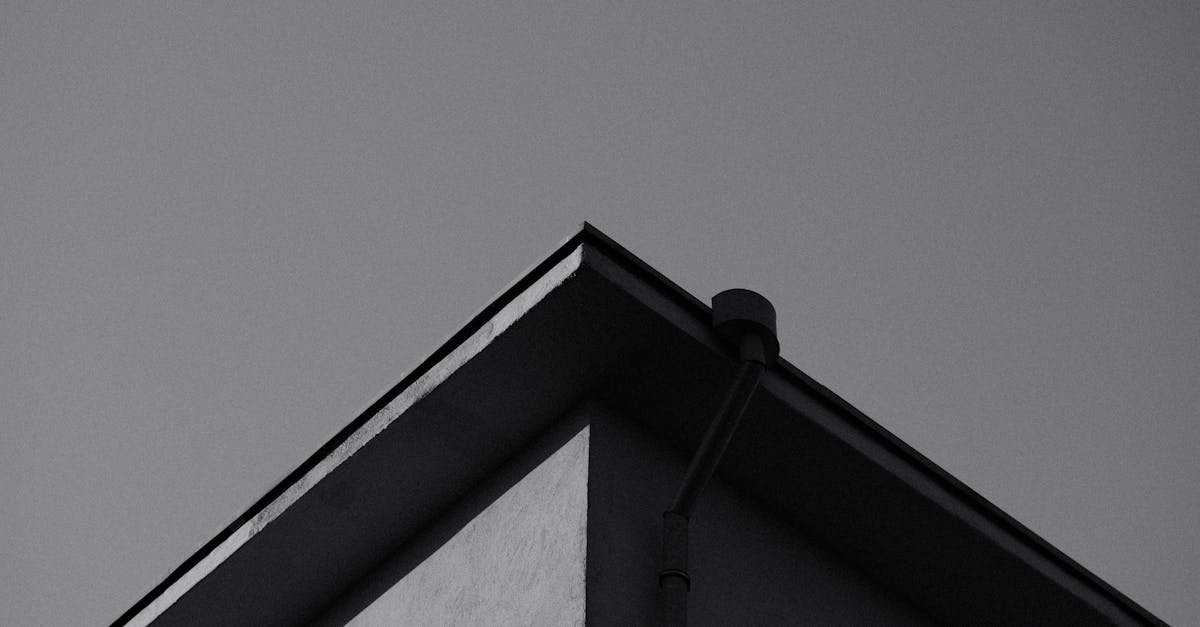
Passive House Heating and Cooling Systems Overview
Passive house heating systems are built on the principles of energy efficiency and sustainability, aiming to minimise energy consumption for heating purposes. One key component of these systems is the use of high-performance windows and insulation to...
Read more →
Heat Recovery Ventilation in Passive House
Heat Recovery Ventilation (HRV) systems offer significant advantages over traditional ventilation methods in residential buildings. Unlike natural ventilation, which relies on air movement through windows and doors, HRV systems actively exchange stal...
Read more →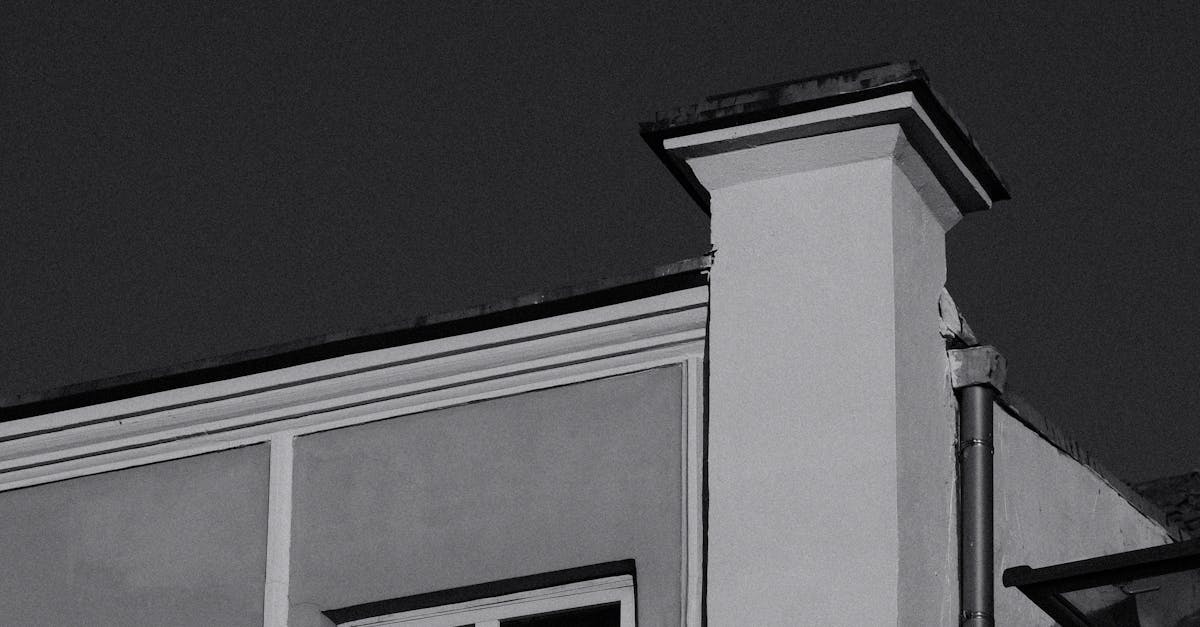
Sustainable and Eco-friendly Insulation Options for Passive House
When looking for cost-effective green insulation products for your passive house, it's essential to consider options that not only benefit the environment but also your budget. One such option is cellulose insulation, which is made from recycled pape...
Read more →
Insulation Installation Techniques for Passive House Construction
When it comes to installing insulation in different areas of a building, it is crucial to understand the specific requirements and challenges of each location. Whether it is the walls, ceilings, floors, or other areas, the goal remains the same - to ...
Read more →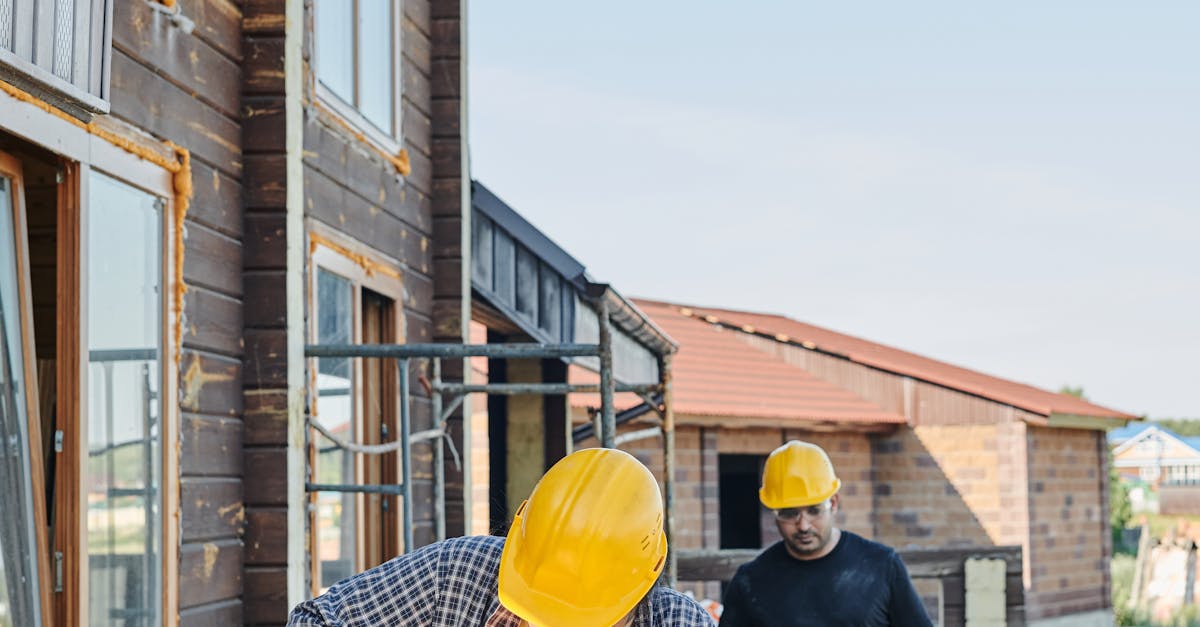
Airtightness Testing and Certification for Passive House Buildings
Airtightness testing in passive house constructions presents several challenges that need to be carefully addressed for optimal results. One key challenge is ensuring that the building envelope is completely sealed to prevent any air leakage. Even th...
Read more →
Energy Efficiency Benefits of Airtight Construction in Passive House
Airtight construction, when implemented in Passive House buildings, offers significant cost-effectiveness benefits. By creating a highly insulated and airtight building envelope, the need for extensive heating and cooling systems is reduced, resultin...
Read more →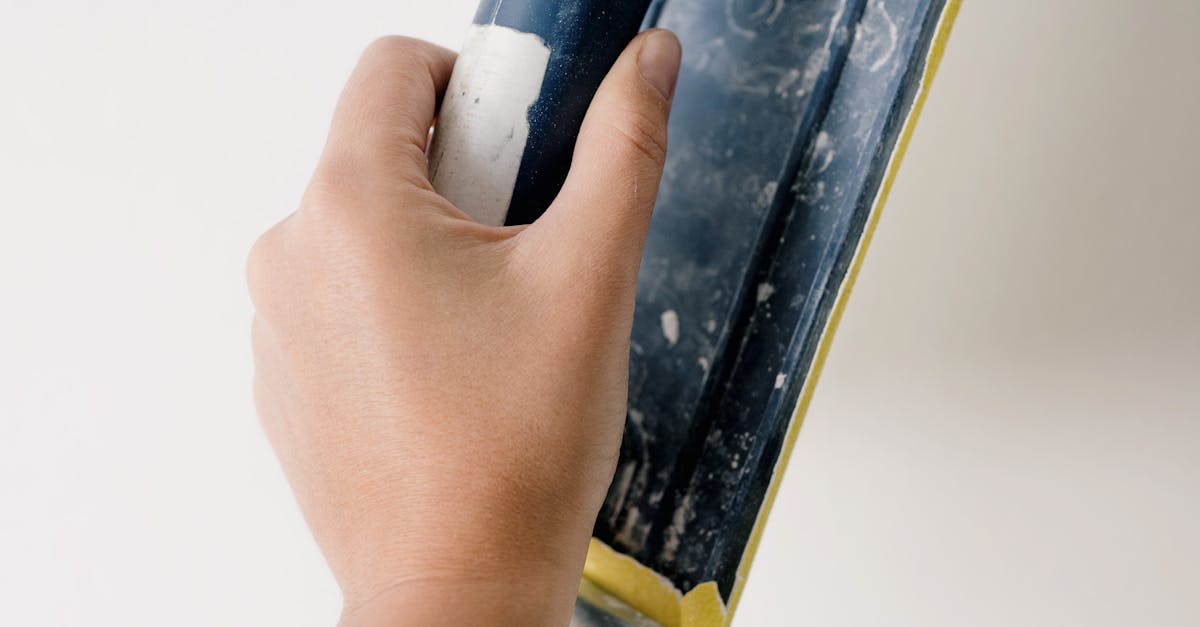
Ventilation and Heat Recovery Systems in Passive House Insulation
Passive house construction is increasingly incorporating heat recovery systems to improve energy efficiency and indoor air quality. These systems, such as heat exchangers, effectively capture and transfer heat from outgoing air to incoming fresh air....
Read more →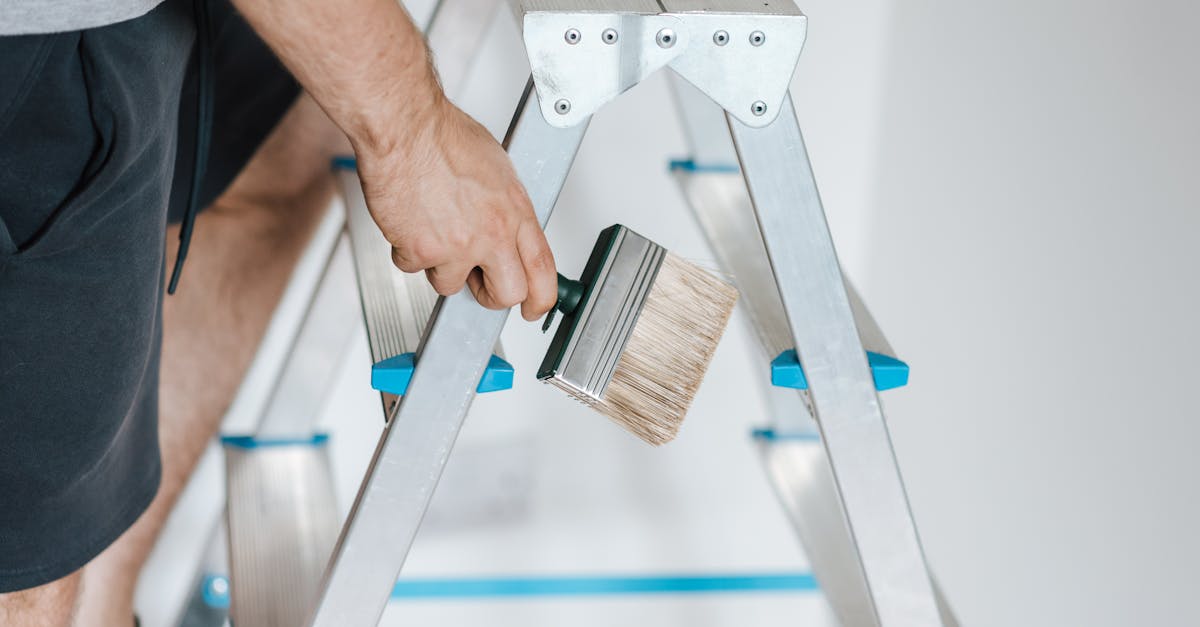
Insulation Materials for Passive House Construction
Insulation materials play a crucial role in reducing noise transmission within buildings, making them essential components in achieving effective soundproofing. Various insulation types offer different levels of soundproofing capabilities, allowing b...
Read more →
Moisture Control in Passive House Insulation
When it comes to moisture control in passive house insulation, regular monitoring and maintenance are key factors in ensuring optimal performance. It is important to conduct routine inspections to identify any signs of moisture buildup or damage to t...
Read more →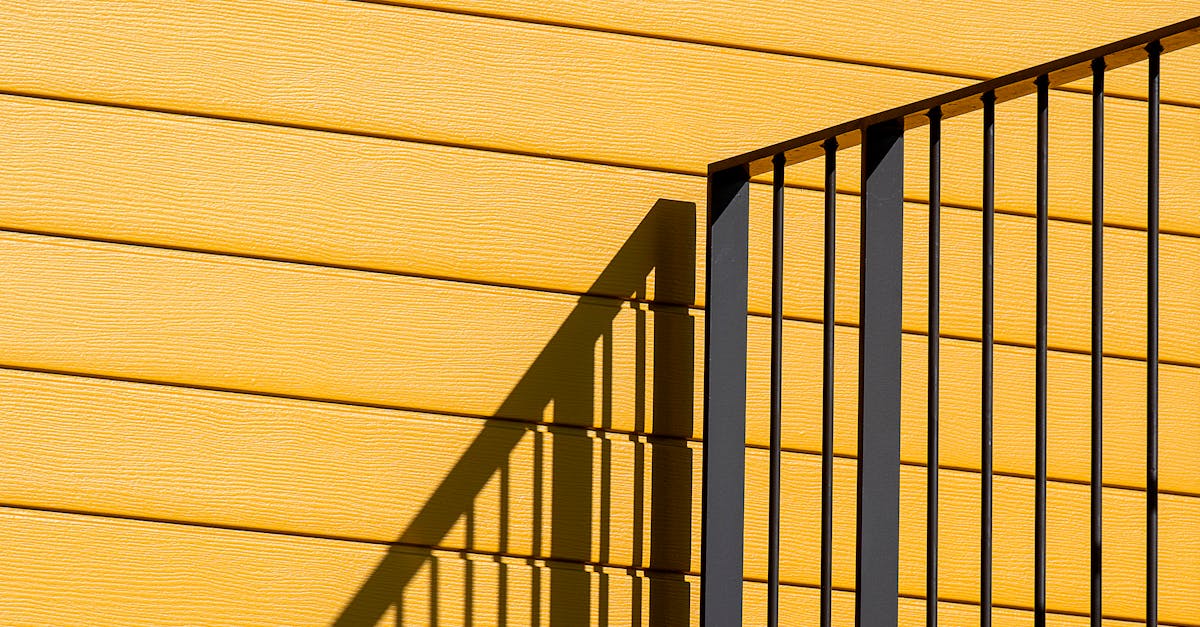
Thermal Bridging Prevention in Passive House Insulation
Quality control measures are crucial in ensuring the effectiveness and efficiency of insulation in passive house construction. Regular checks and assessments must be conducted to verify that the insulation materials are installed correctly and that t...
Read more →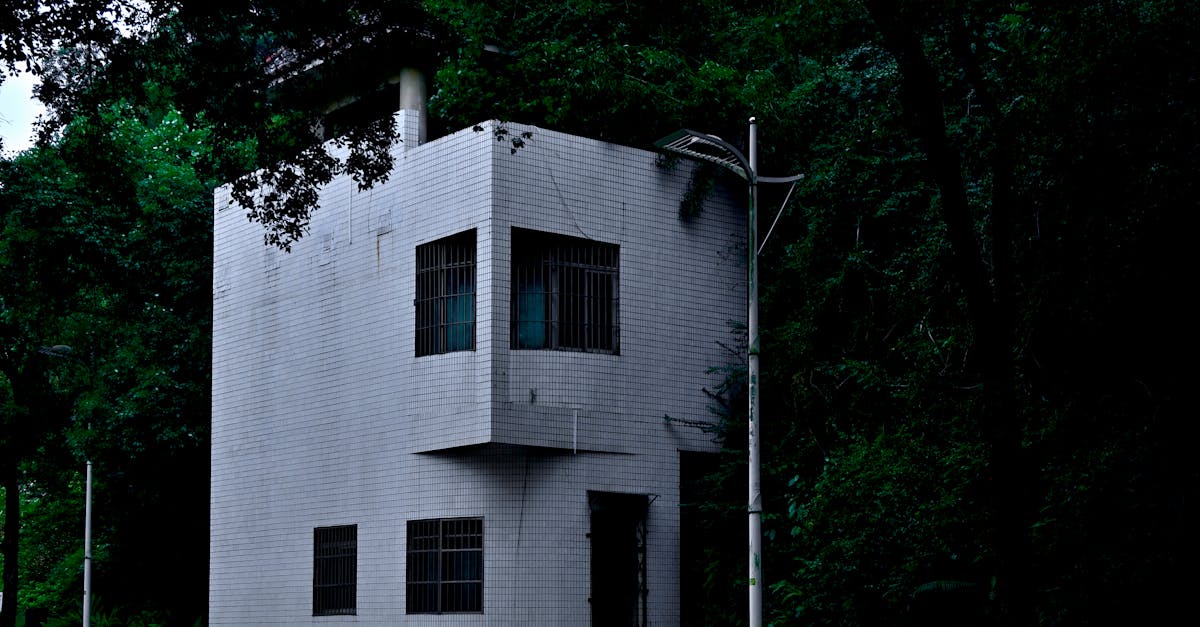
Airtightness Strategies for Passive House Buildings
When it comes to airtightness planning and implementation in Passive House buildings, meticulous attention to detail is crucial. The process begins with a well-thought-out design that integrates airtightness measures seamlessly into the overall build...
Read more →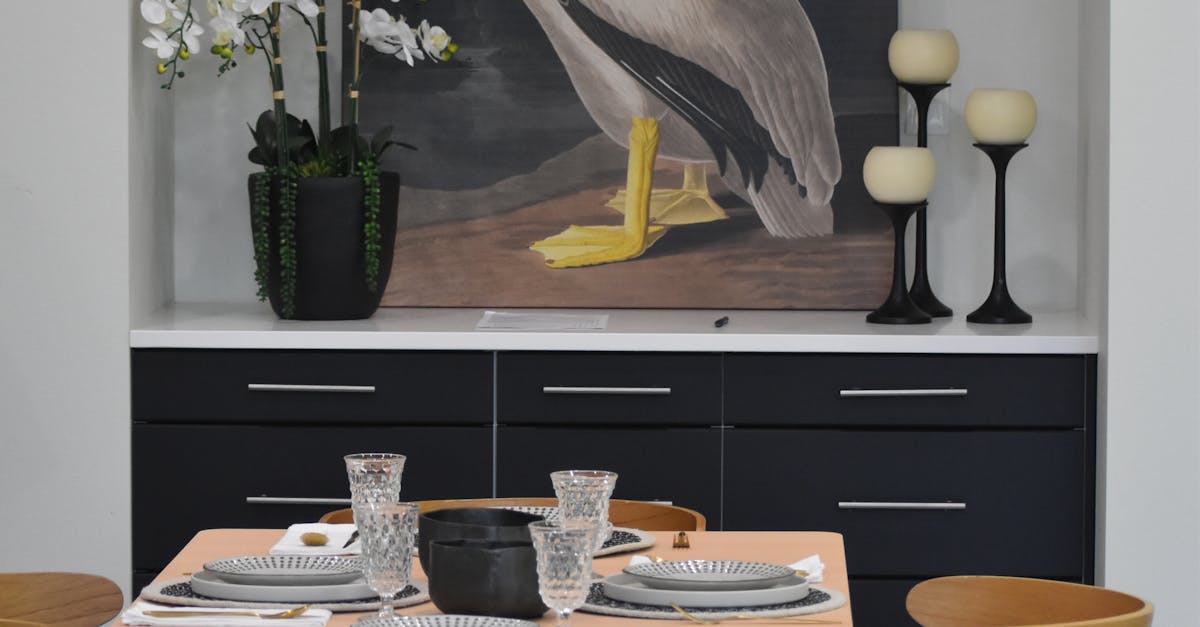
Importance of Proper Insulation in Passive House Construction
Insulating passive houses effectively can be achieved through various cost-effective strategies that not only help in maintaining a comfortable indoor environment but also lead to significant energy savings. One key strategy is to focus on air sealin...
Read more →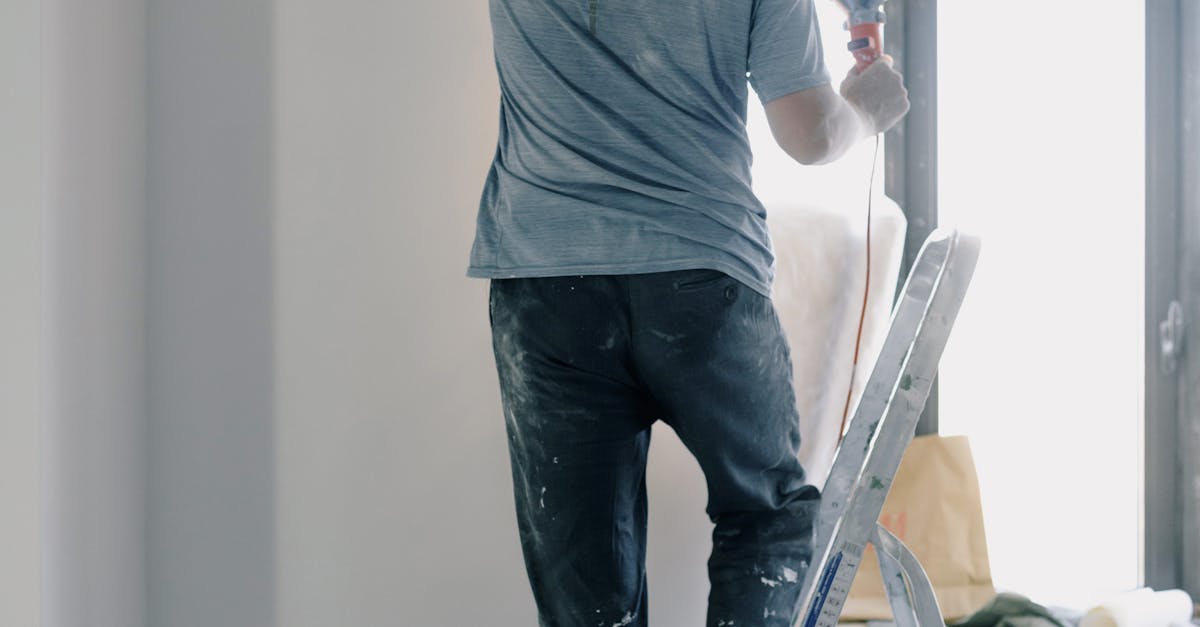
Passive House Construction Techniques: Rainwater Harvesting and Greywater Systems
To ensure the effective functioning of rainwater harvesting systems, regular maintenance is essential. Firstly, it is crucial to inspect the gutters and downpipes frequently for any blockages caused by debris such as leaves or twigs. These blockages ...
Read more →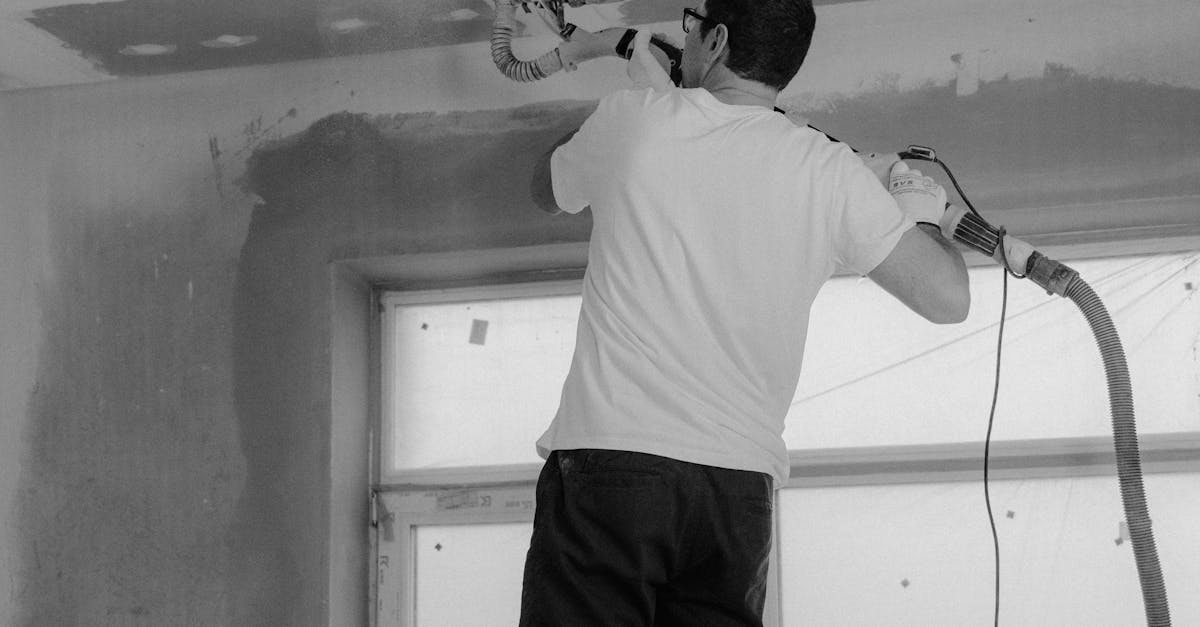
Passive House Construction Techniques: Exterior Insulation and Cladding
Proper ventilation is a crucial aspect of passive house construction, ensuring a healthy indoor environment and optimal energy efficiency. In passive houses, where airtightness is essential for insulation, a balanced ventilation system is necessary t...
Read more →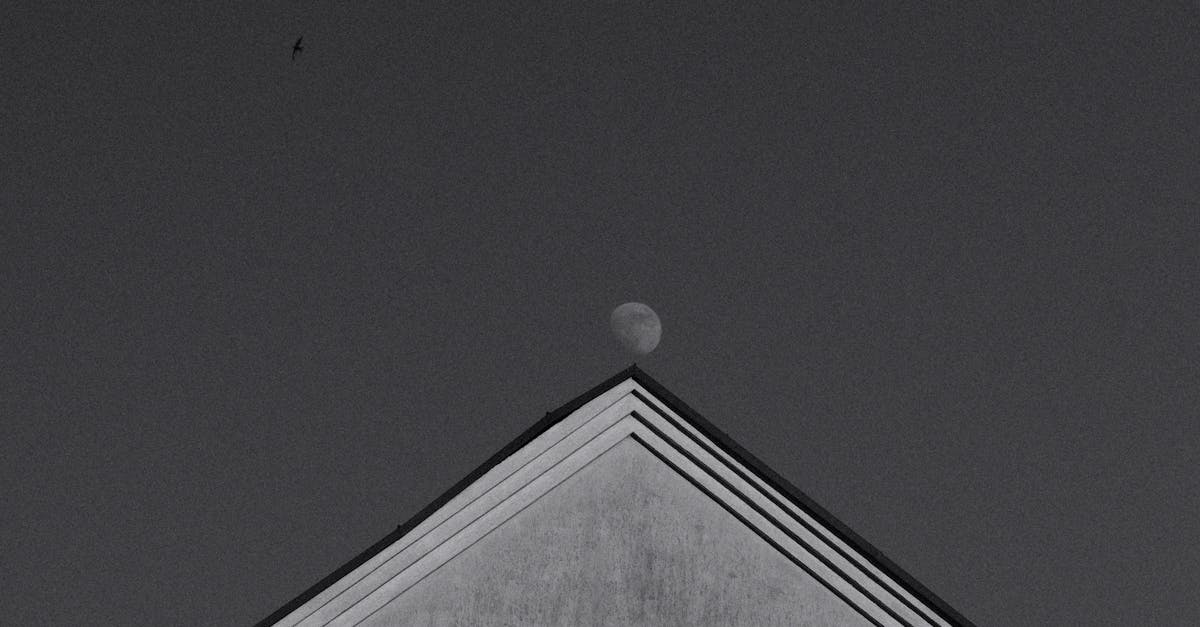
Passive House Construction Techniques: Insulated Foundation and Slab Design
When it comes to constructing passive houses with a focus on sustainability, one of the key considerations is the sourcing of materials. Opting for materials that are sustainably sourced can significantly reduce the environmental impact of the constr...
Read more →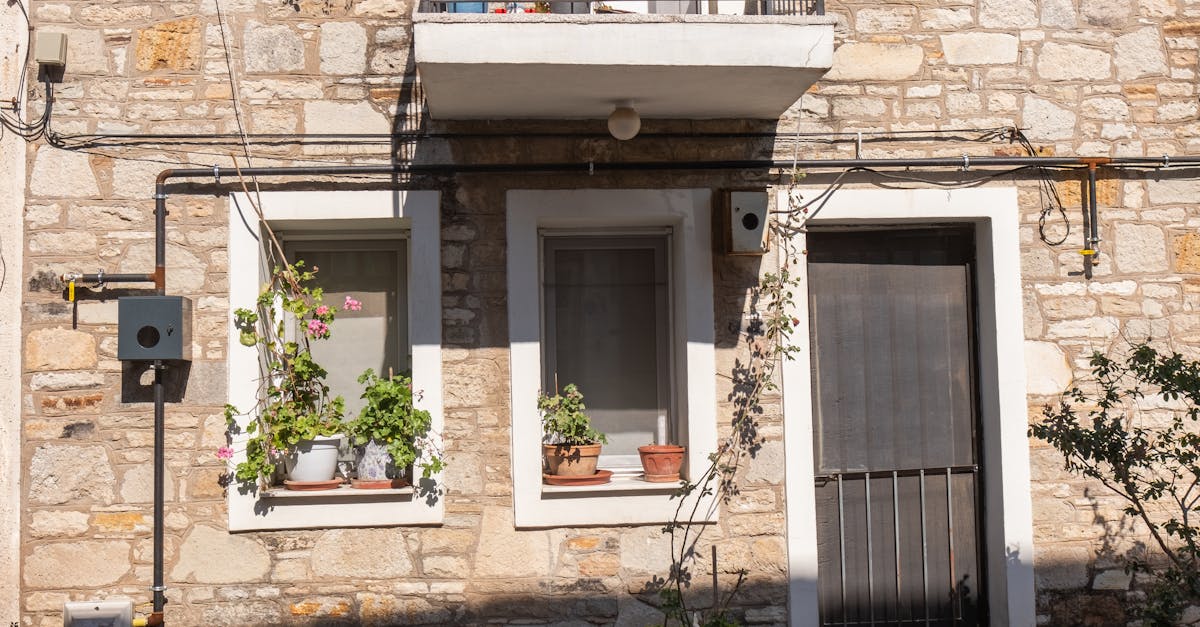
Passive House Construction Techniques: Advanced Framing Techniques
Proper air sealing is of utmost importance in passive house construction to ensure the highest level of energy efficiency and indoor comfort. By effectively sealing all gaps and cracks in the building envelope, air leakage is minimized, which reduces...
Read more →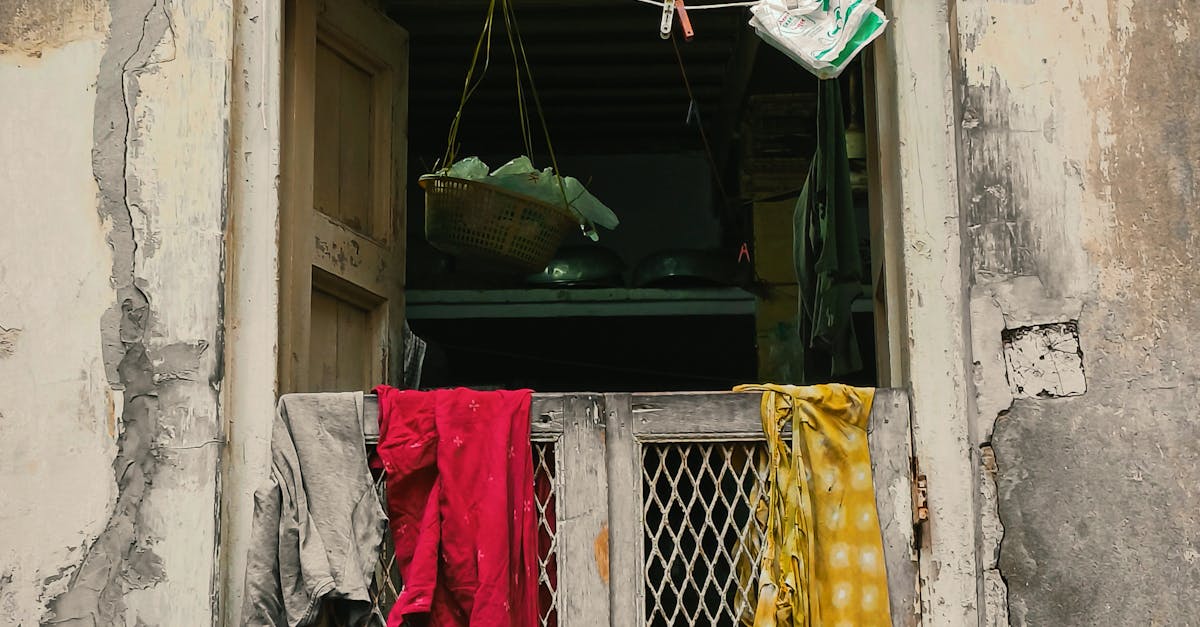
Passive House Construction Techniques: Solar Shading and Overhangs
Using vegetation for natural shading is an effective technique in passive house construction. By strategically placing trees and plants around the building, the structure can benefit from the cooling effects of shade during hot weather. This is parti...
Read more →
Passive House Construction Techniques: Airtightness Testing and Sealing
Achieving a high level of airtightness in passive house construction offers a multitude of benefits that can significantly enhance the overall performance of the building. One of the primary advantages is the substantial reduction in energy consumpti...
Read more →
Passive House Construction Techniques: Prefabrication and Modular Construction
Passive house construction techniques have revolutionized the way buildings are designed and built, with a strong focus on maximizing energy efficiency. Modular construction techniques play a crucial role in achieving this goal by streamlining the co...
Read more →
Passive House Construction Techniques: Thermal Bridge-Free Construction
Passive solar design strategies play a crucial role in maximizing energy efficiency in buildings. By strategically placing windows and insulation to capture and retain solar heat during winter months, buildings can significantly reduce their reliance...
Read more →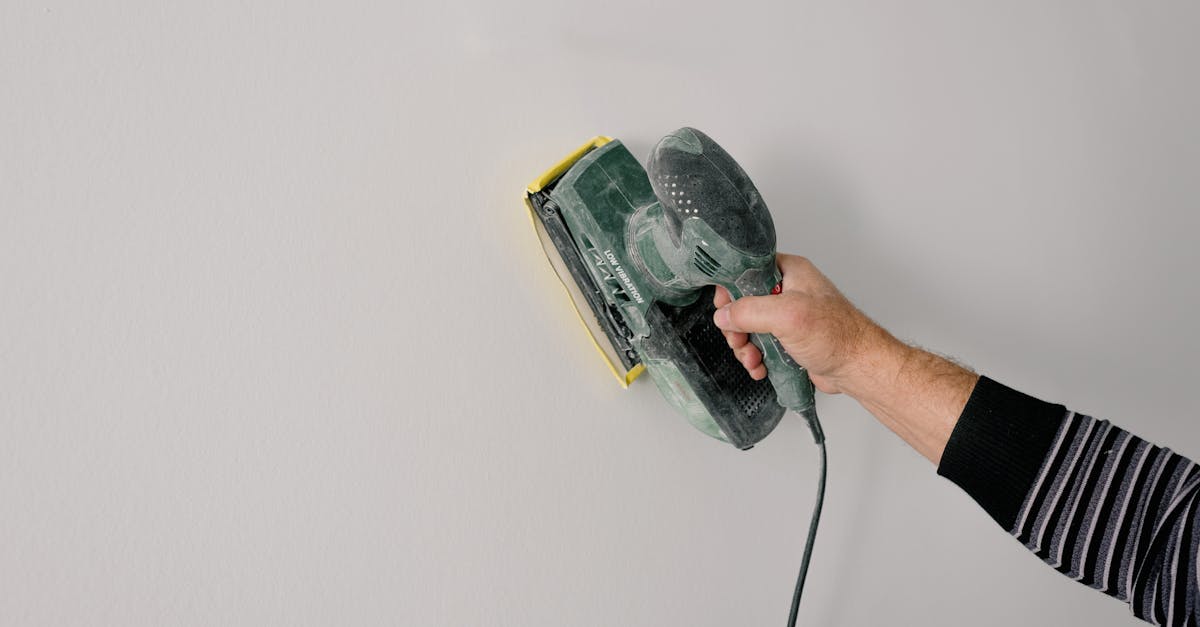
Passive House Construction Techniques: High Performance Windows and Doors
Energy-efficient frames are a crucial aspect of passive house construction, playing a significant role in enhancing the overall performance of windows and doors. When choosing the best options for windows and doors, it is essential to consider the ma...
Read more →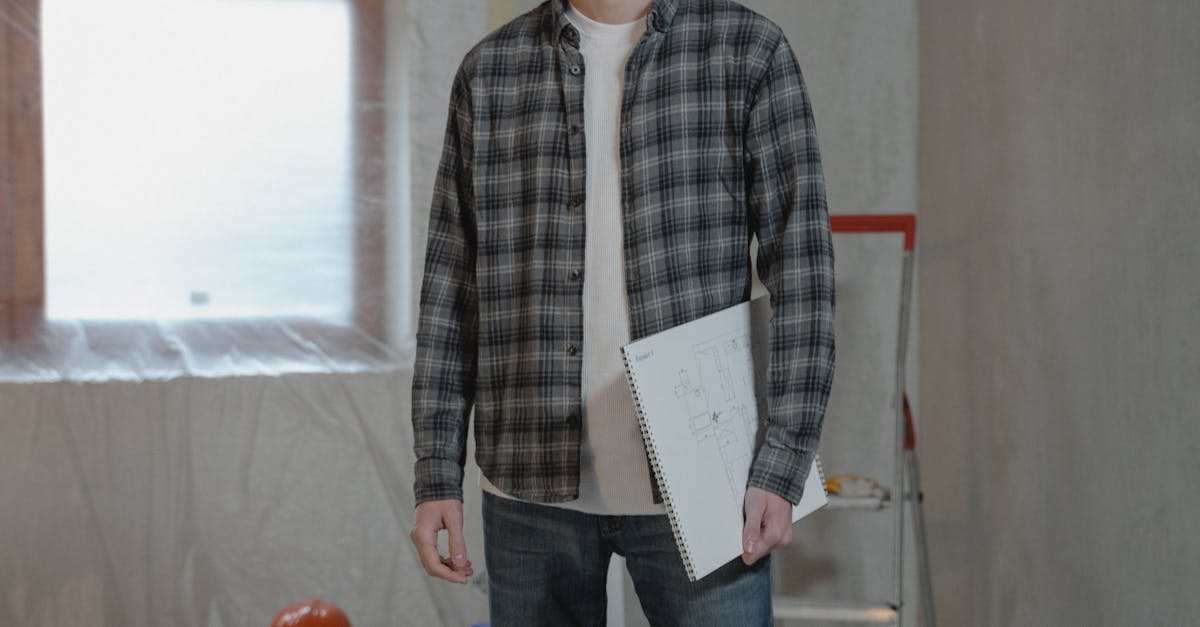
Passive House Construction Techniques: Ventilation System Installation
Installing a ventilation system in a passive house involves a meticulous process to ensure optimal performance and efficiency. The first step is to carefully plan the layout of the ductwork to ensure proper air distribution throughout the house. It i...
Read more →
Passive Solar Design Techniques for Passive House Construction
Daylighting strategies play a crucial role in passive house construction, enhancing occupants' well-being and reducing the need for artificial lighting. The key principles of daylighting design include maximizing natural light penetration, minimizing...
Read more →
Daylighting and Natural Lighting in Passive House Design
When designing a Passive House, integrating artificial lighting is a key consideration to ensure that the space is both functional and energy-efficient. By strategically placing artificial light sources throughout the house, designers can enhance the...
Read more →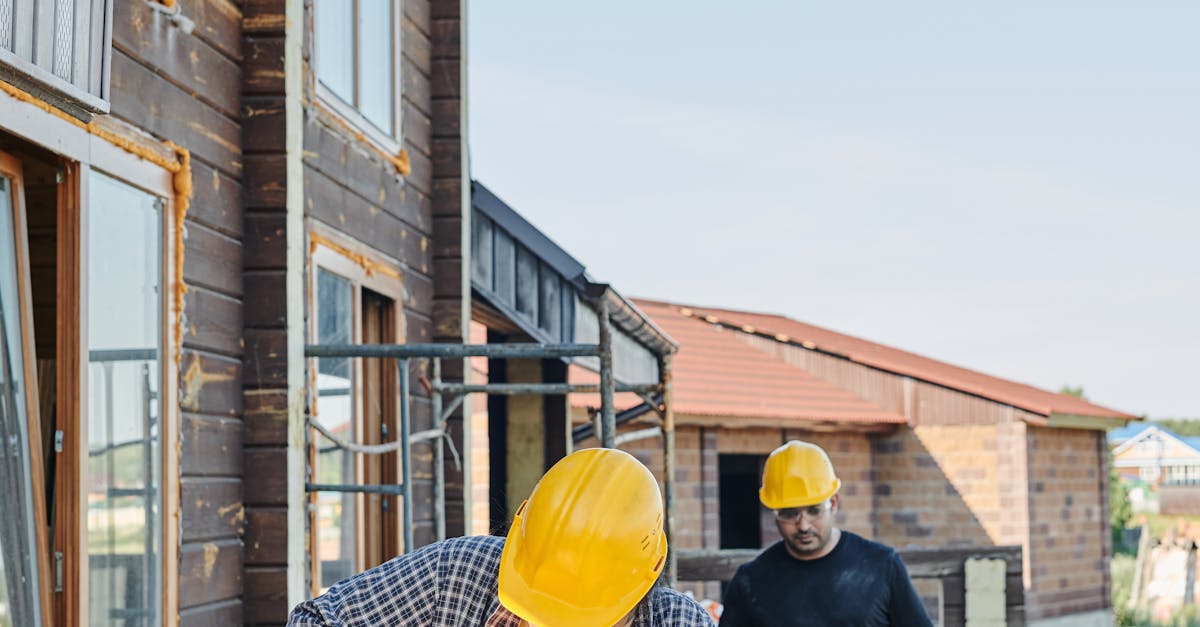
Optimal Building Form and Layout in Passive House Design
Energy-efficient lighting and appliances play a crucial role in achieving optimal energy performance in Passive House design. LED lighting solutions are a popular choice due to their high efficiency and long lifespan. By using LED lights, homeowners ...
Read more →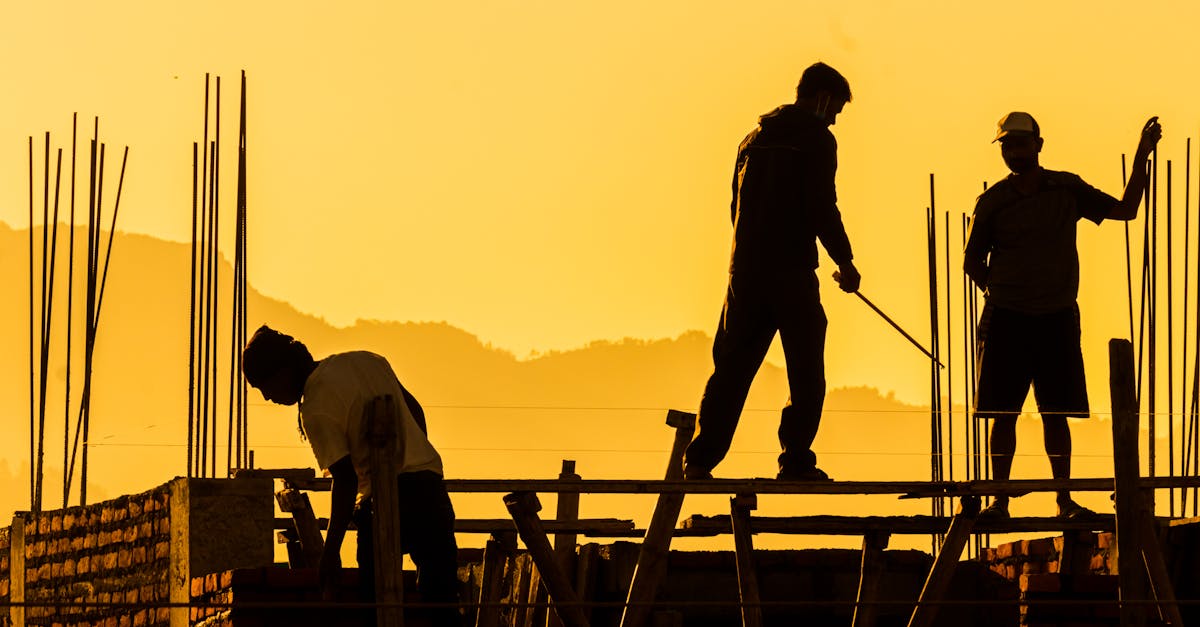
Role of Thermal Mass in Passive House Design
Maintenance for thermal mass elements in passive house design is crucial to ensure optimal performance and efficiency. Regular upkeep of these elements helps to preserve their functionality and longevity over time. It is recommended to clean the surf...
Read more →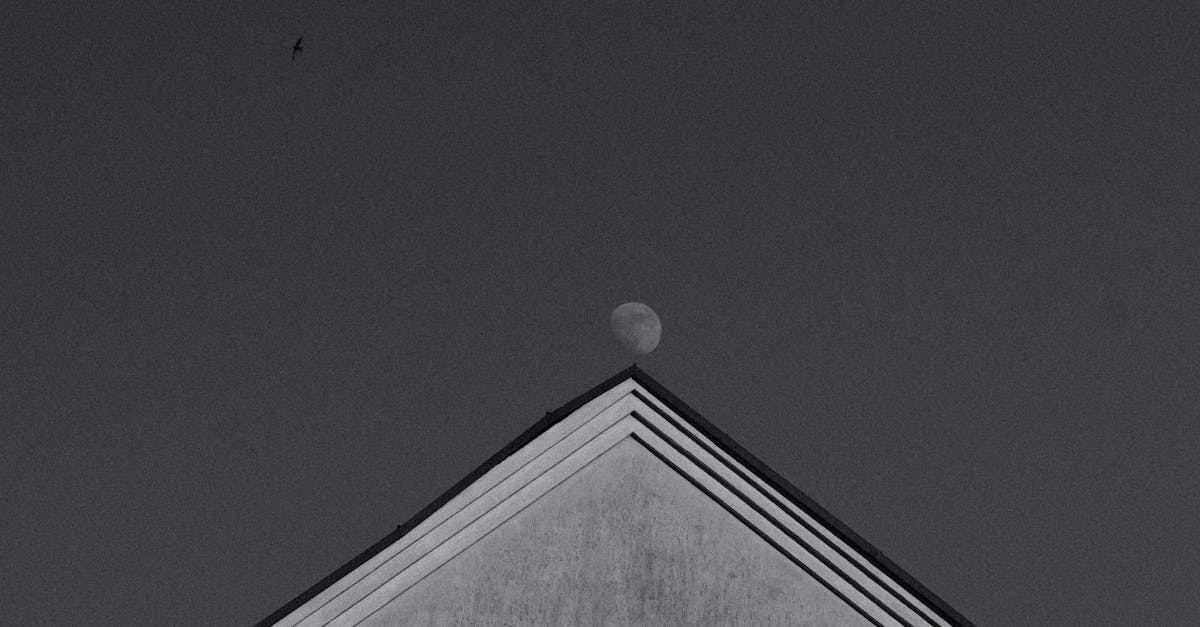
Ventilation Strategies in Passive House Design Principles
Awnings and shading devices play a crucial role in passive house design by providing effective protection against excessive sunlight and heat gain. These devices are strategically positioned to intercept direct sunlight before it penetrates windows a...
Read more →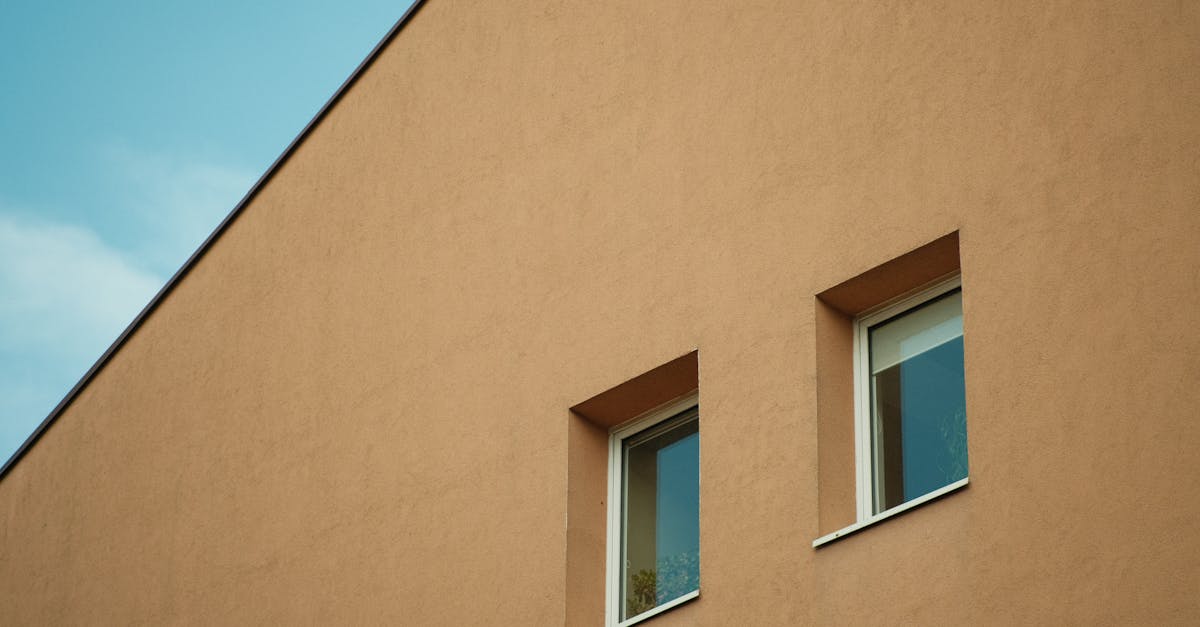
Minimizing Energy Demand with Passive House Design Principles
Passive house windows and doors play a crucial role in achieving optimal energy efficiency in a building. By utilizing high-quality, well-insulated windows and doors, passive houses can effectively minimize heat loss during winter and reduce heat gai...
Read more →
Shading and Overheating Prevention in Passive House Design
Passive cooling techniques play a crucial role in maintaining a comfortable indoor environment in Australian homes, especially during the hot and sunny seasons. One effective method is to utilize natural ventilation by strategically positioning windo...
Read more →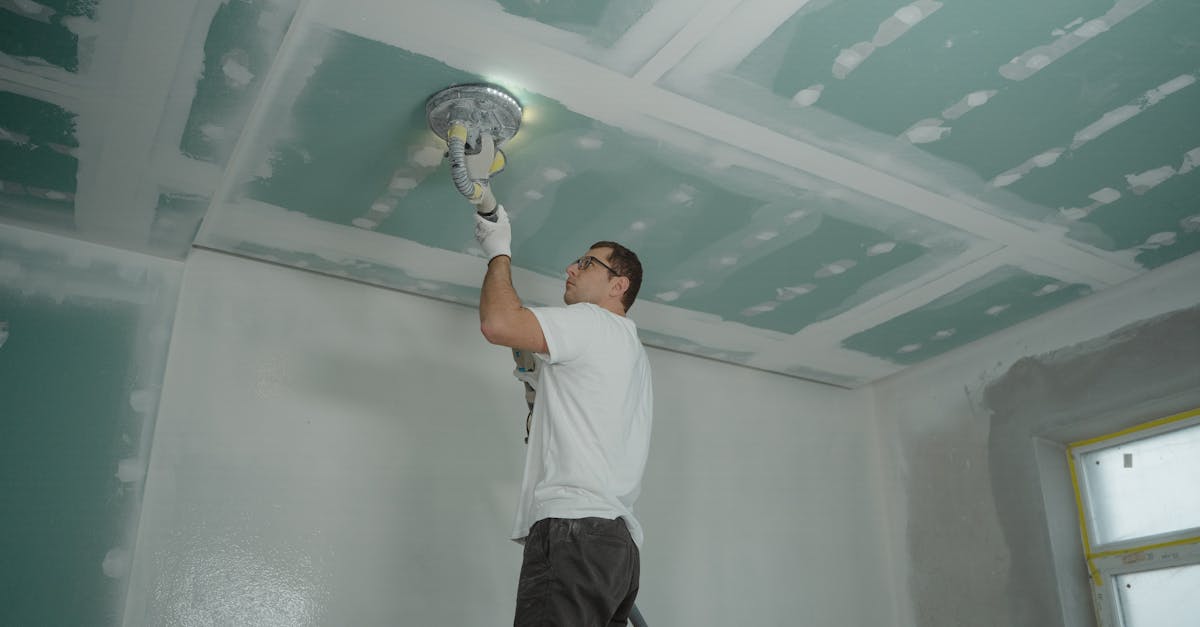
Importance of High-Performance Windows in Passive House Design
Selecting and installing energy-efficient windows in a cost-effective manner is crucial for achieving the desired performance in a Passive House design. One strategy to consider is to opt for double or triple glazing windows with low-emissivity coati...
Read more →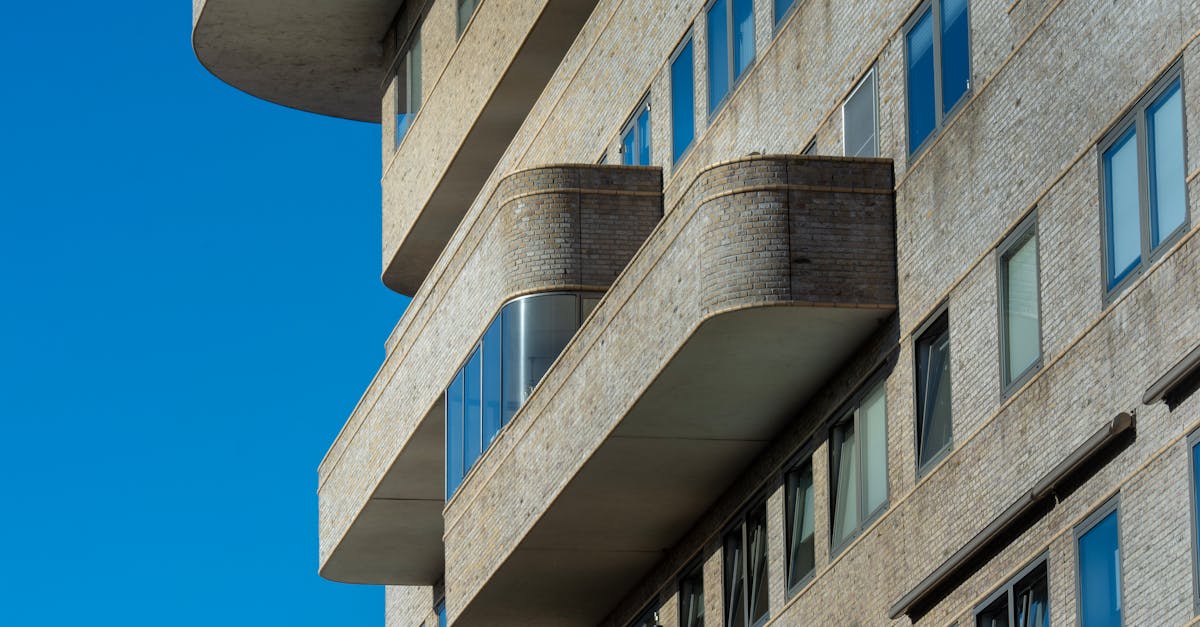
Thermal Bridge Free Construction in Passive House Design
Passive House design has gained traction in the construction industry due to its focus on energy efficiency and sustainability. Successful case studies have shown the effectiveness of thermal bridge free construction in achieving these goals. For ins...
Read more →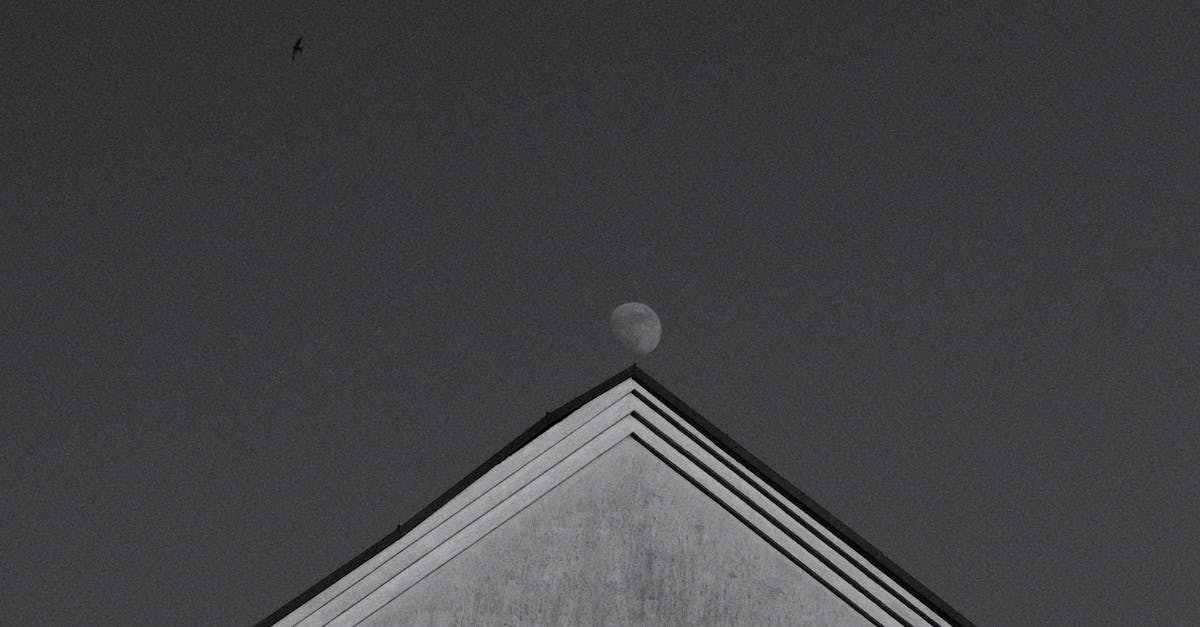
Orientation and Solar Heat Gain in Passive House Design Principles
Passive house design principles prioritize the incorporation of overhangs and shading devices to regulate solar heat gain and prevent overheating in the building. In the Australian context, where temperatures can soar during summer months, effective ...
Read more →
Integrating Solar Gain and Shading into Passive House Architecture
Passive House Architecture revolves around designing buildings that prioritize energy efficiency and sustainability. The key principle is to create structures that maintain a comfortable indoor climate without the extensive use of mechanical heating ...
Read more →
Impact of Solar Gain on Passive House Energy Performance
Passive house designs aim to optimize energy performance through efficient management of solar gain. Monitoring and controlling solar gain play a crucial role in maintaining the desired indoor temperature while minimizing the need for additional heat...
Read more →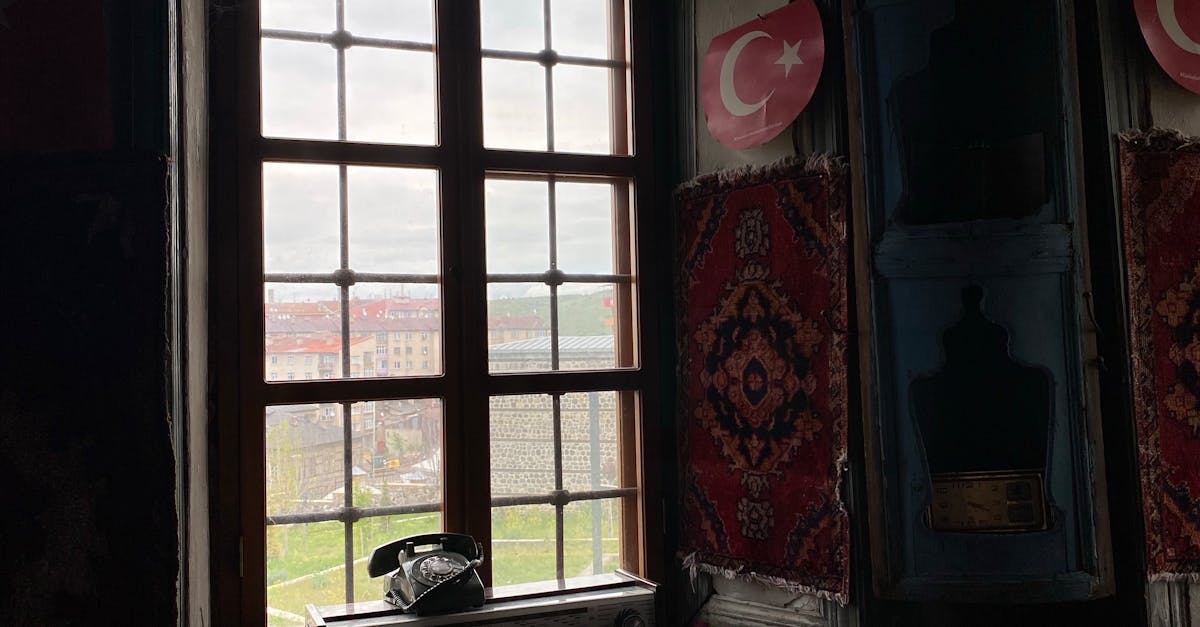
Passive House Shading Solutions for Maximum Solar Efficiency
Maintaining and caring for shading systems in passive houses is essential to ensure their longevity and optimal performance. Regular inspections of the shading elements are recommended to identify any wear and tear, such as damaged louvres or fading ...
Read more →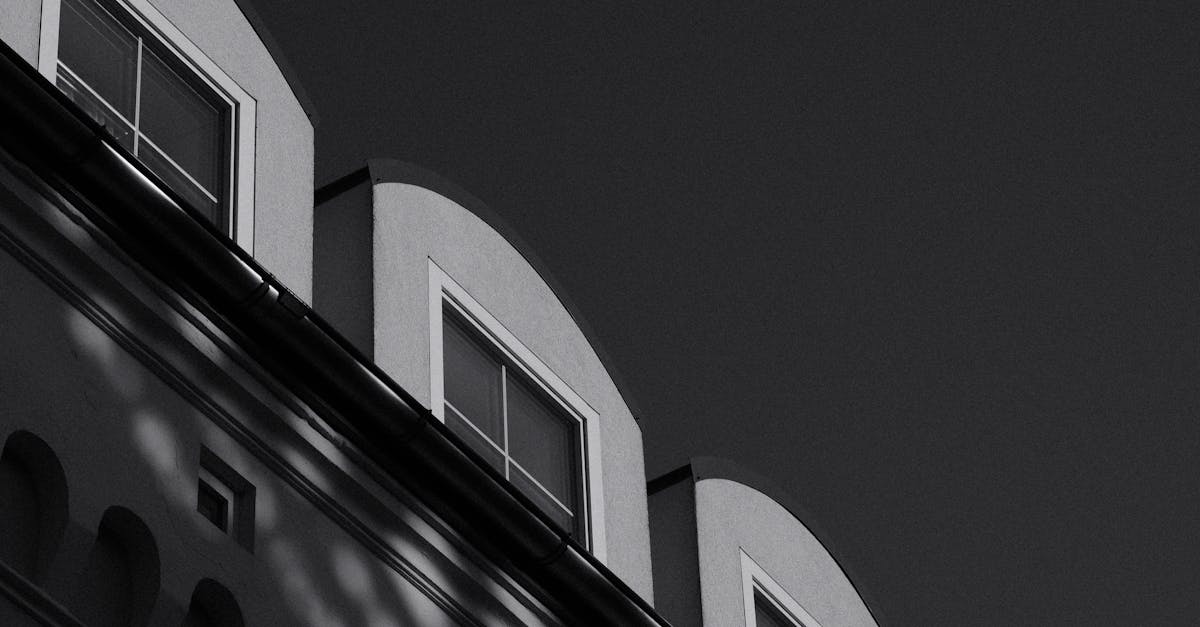
Passive House Design: Balancing Solar Gain and Shading
Smart home automation plays a pivotal role in optimizing the energy efficiency of passive house designs. By integrating intelligent systems that control sunshading devices, homeowners can effectively manage the amount of solar gain entering their hom...
Read more →
Passive Solar Design Strategies for Passive House Projects
Energy-efficient lighting plays a crucial role in reducing energy consumption and maintaining the sustainability of passive house projects. LED lighting options are highly recommended for their low energy usage and long lifespan. By incorporating LED...
Read more →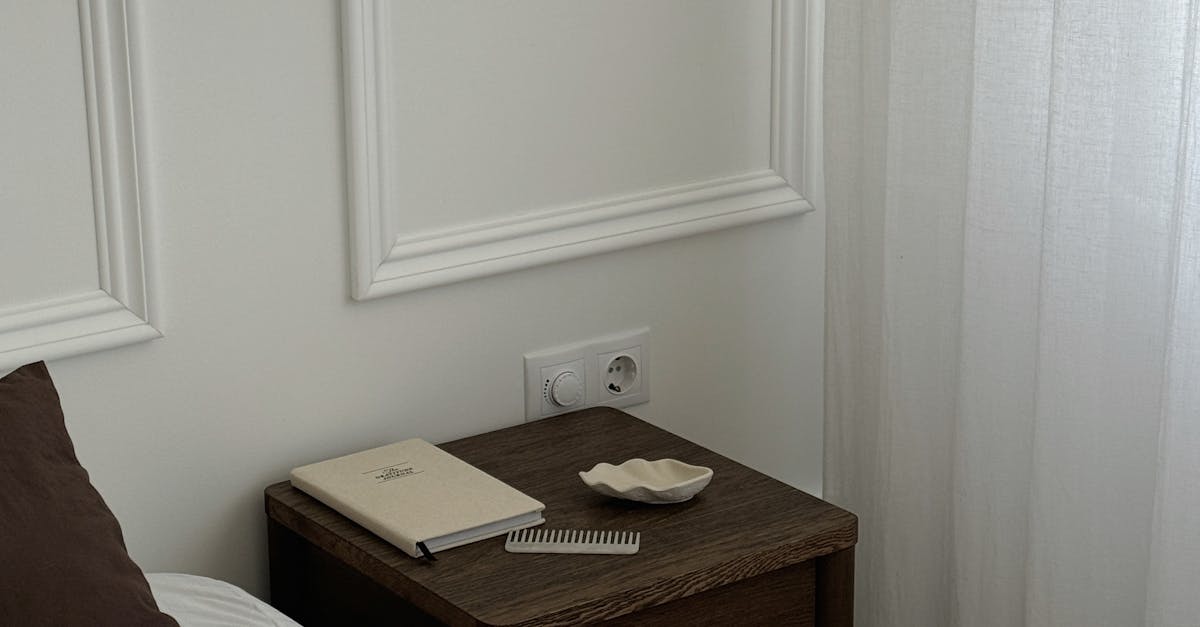
Importance of Thermal Mass in Passive House Solar Gain
Thermal mass plays a critical role in reducing heating and cooling costs in passive house design. By absorbing and storing heat during the day and releasing it slowly at night, thermal mass helps to stabilize indoor temperatures. This process minimiz...
Read more →
Harnessing Solar Energy for Heating and Lighting in Passive House
Sustainable design principles play a crucial role in creating buildings that are energy-efficient and environmentally friendly. In the context of harnessing solar energy for heating and lighting in passive houses, these principles guide architects an...
Read more →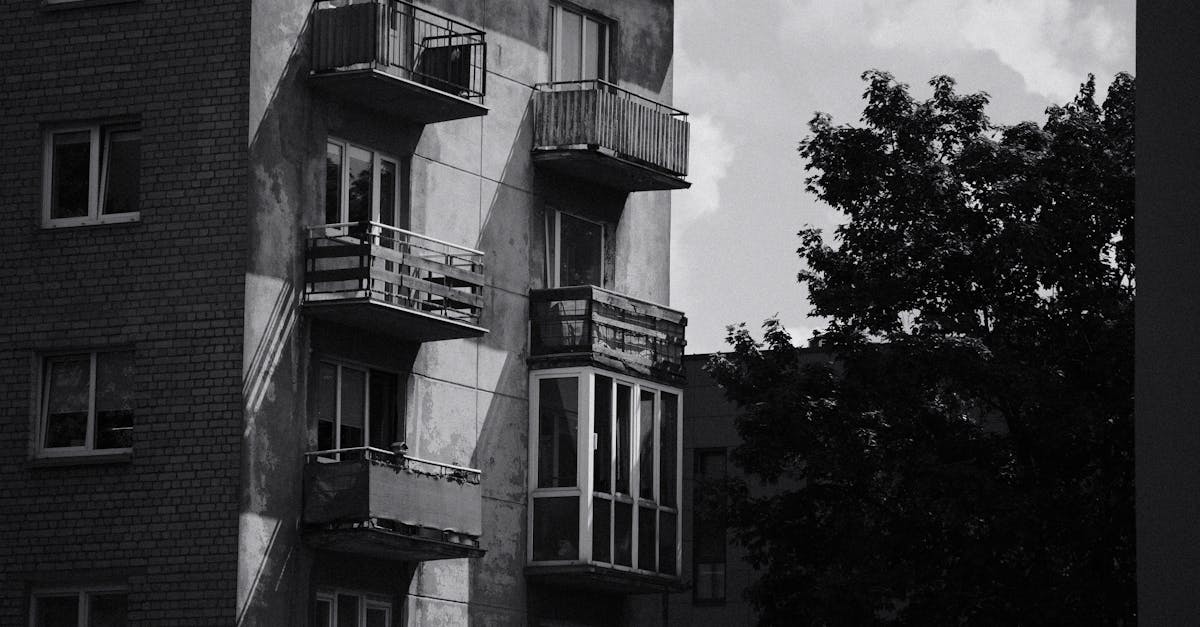
Optimising Solar Orientation for Passive House Construction
In passive house construction, incorporating landscape design for solar shading is a critical aspect in optimizing energy efficiency. By strategically placing trees, shrubs, and other vegetation around a building, natural shade can be created to redu...
Read more →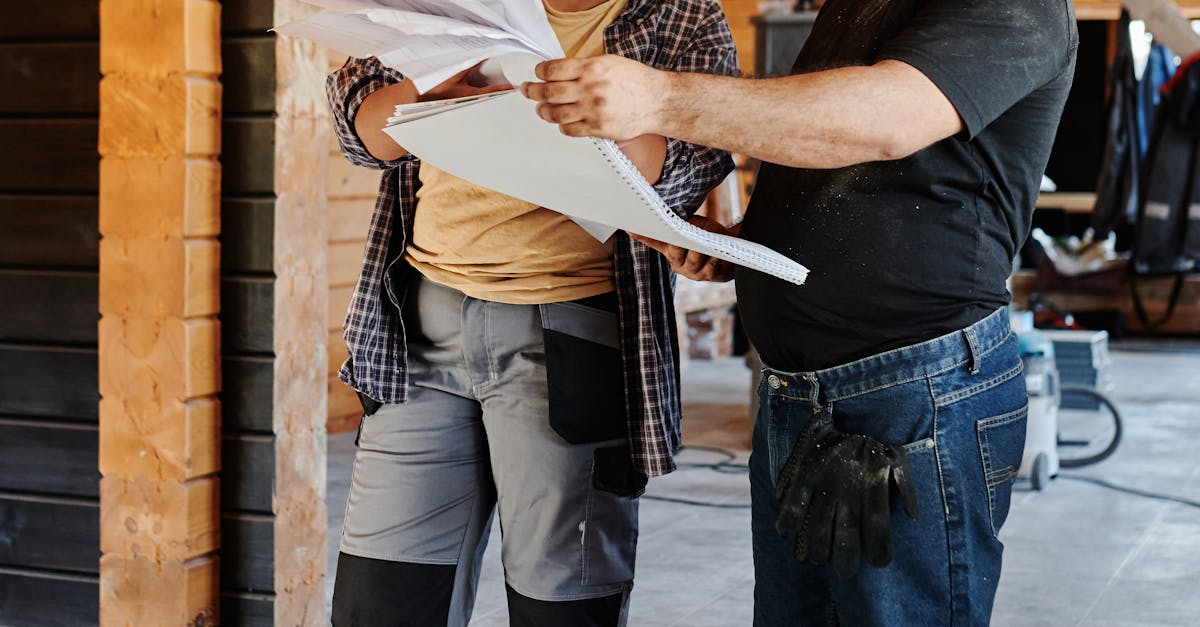
Understanding Solar Shading Techniques for Passive Houses
Building orientation plays a crucial role in the design of passive houses, particularly in maximizing energy efficiency and comfortable living conditions. By strategically aligning the building with the sun's path, architects and designers can optimi...
Read more →
Case Studies: Successful Implementation of MVHR in Passive House Buildings
Regular maintenance of Mechanical Ventilation with Heat Recovery (MVHR) systems is crucial for ensuring optimal performance and long-term efficiency in Passive House buildings. One key best practice is to schedule regular filter replacements as per m...
Read more →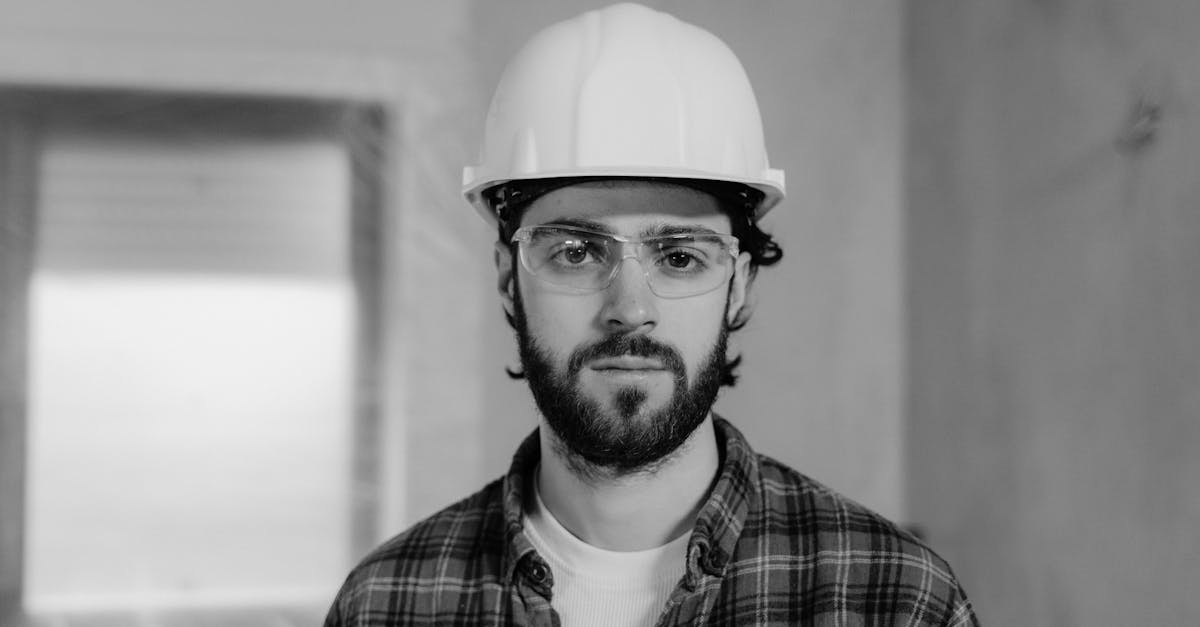
Benefits of Solar Gain in Passive House Design
Passive house designs incorporating solar energy systems offer homeowners enhanced resilience and independence. By harnessing the power of the sun, these homes can generate their own electricity, reducing reliance on the grid and providing an alterna...
Read more →
Future Trends and Innovations in MVHR Technology for Passive Houses
MVHR systems offer a range of health benefits for residents of passive houses. One key advantage is the continuous supply of fresh, filtered air, which helps improve indoor air quality and reduces the presence of allergens and pollutants. By constant...
Read more →
Integrating MVHR with Other Passive House Principles for Maximum Efficiency
Noise reduction is a critical aspect of creating a comfortable indoor environment within a Passive House. One effective method to address noise concerns is through the installation of soundproofing materials, such as acoustic panels, soundproof windo...
Read more →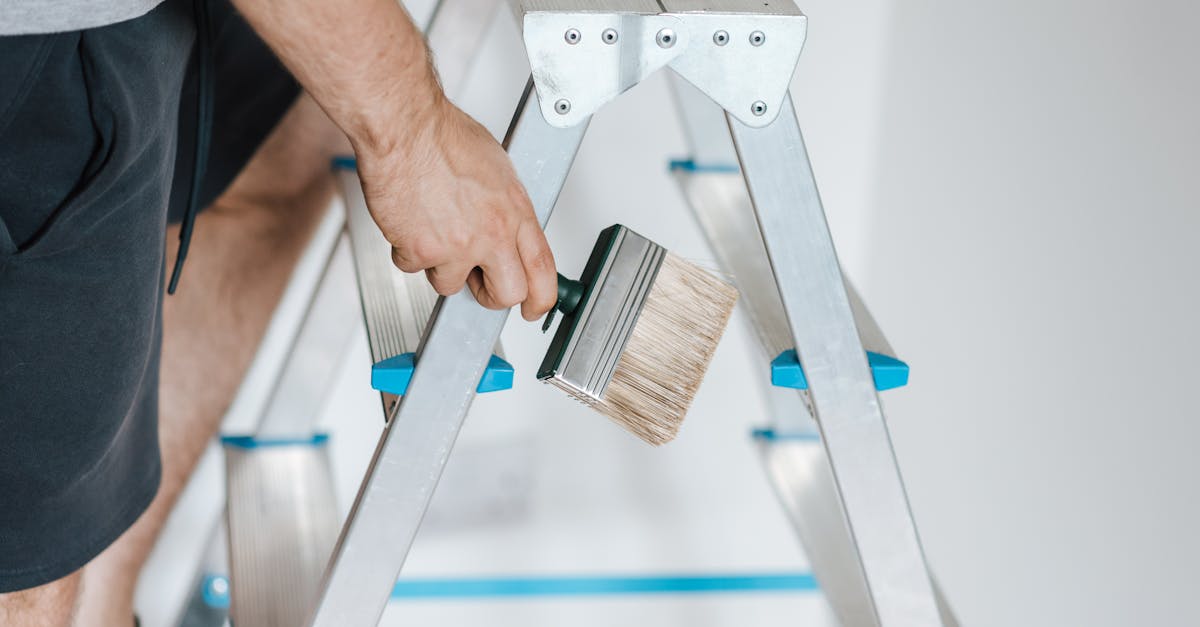
Cost Considerations for Implementing MVHR in Passive House Projects
When embarking on a passive house project that involves implementing Mechanical Ventilation with Heat Recovery (MVHR) systems, meticulous budget planning is crucial for the success of the venture. The cost of integrating an MVHR system can vary signi...
Read more →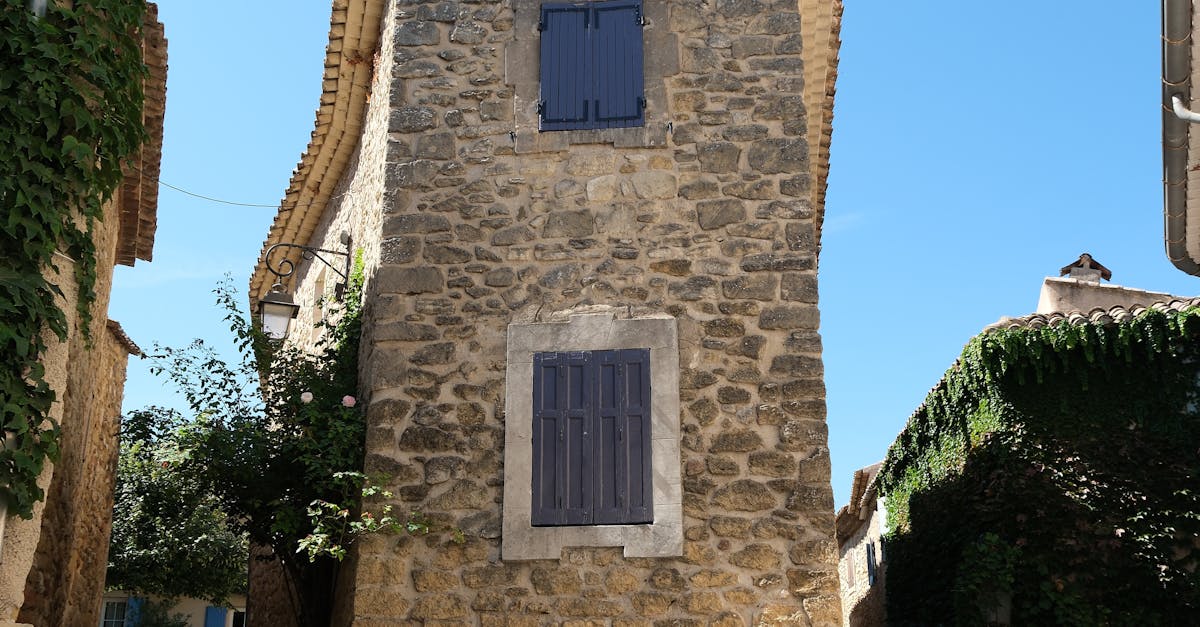
Optimizing Indoor Air Quality with MVHR in Passive Houses
Passive houses are renowned for their exceptional energy efficiency, with innovative features and technologies designed to minimise energy consumption. One key element in enhancing energy efficiency is the utilisation of Mechanical Ventilation with H...
Read more →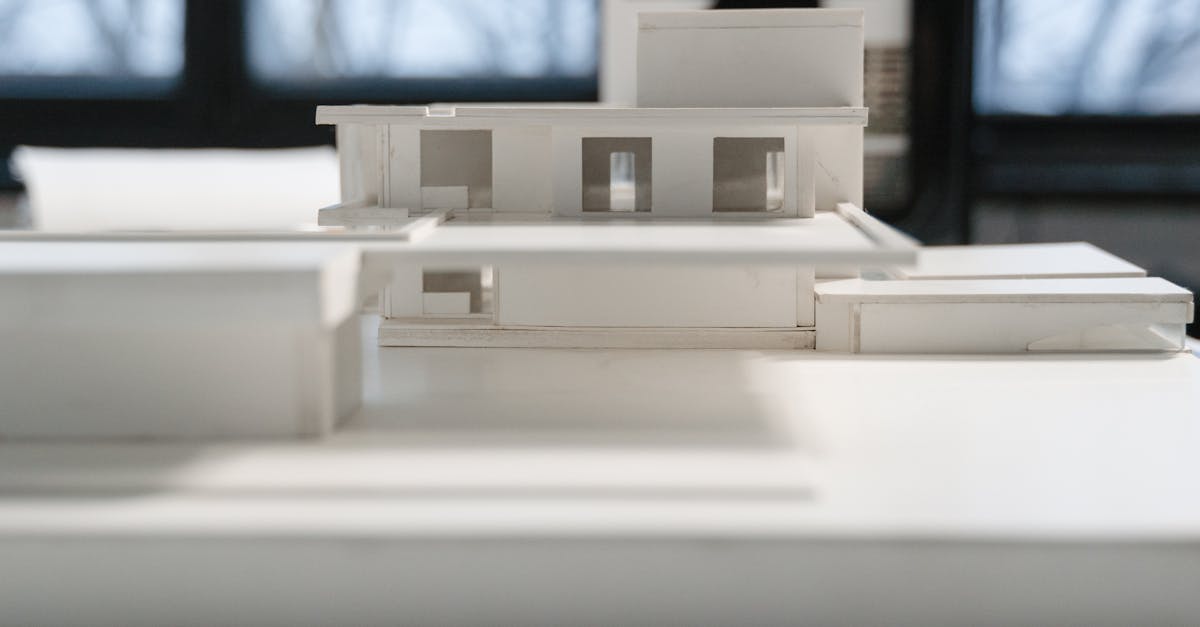
Maintenance and Operation of MVHR Systems in Passive Houses
To enhance the performance of MVHR systems in passive houses, it is crucial to ensure proper design and installation. This includes sizing the system correctly based on the specific needs of the house, as well as implementing efficient ductwork layou...
Read more →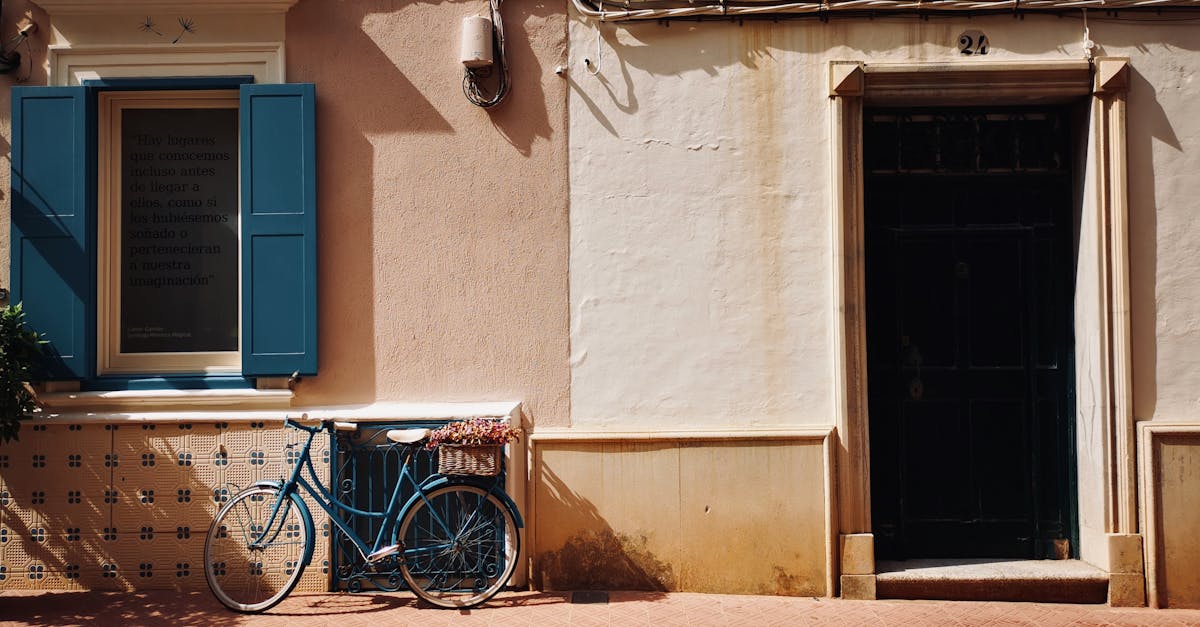
MVHR Installation Best Practices for Passive House Construction
Regular maintenance is essential for ensuring optimal performance of MVHR units in Passive House construction. One key aspect of maintenance is to conduct filter replacements on a scheduled basis to prevent the build-up of dust and debris, which can ...
Read more →
Choosing the Right MVHR System for Your Passive House
MVHR systems play a crucial role in maintaining good indoor air quality while ensuring energy efficiency in Passive Houses. One important aspect to consider when choosing an MVHR system is the noise levels it generates during operation. Noise levels ...
Read more →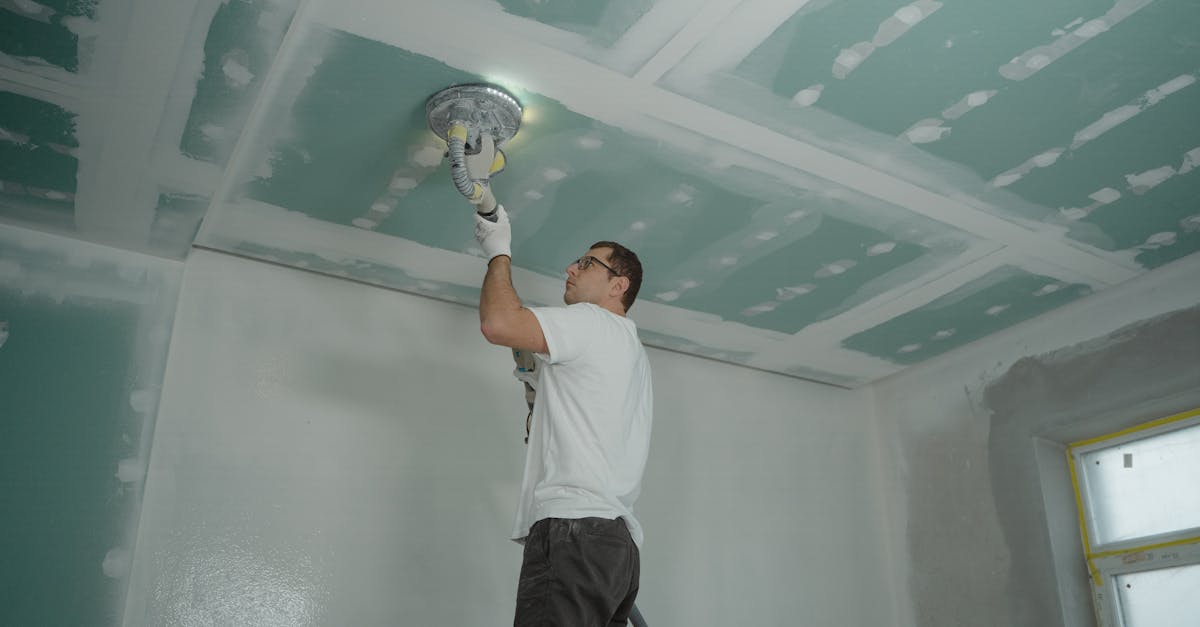
Understanding the Role of MVHR in Achieving Energy Efficiency in Passive Houses
In passive houses, the integration of renewable energy sources with Mechanical Ventilation with Heat Recovery (MVHR) systems plays a crucial role in achieving optimal energy efficiency. By harnessing solar power through the installation of solar pane...
Read more →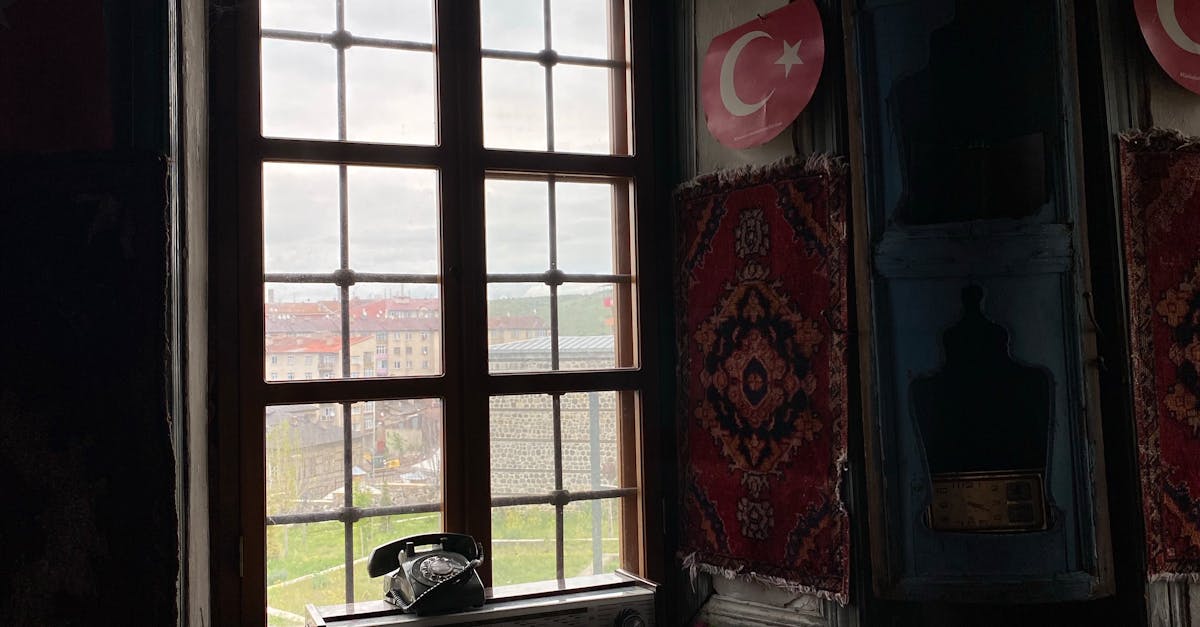
Importance of Mechanical Ventilation with Heat Recovery in Passive House Design
When installing mechanical ventilation systems in Passive House projects, it is crucial to consider factors such as the layout and size of the building, as well as the specific ventilation needs of the occupants. Proper placement of ventilation units...
Read more →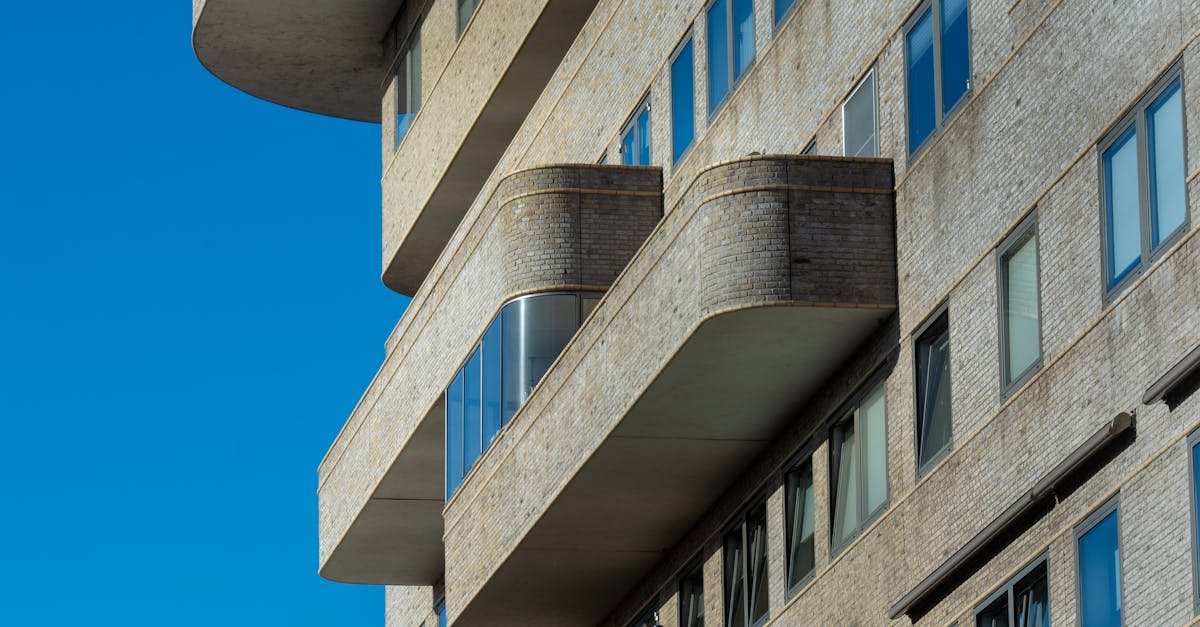
Cost-Effective Thermal Bridge-Free Strategies for Passive House
One of the key elements in constructing a cost-effective and sustainable passive house is the selection of eco-friendly materials. By choosing materials that have minimal impact on the environment, builders can reduce the carbon footprint of the buil...
Read more →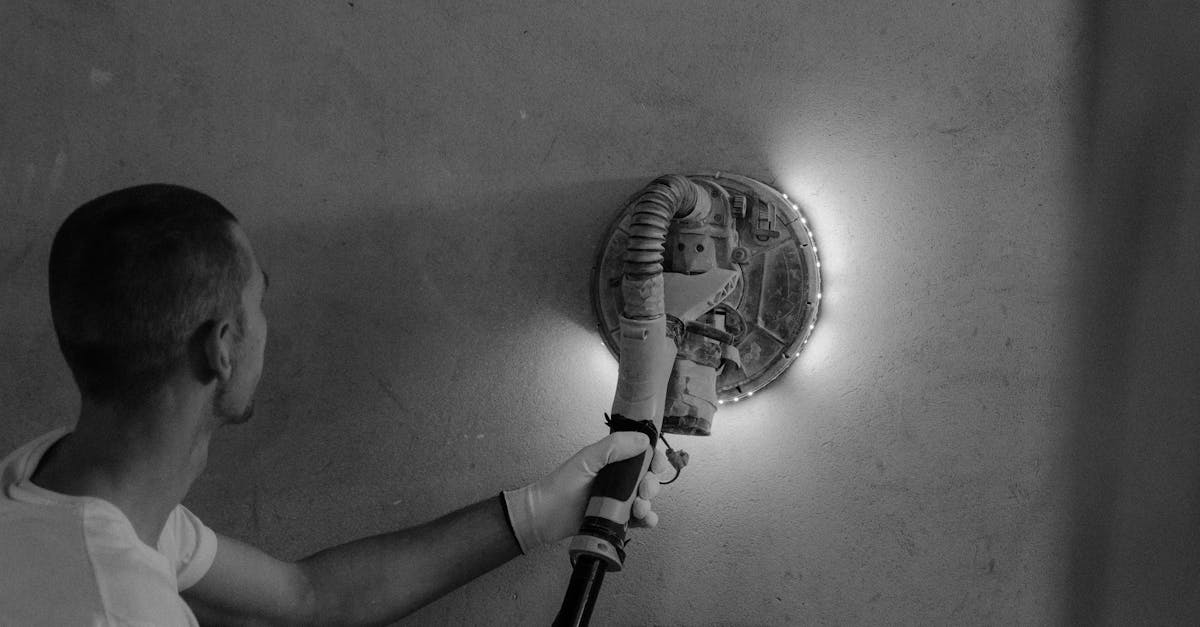
Passive House Standards for Thermal Bridge-Free Construction
Passive House standards for windows and doors play a crucial role in achieving airtightness and energy efficiency in building construction. These components are specifically designed to minimize heat loss and prevent thermal bridging, which can signi...
Read more →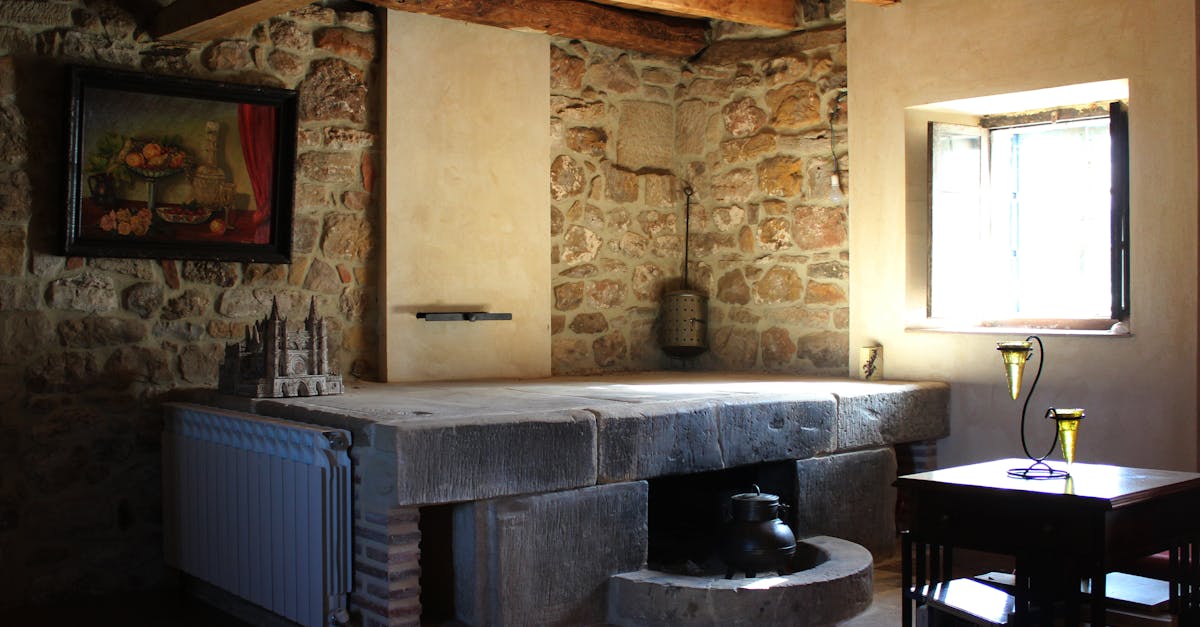
Innovations in Thermal Bridge-Free Construction for Passive House
Several successful passive house projects around the world have showcased the benefits of thermal bridge-free construction. One such project is the Drake Landing Solar Community in Alberta, Canada. This innovative development features a district heat...
Read more →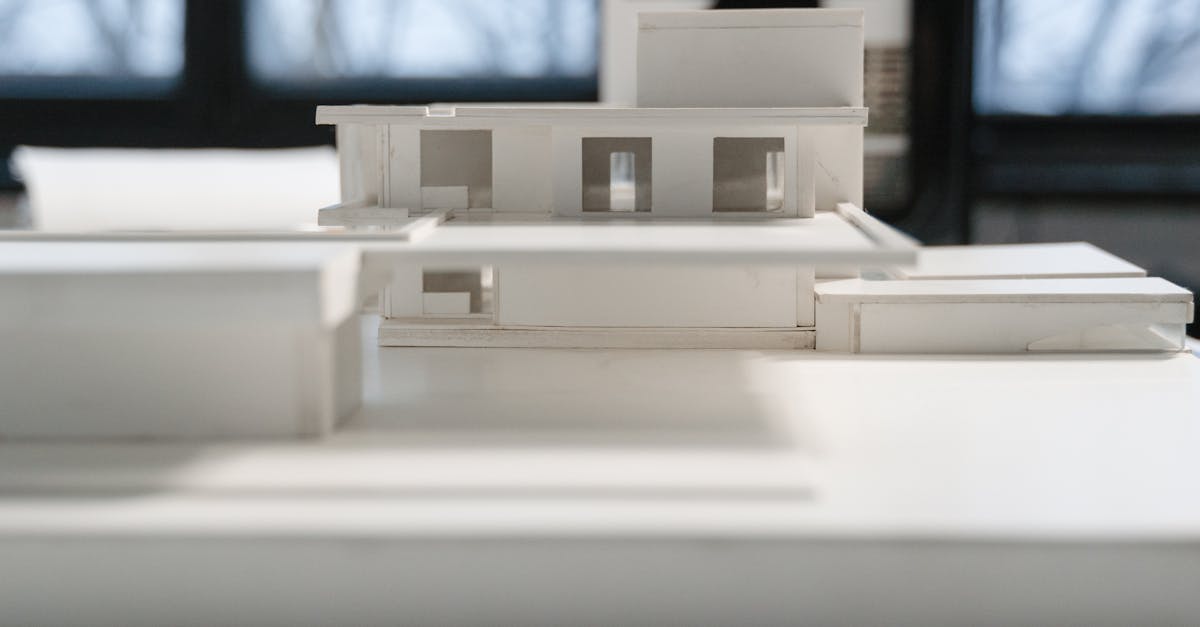
Passive House Certification and Thermal Bridge-Free Requirements
Passive House buildings are meticulously designed to prioritize occupants' comfort and well-being. Thanks to their exceptional insulation and airtight construction, these buildings maintain a consistent and comfortable indoor temperature throughout t...
Read more →
Case Studies of Successful Thermal Bridge-Free Construction in Passive House
In this case study, we explore a thermal bridge-free home built in Australia that showcases innovative sustainable features. The design of the home focused on maximizing energy efficiency while minimizing heat loss, essential aspects of Passive House...
Read more →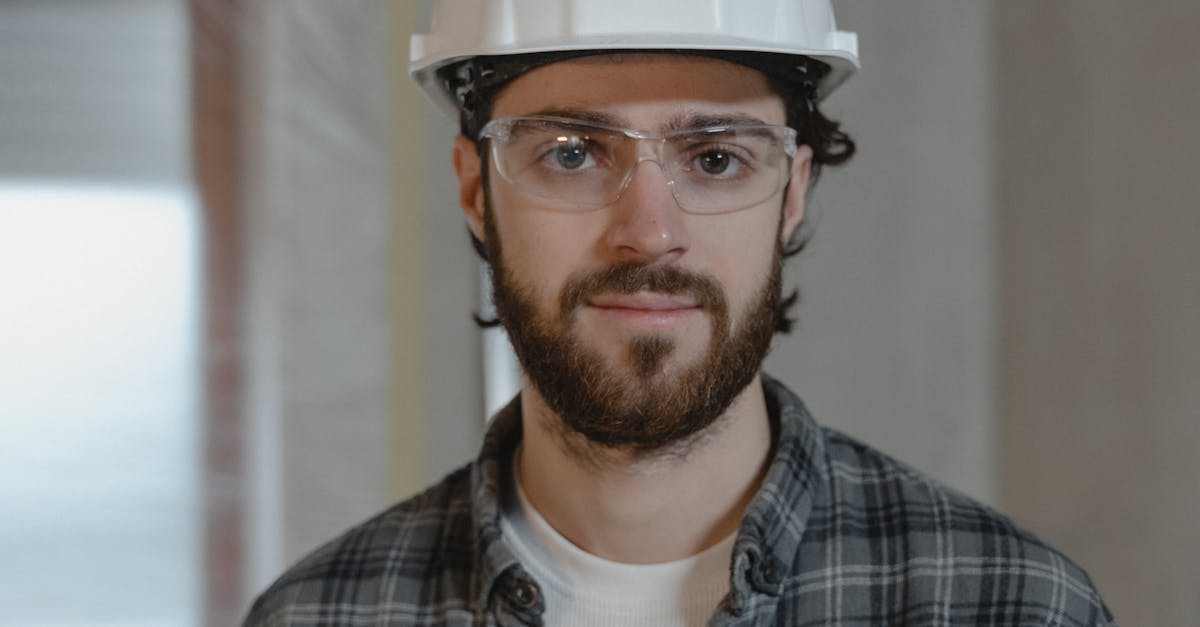
Challenges and Solutions in Achieving Thermal Bridge-Free Design
When it comes to minimising thermal bridging in building design, the choice of building materials plays a crucial role. Selecting materials with low thermal conductivity is essential in reducing heat transfer through the building envelope. Materials ...
Read more →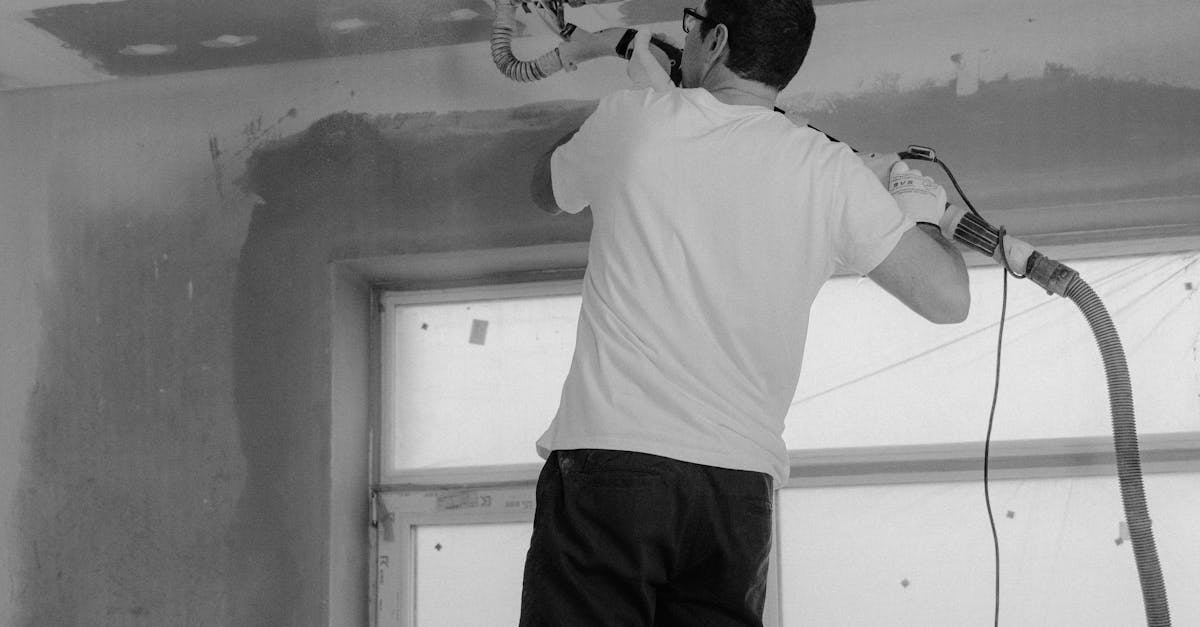
Thermal Bridge-Free Construction Materials for Passive House
Passive house insulation solutions are often perceived as a significant upfront investment, leading to misconceptions about their cost-effectiveness. In reality, while the initial cost may be higher compared to traditional insulation methods, the lon...
Read more →
Best Practices for Thermal Bridge-Free Construction in Passive House
Windows and doors play a crucial role in achieving optimal thermal performance in Passive House construction. When selecting these components, it is essential to choose units that offer high energy efficiency to minimize heat loss and gain. Triple-gl...
Read more →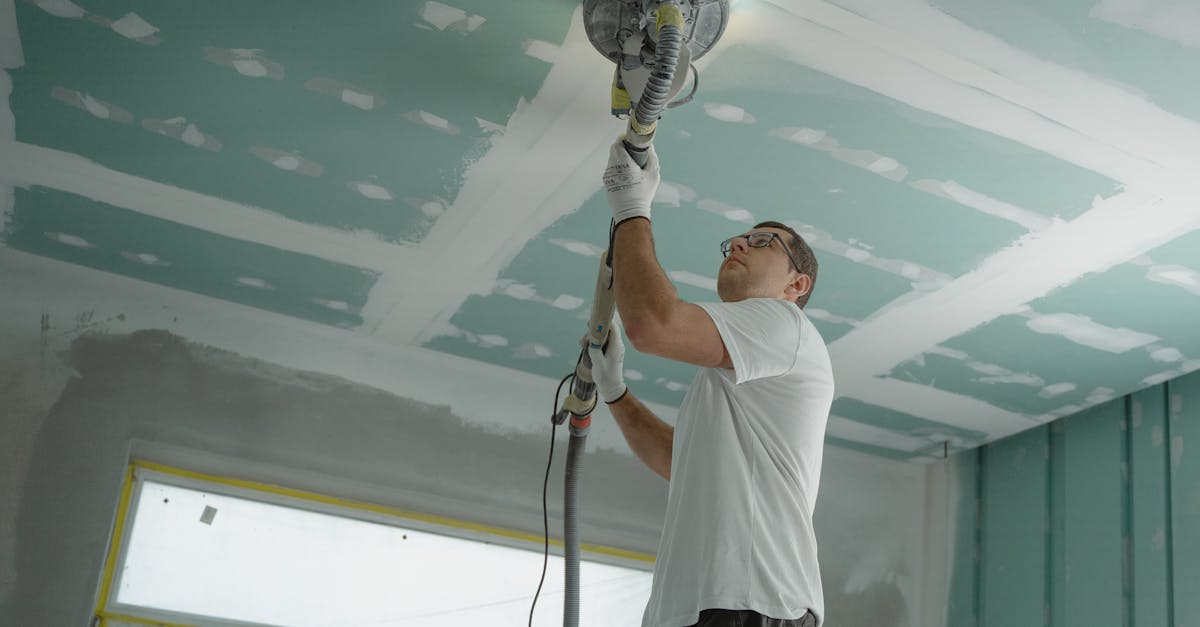
Importance of Thermal Bridge-Free Design in Passive House
A crucial aspect of designing a passive house involves ensuring a thermal bridge-free construction in roof and floor systems. By eliminating thermal bridges in these areas, the overall energy performance of the building can be significantly improved....
Read more →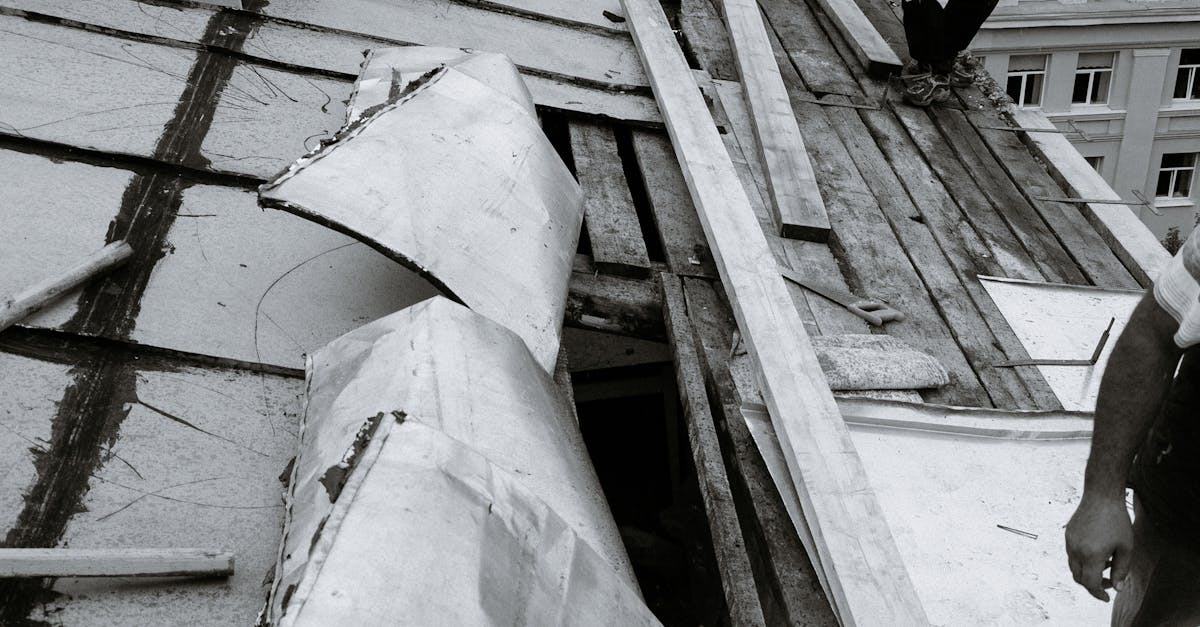
Regulatory Standards and Certifications for High-Performance Windows and Doors in Passive House Construction
Sustainability is a key consideration in the selection of materials for windows and doors in Passive House construction. When evaluating the sustainability of window and door materials, factors such as the source of raw materials, energy consumption ...
Read more →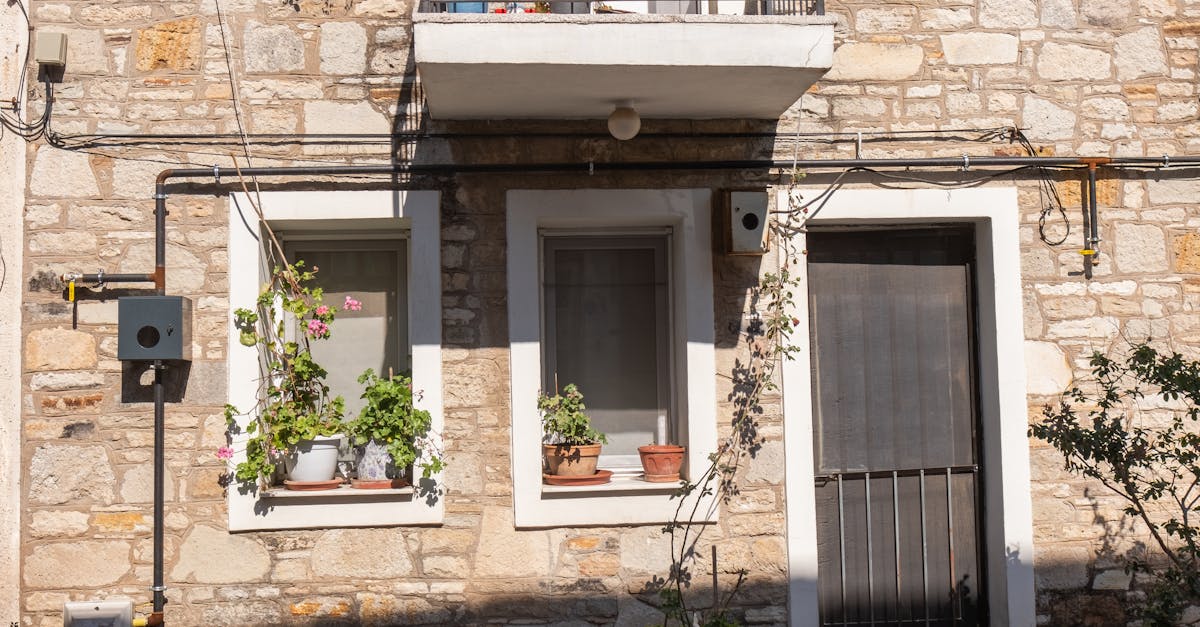
Innovations and Trends in High-Performance Windows and Doors for Passive House Applications
Thermal break technology plays a crucial role in enhancing the insulation properties of high-performance windows and doors, particularly for passive house applications. By incorporating a thermal break, these components are able to effectively reduce...
Read more →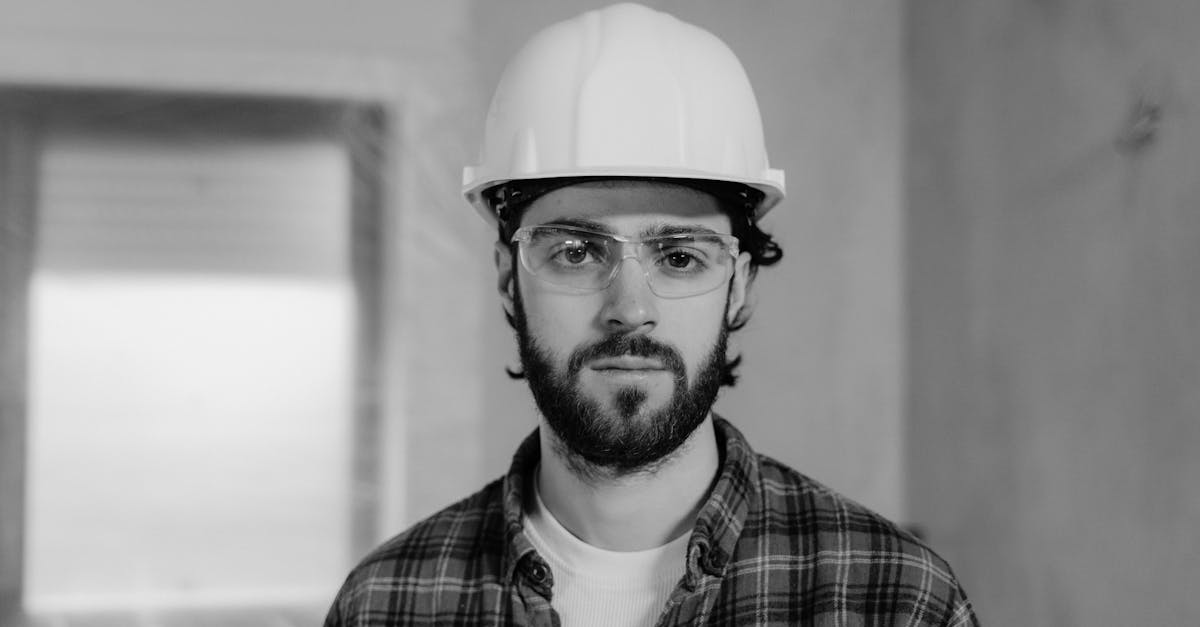
Understanding Thermal Bridges in Passive House Construction
Eliminating thermal bridges in passive houses provides a plethora of benefits that contribute to enhanced energy efficiency and improved comfort levels. By reducing heat transfer through structural elements, such as windows, walls, and foundations, p...
Read more →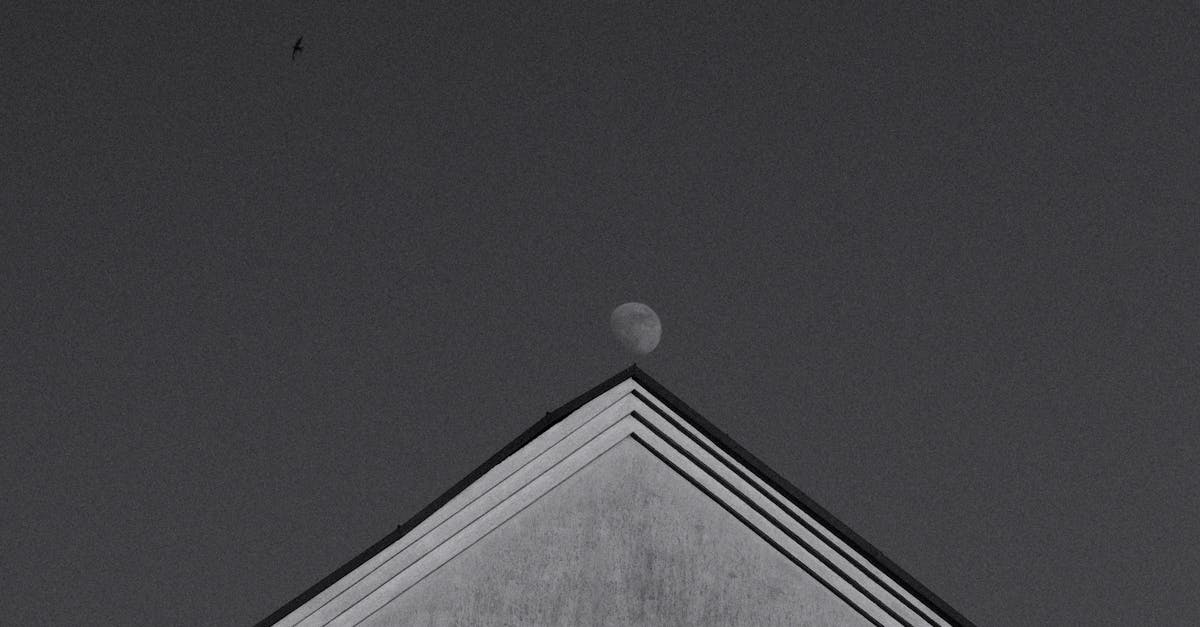
Case Studies: High-Performance Windows and Doors in Real Passive House Projects
Installing high-performance windows and doors in Passive House developments can initially come with a higher cost compared to traditional options. However, the long-term cost-effectiveness of these installations is undeniable. These high-performance ...
Read more →
Cost Considerations for High-Performance Windows and Doors in Passive House Design
High-performance windows and doors are key components in the design of a Passive House, offering a unique blend of functionality and aesthetics that can significantly enhance the overall appeal of a property. When considering the price of these speci...
Read more →
Installation Techniques for High-Performance Windows and Doors in Passive House Projects
To ensure the structural stability of windows and doors in passive house projects, it is crucial to follow proper installation techniques. The first step is to carefully position the window or door in the designated opening, making sure it fits secur...
Read more →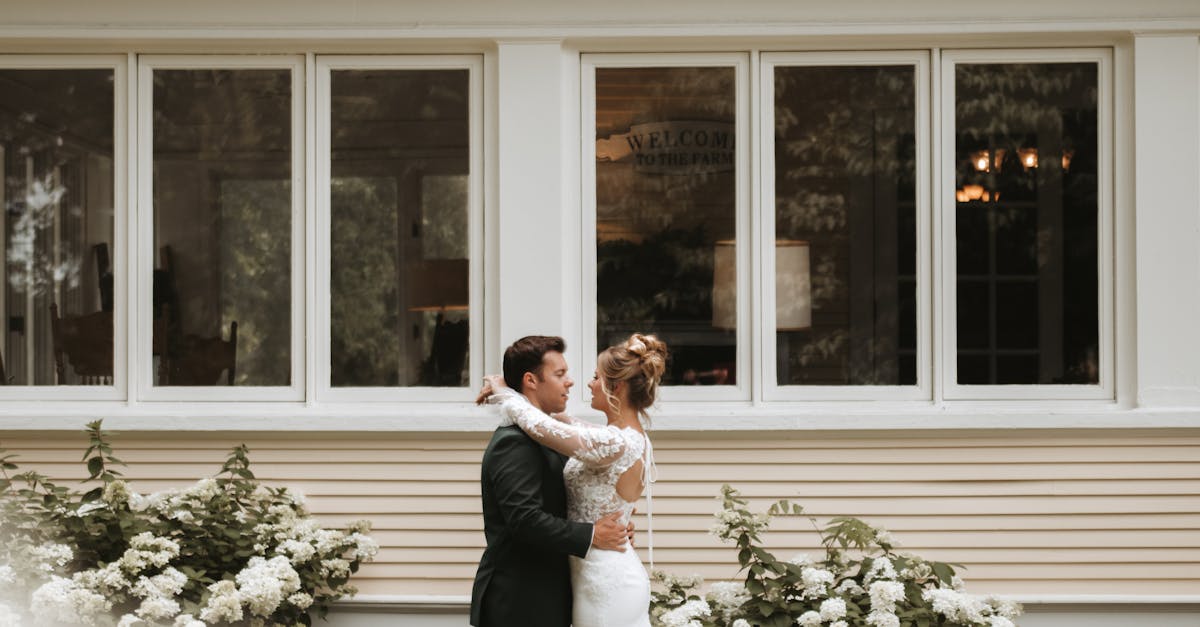
Energy Efficiency Benefits of High-Performance Windows and Doors in Passive House Buildings
High-performance windows and doors play a significant role in reducing the environmental impact of buildings. By incorporating these energy-efficient elements in passive house construction, the overall energy consumption of the building can be signif...
Read more →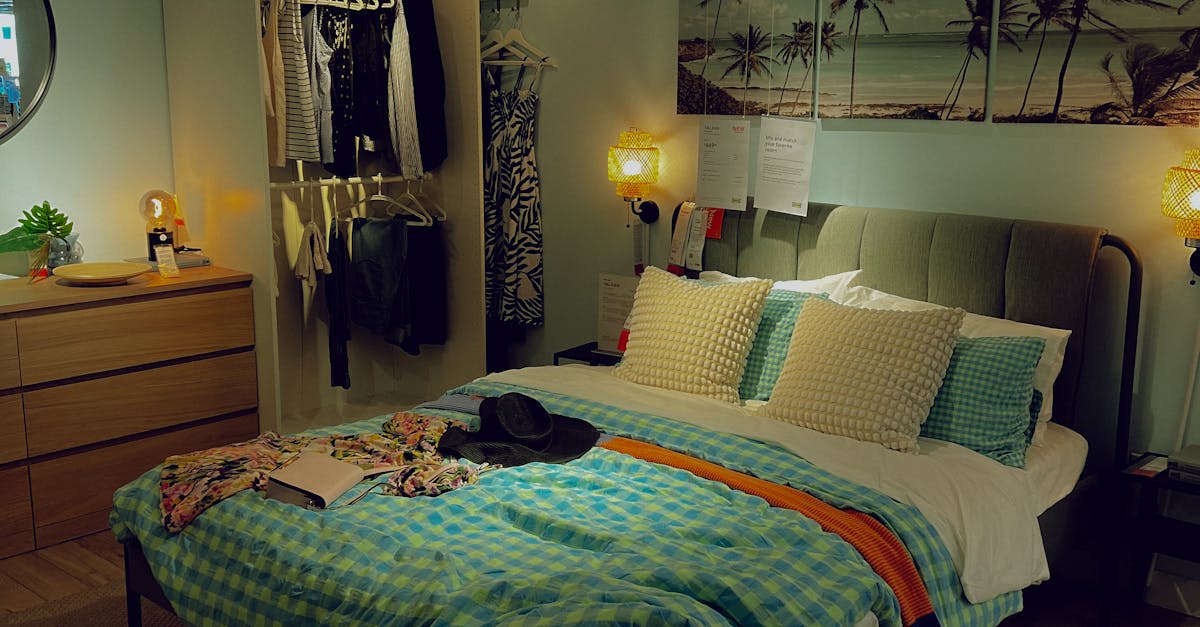
Maintenance and Care of High-Performance Windows and Doors in Passive House Structures
When it comes to addressing hardware issues in high-performance windows and doors, regular maintenance is key to ensuring optimal functionality and longevity. Inspecting the hardware components periodically can help identify any worn-out parts or loo...
Read more →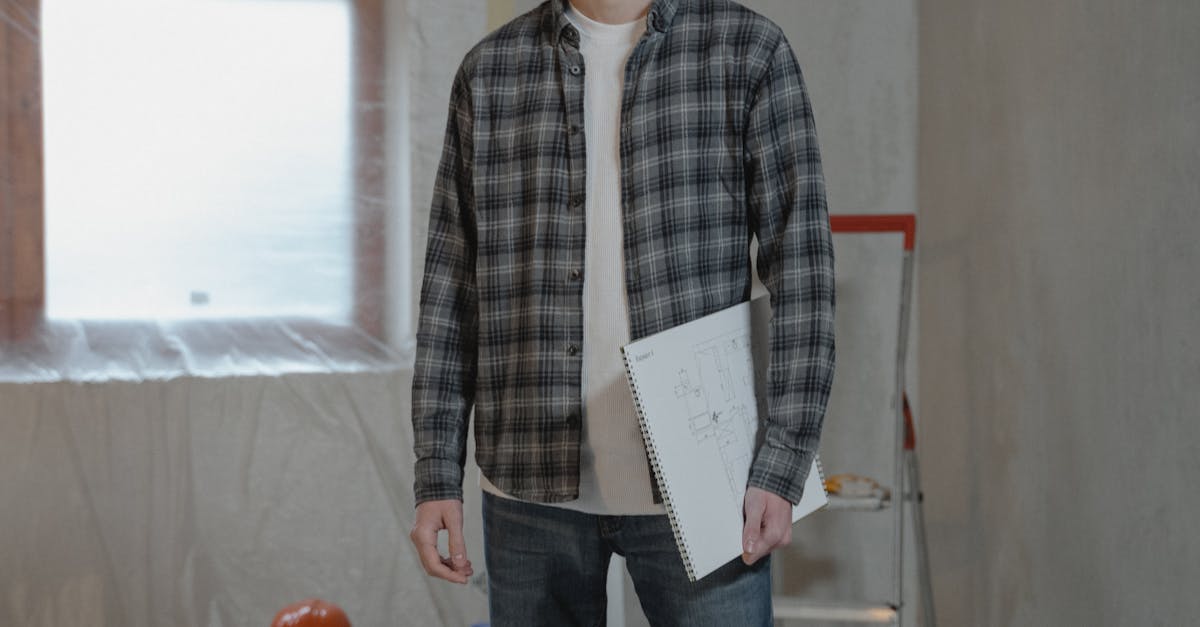
Design Considerations for High-Performance Windows and Doors in Passive House Construction
When considering the design of high-performance windows and doors in Passive House construction, prioritising durability is crucial. The durability of windows and doors directly impacts their long-term performance and the overall energy efficiency of...
Read more →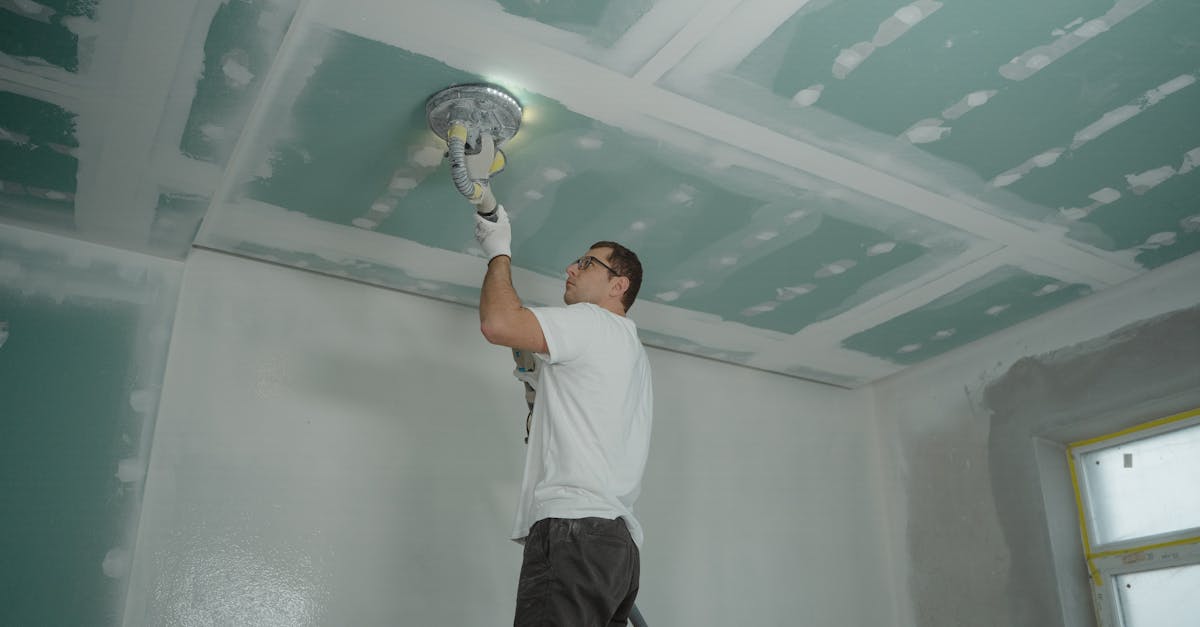
Insulation and Airtightness: Key Considerations for Passive House Renovations
Achieving Passive House standards through insulation is a fundamental aspect of any renovation project geared towards energy efficiency. The insulation materials chosen play a crucial role in ensuring the building envelope effectively minimizes heat ...
Read more →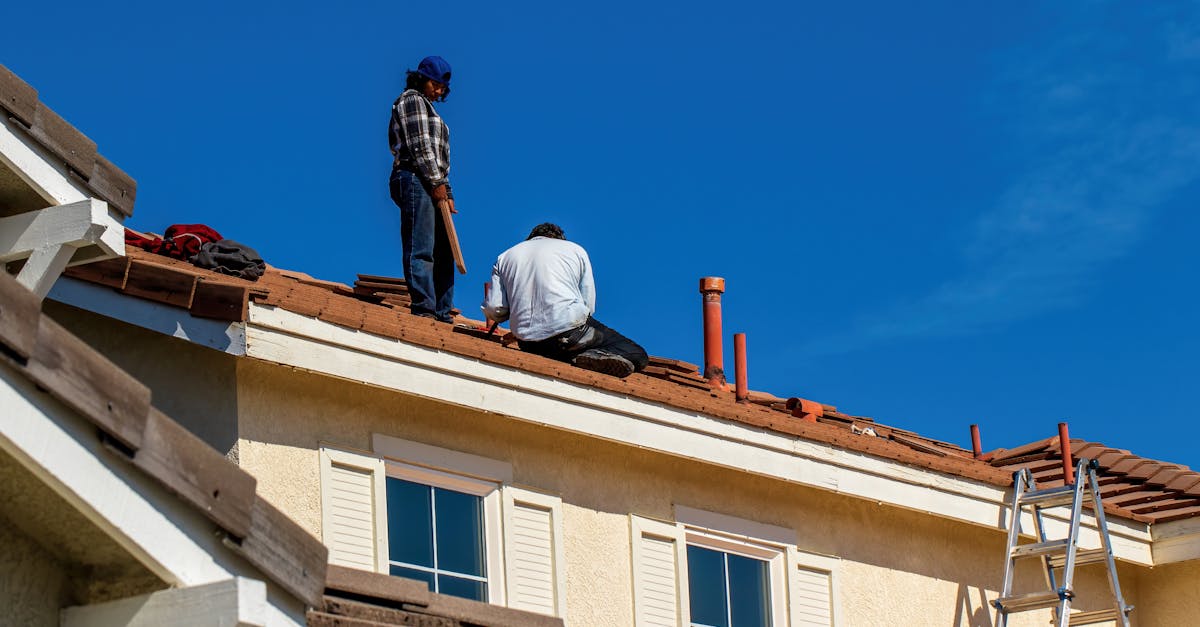
Materials and Technologies for High-Performance Windows and Doors
Windows and doors play a crucial role in reducing external noise pollution and creating a peaceful indoor environment. Innovative advancements in noise reduction technology have significantly improved the quality of life for many individuals by minim...
Read more →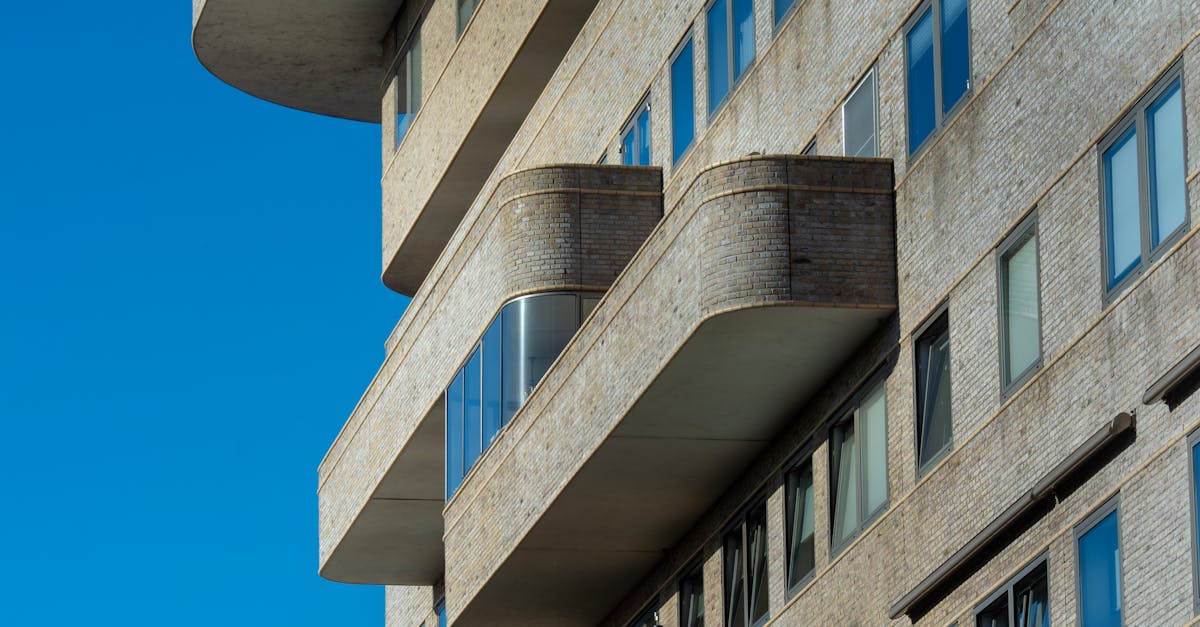
Importance of High-Performance Windows and Doors in Passive House Design
High-performance windows and doors play a crucial role in reducing noise levels within a building, providing occupants with a peaceful and comfortable environment. By using advanced materials and innovative design techniques, these windows and doors ...
Read more →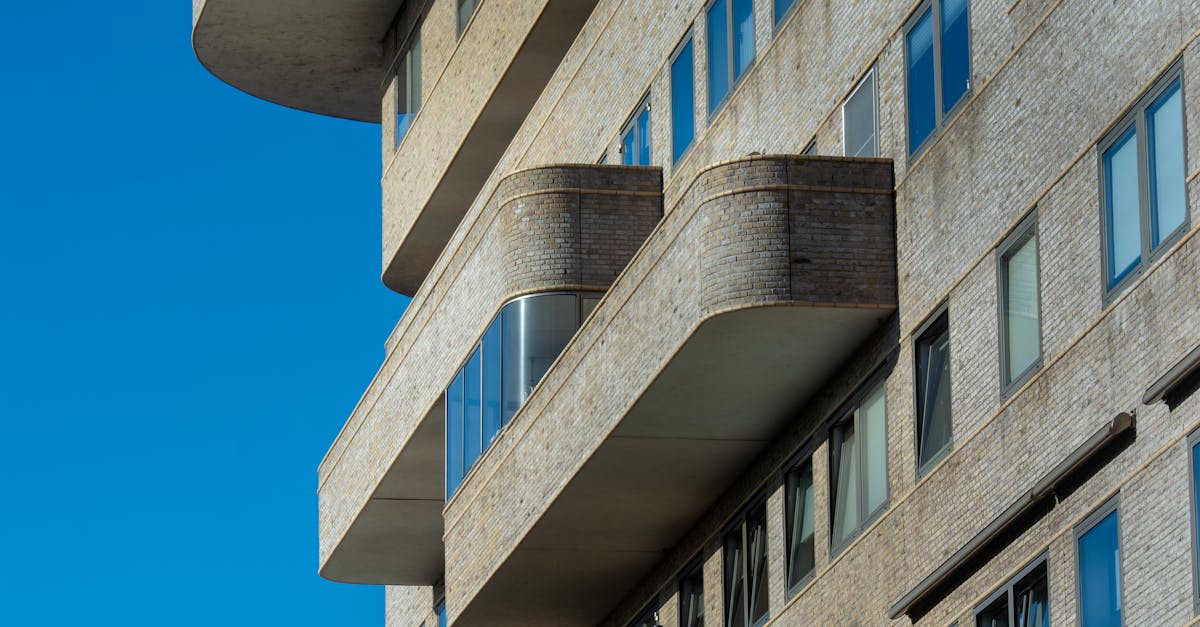
Vapor Control and Insulation in Passive House Construction
Passive house construction relies heavily on proper ventilation systems to maintain a healthy indoor environment. The goal is to achieve superior indoor air quality while minimizing energy consumption. A well-designed ventilation system ensures a con...
Read more →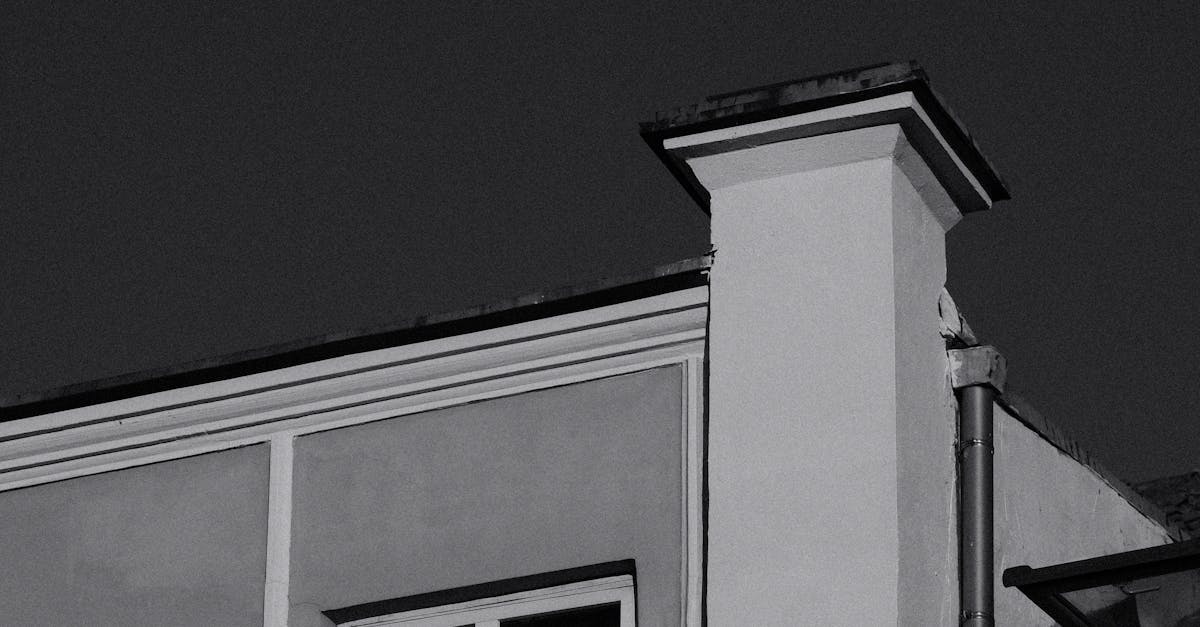
Airtightness Measures in Passive House Retrofitting
In the realm of passive house retrofitting, the role of technological advances in monitoring airtightness has become increasingly paramount. Innovations in building science have paved the way for more sophisticated tools and methods to assess and mai...
Read more →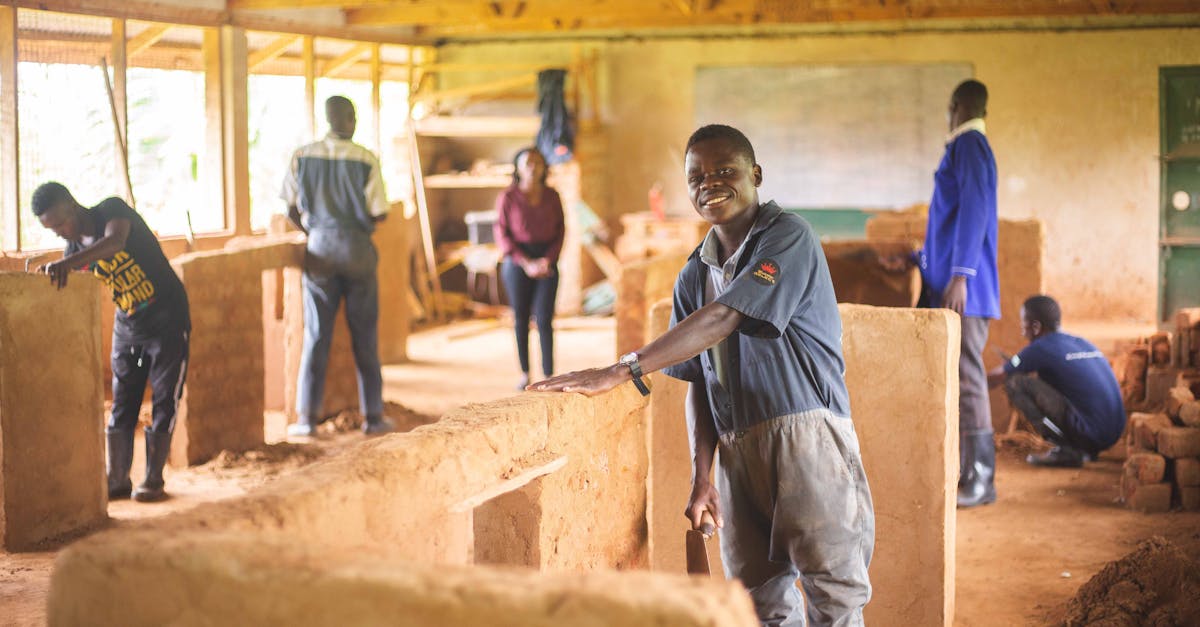
Thermal Bridging: Impact on Insulation in Passive House
Insulation plays a crucial role in combating thermal bridging within a building envelope. By effectively insulating a structure, it helps to reduce the transfer of heat through thermal bridges, which are pathways that allow heat to flow more easily c...
Read more →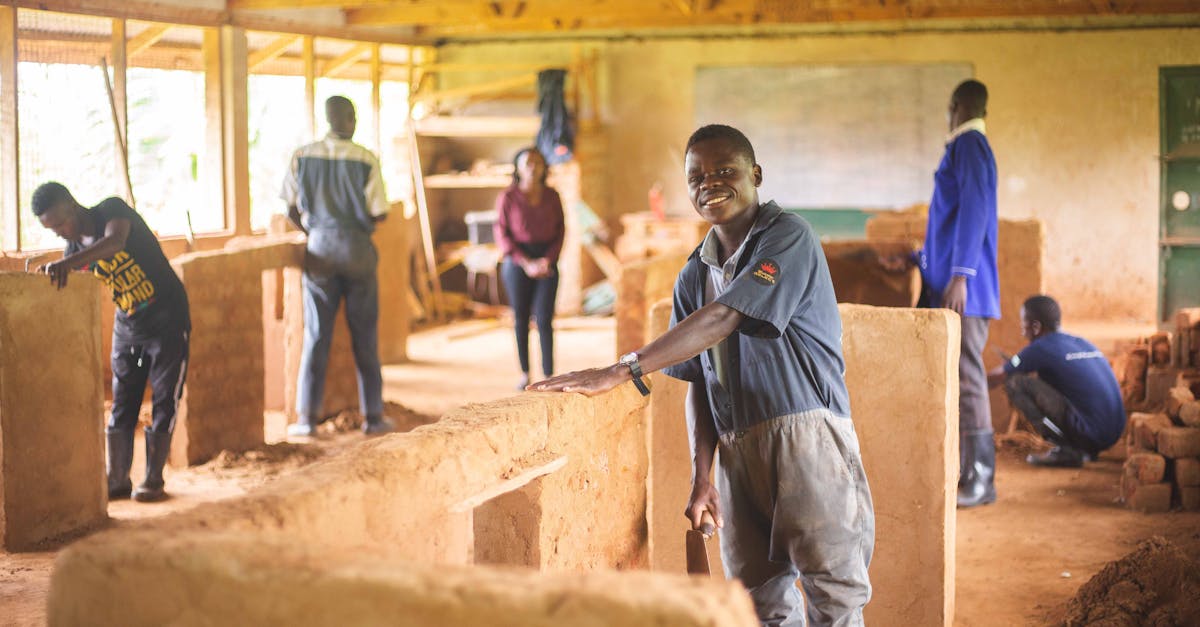
Insulation Techniques for Passive House Energy Efficiency
In the construction of passive houses, air sealing techniques play a crucial role in enhancing energy efficiency. By creating a well-sealed building envelope, heat loss can be significantly reduced, resulting in lower energy consumption for heating a...
Read more →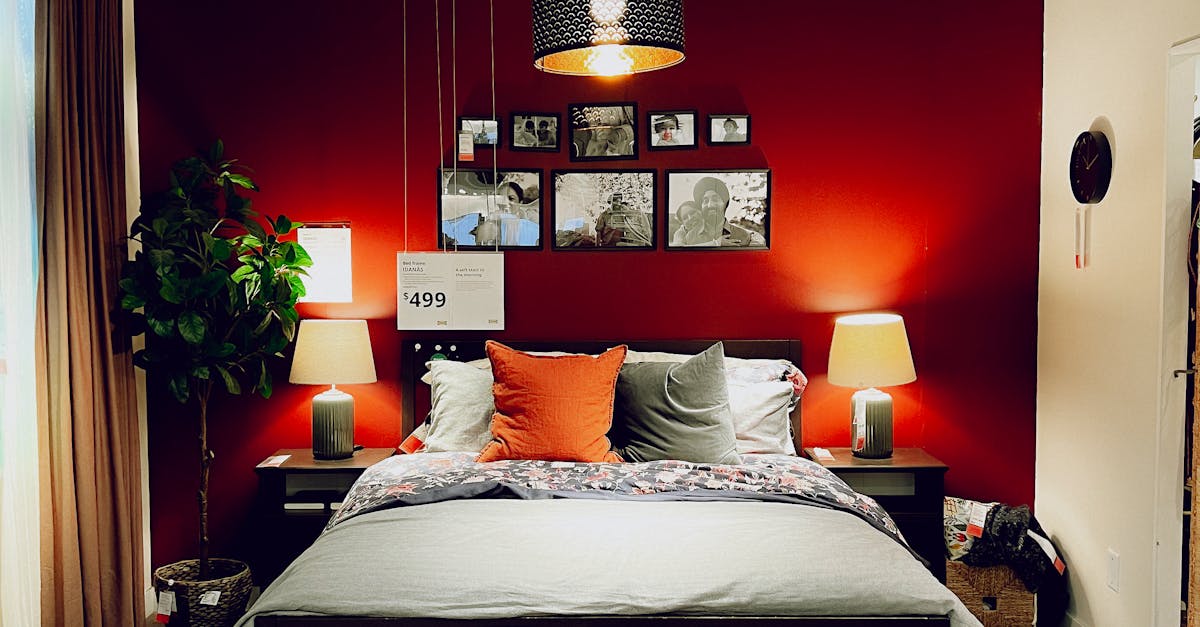
Airtightness Testing and Standards in Passive House
Training and accreditation for airtightness testers in passive house projects are paramount to ensuring the effectiveness and reliability of airtightness testing. Individuals involved in conducting these tests require an in-depth understanding of pas...
Read more →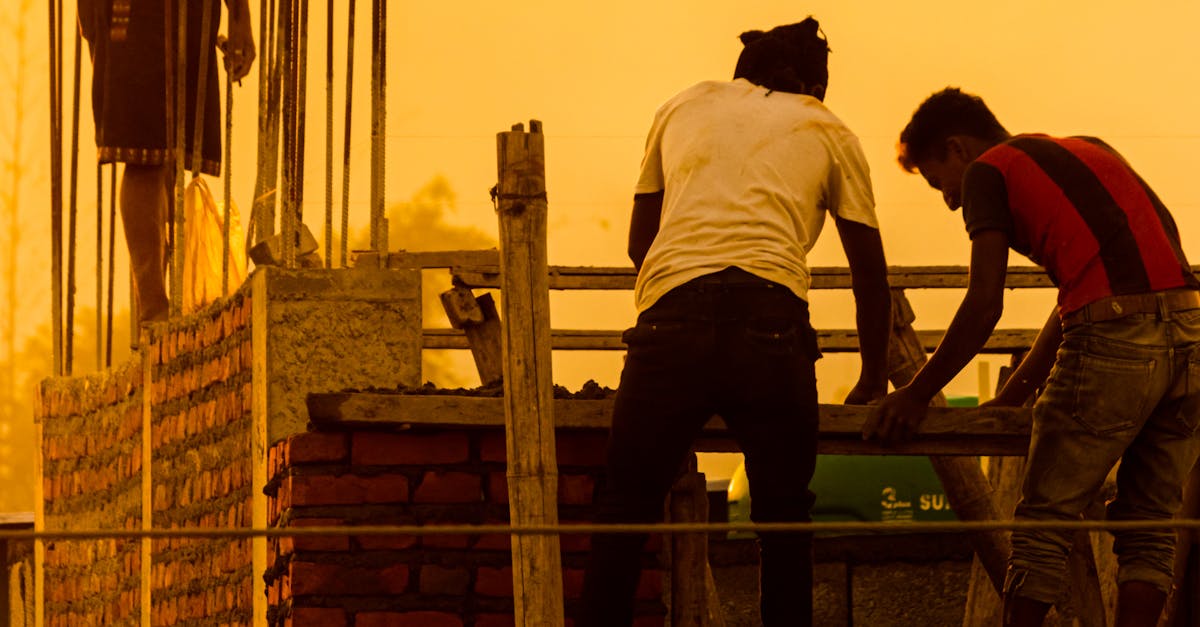
Achieving Airtightness in Passive House Structures
Proper ventilation plays a crucial role in ensuring the success of airtight structures within Passive House construction. It is essential for maintaining indoor air quality, controlling humidity levels, and preventing the buildup of pollutants that c...
Read more →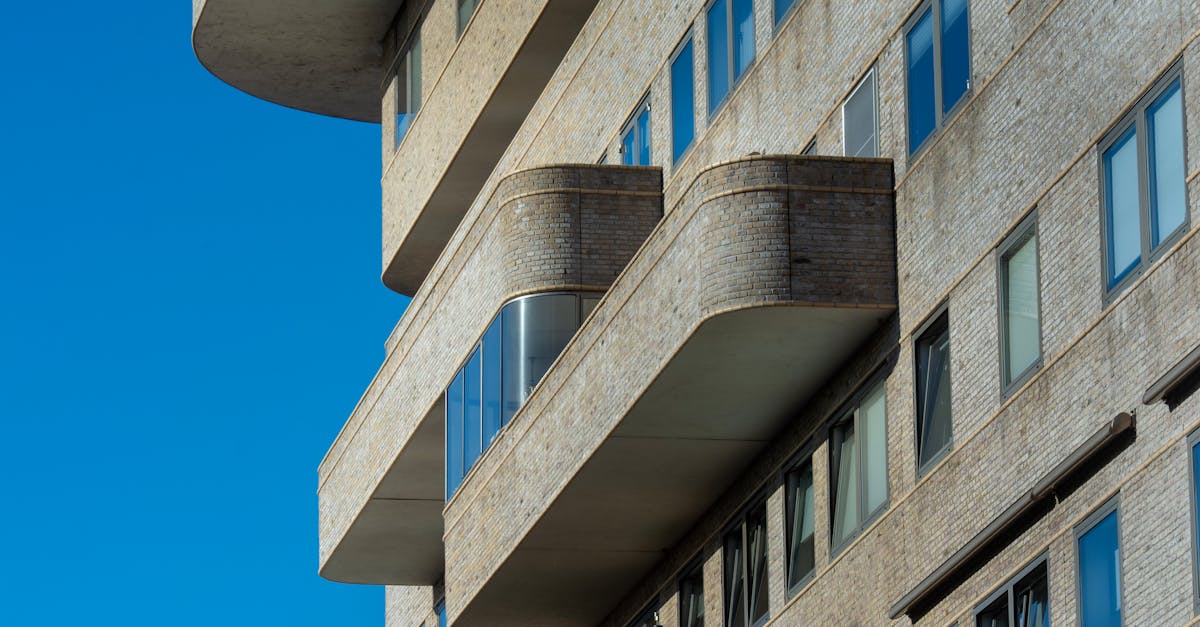
Insulation Materials for Passive House Buildings
Proper installation techniques play a crucial role in the effectiveness of insulation materials used in passive house buildings. Mistakes during installation can lead to gaps, compression, or even tears in the material, reducing its overall performan...
Read more →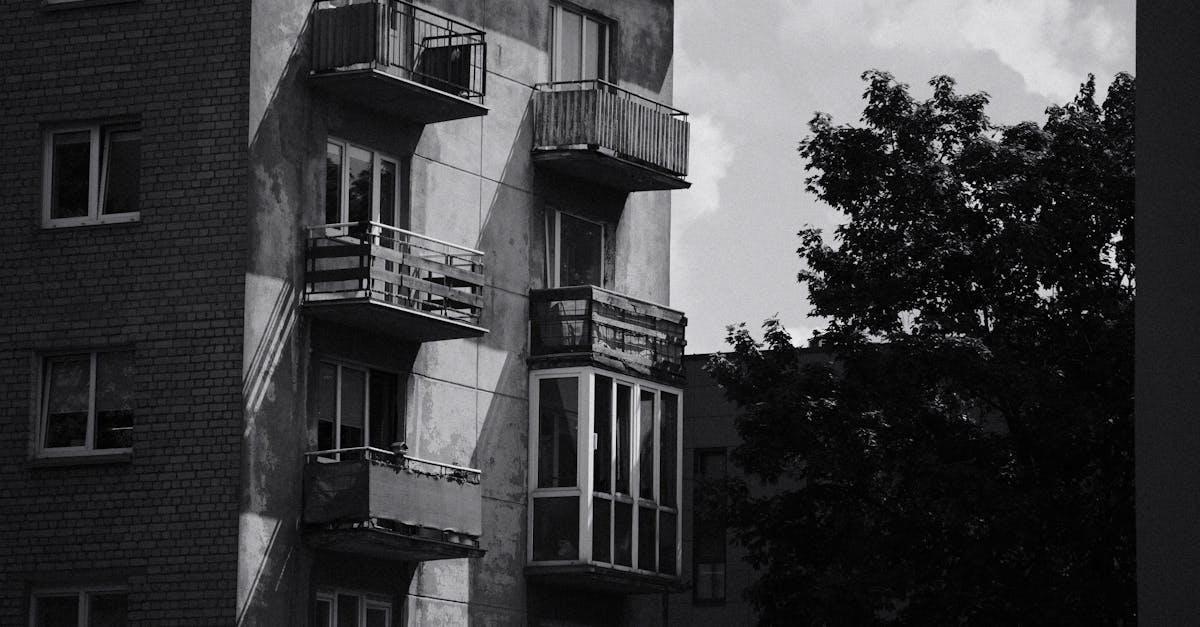
The Role of Insulation in Passive House Design
Insulation plays a crucial role in maintaining the energy efficiency of a passive house design. To ensure the longevity and performance of insulation in a passive house, regular maintenance is essential. One key maintenance tip is to regularly inspec...
Read more →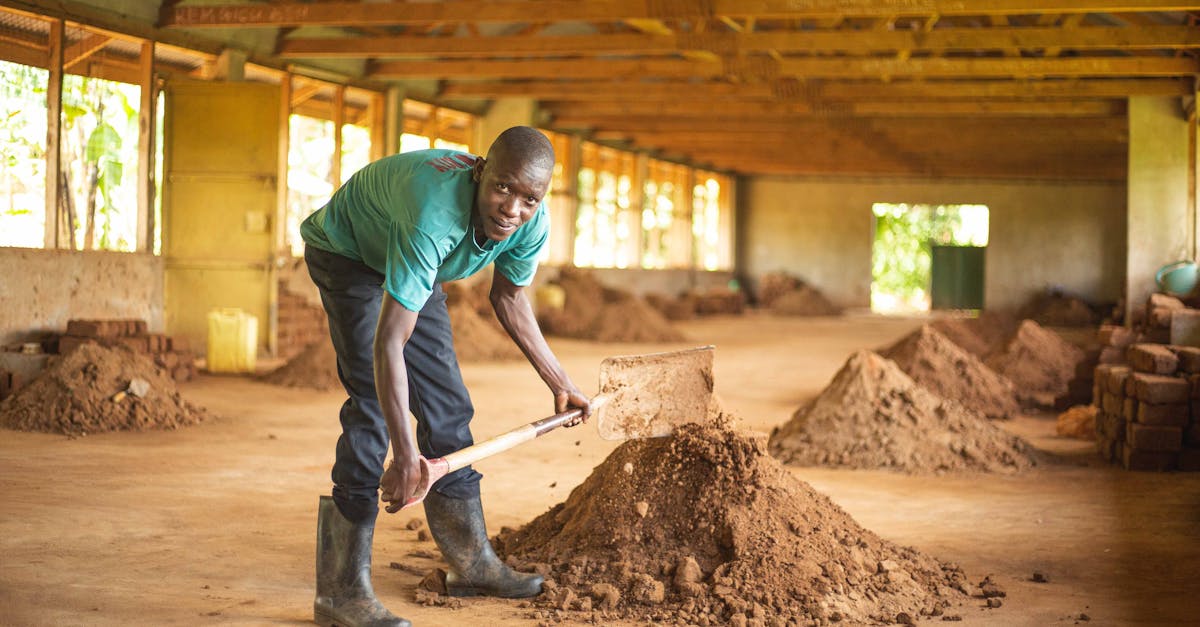
Airtightness and Its Importance in Passive House Construction
Testing airtightness in passive house projects is a crucial step in ensuring the overall energy efficiency and performance of the building. Through conducting blower door tests, professionals can accurately measure the extent of air leakage in the st...
Read more →